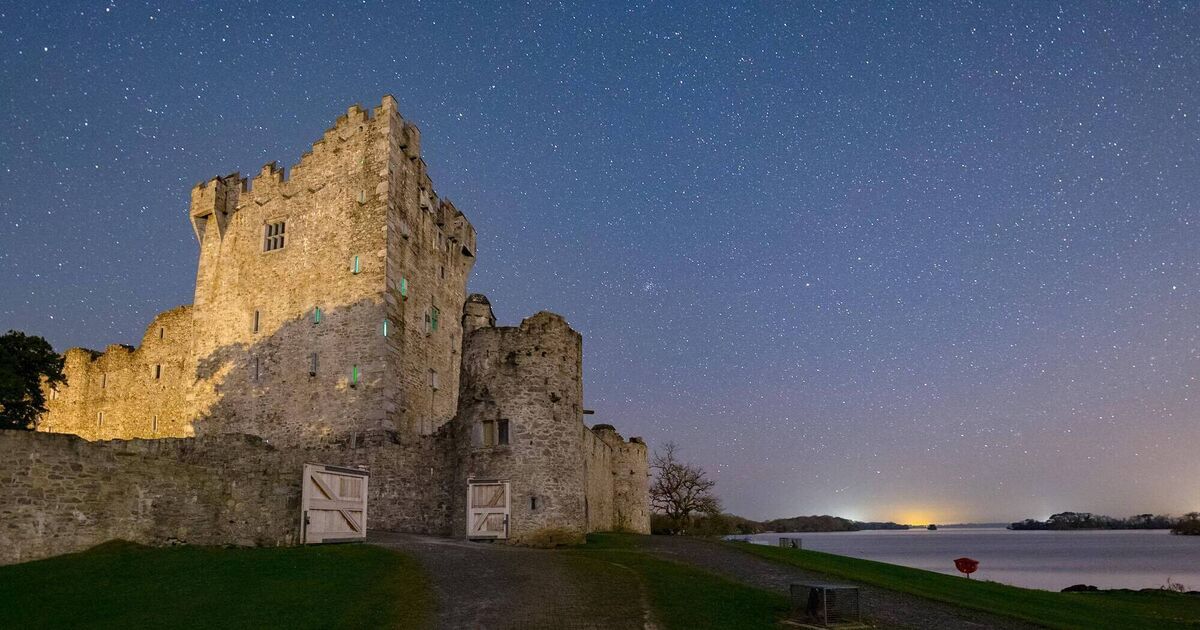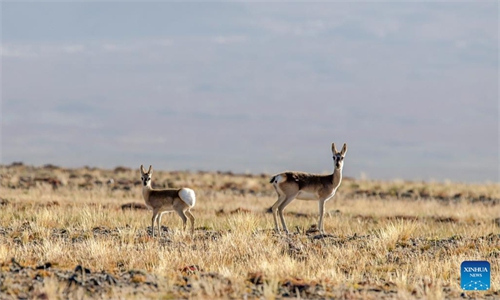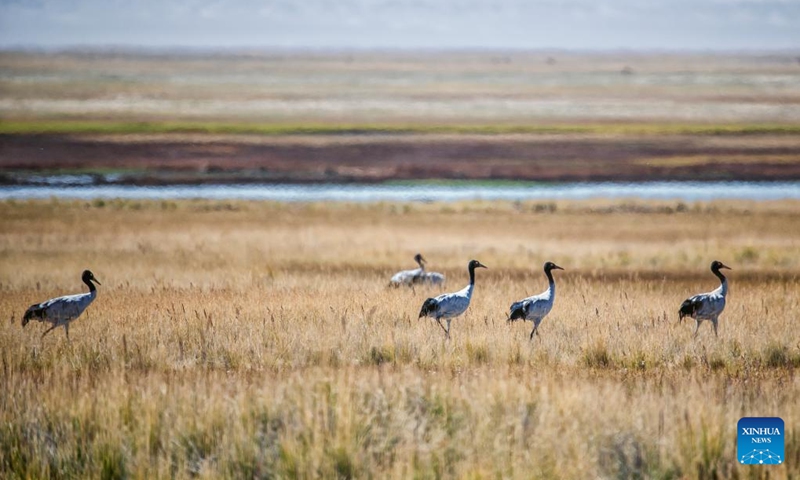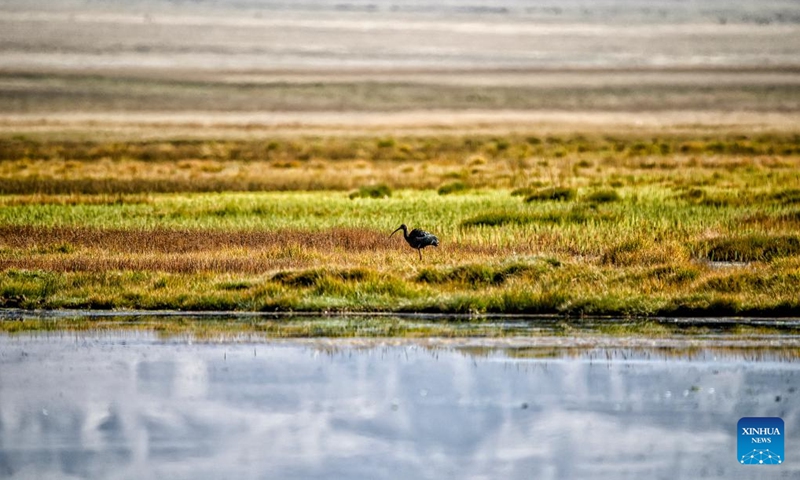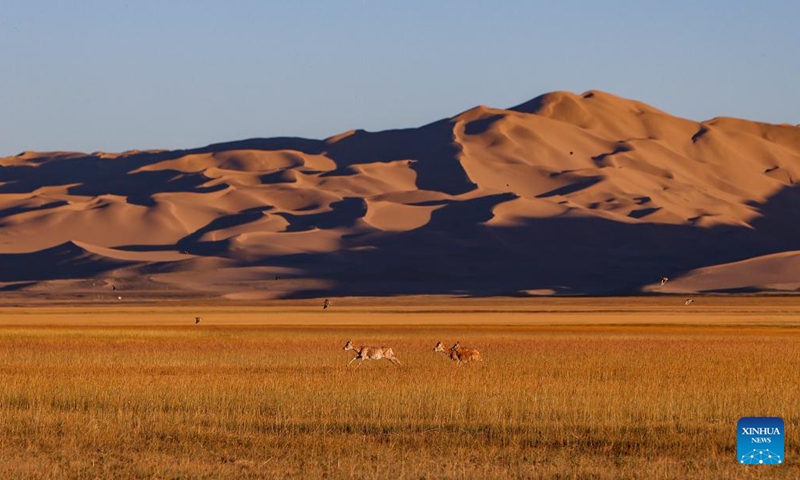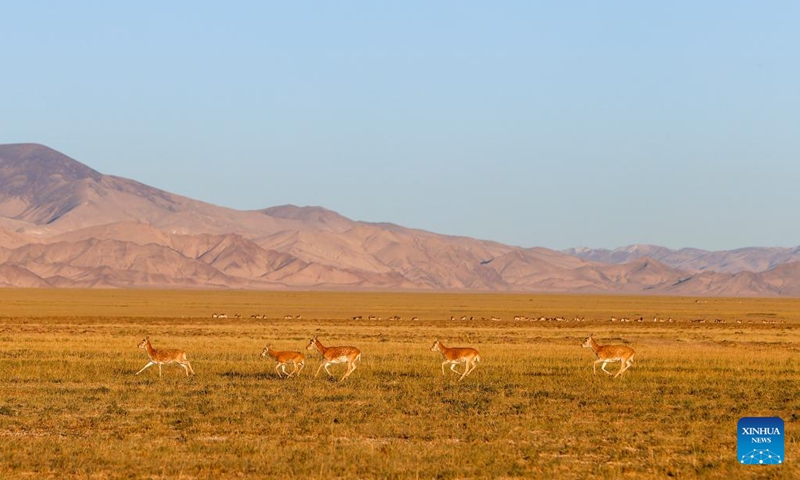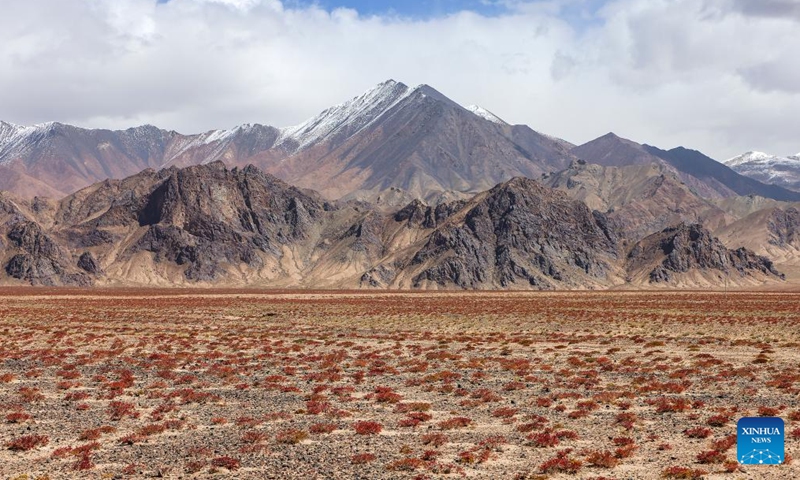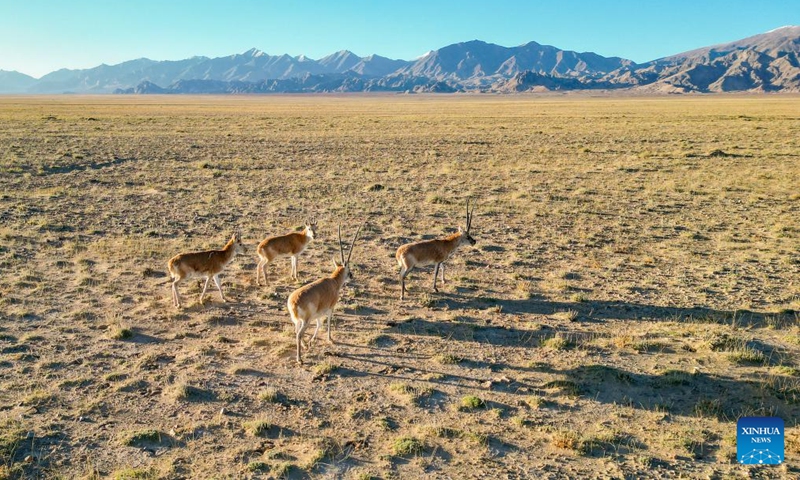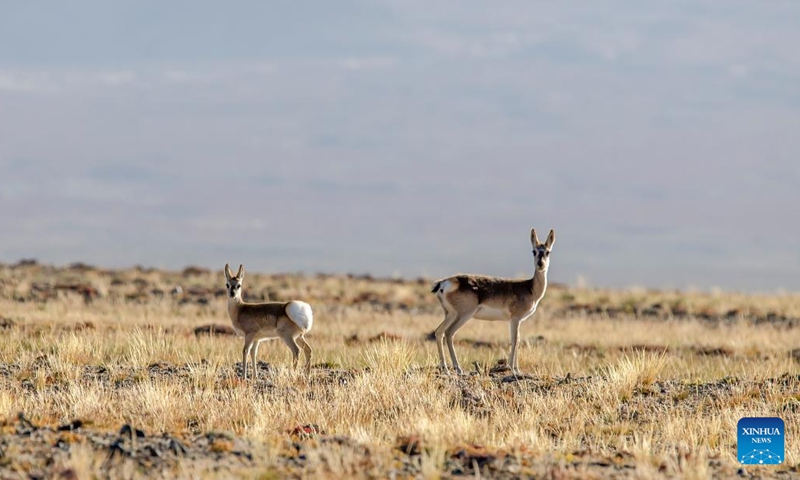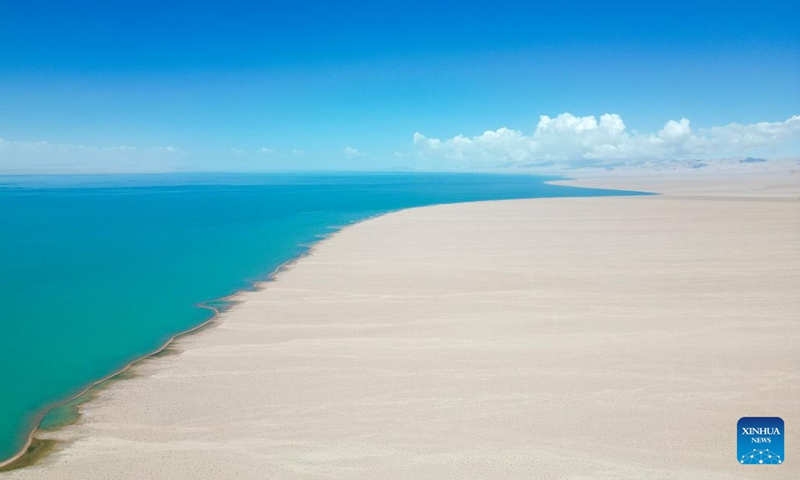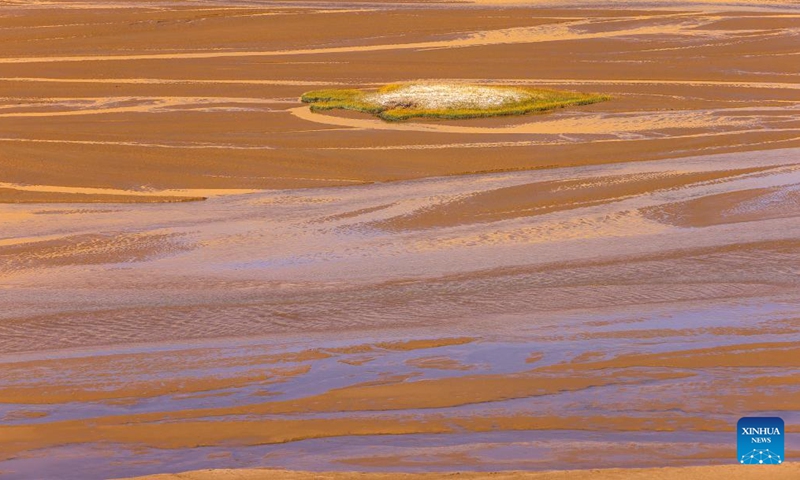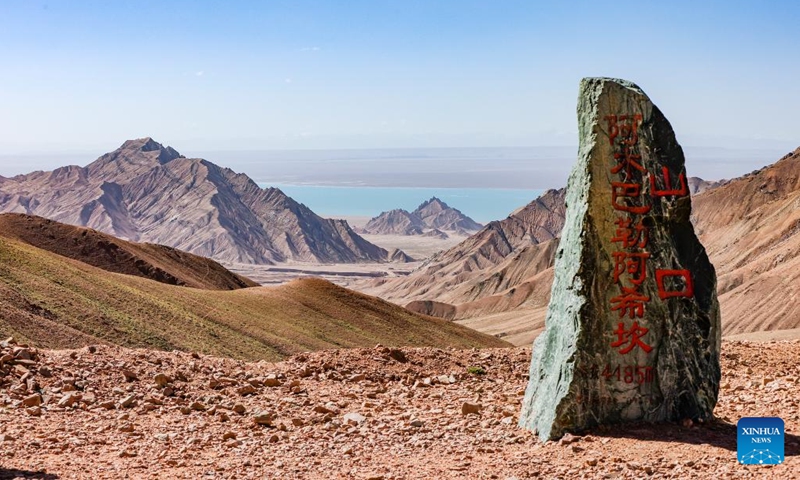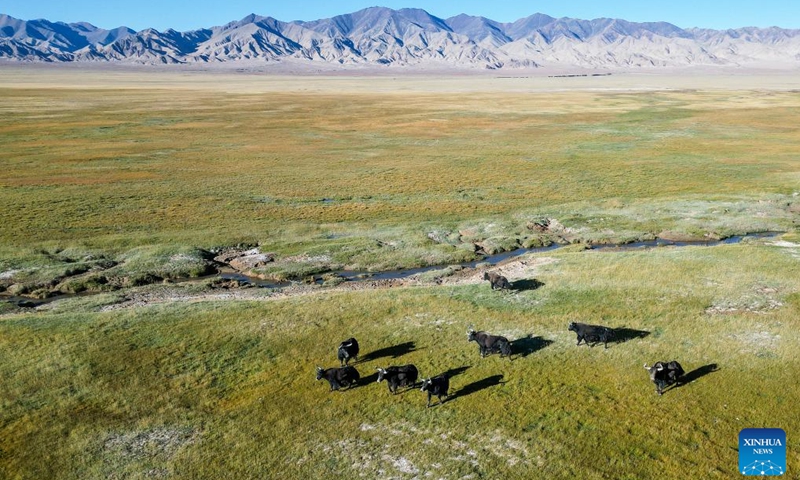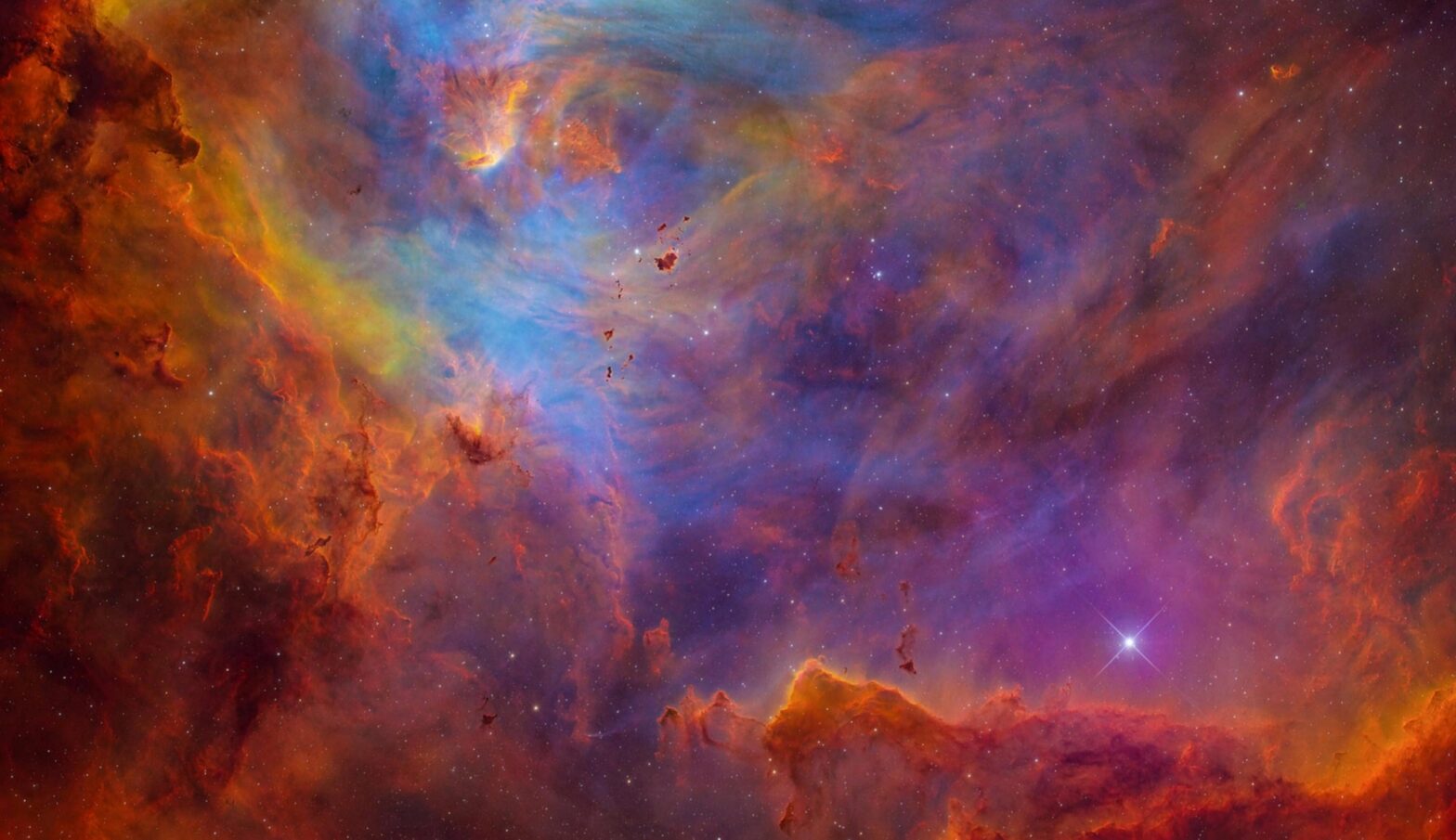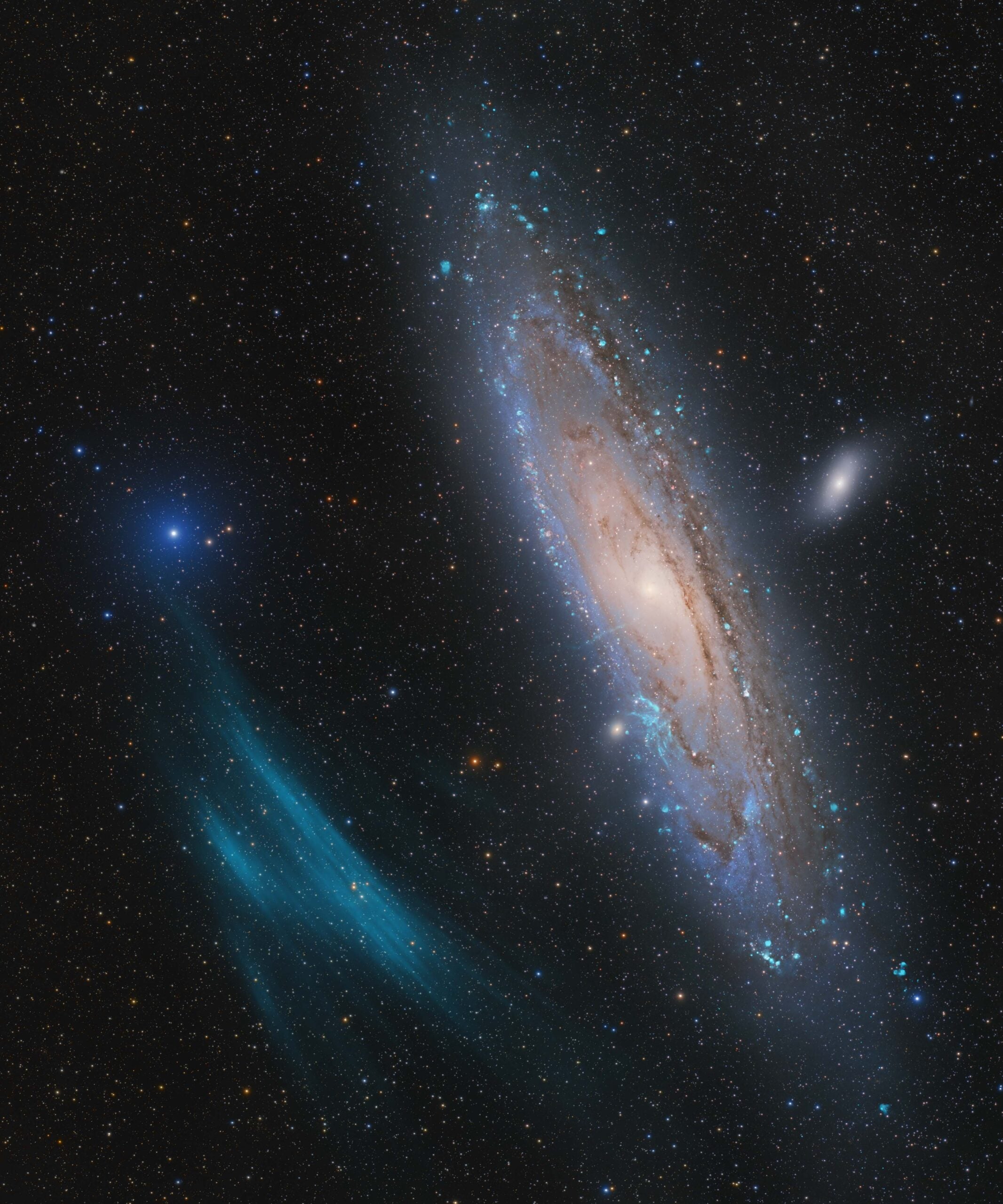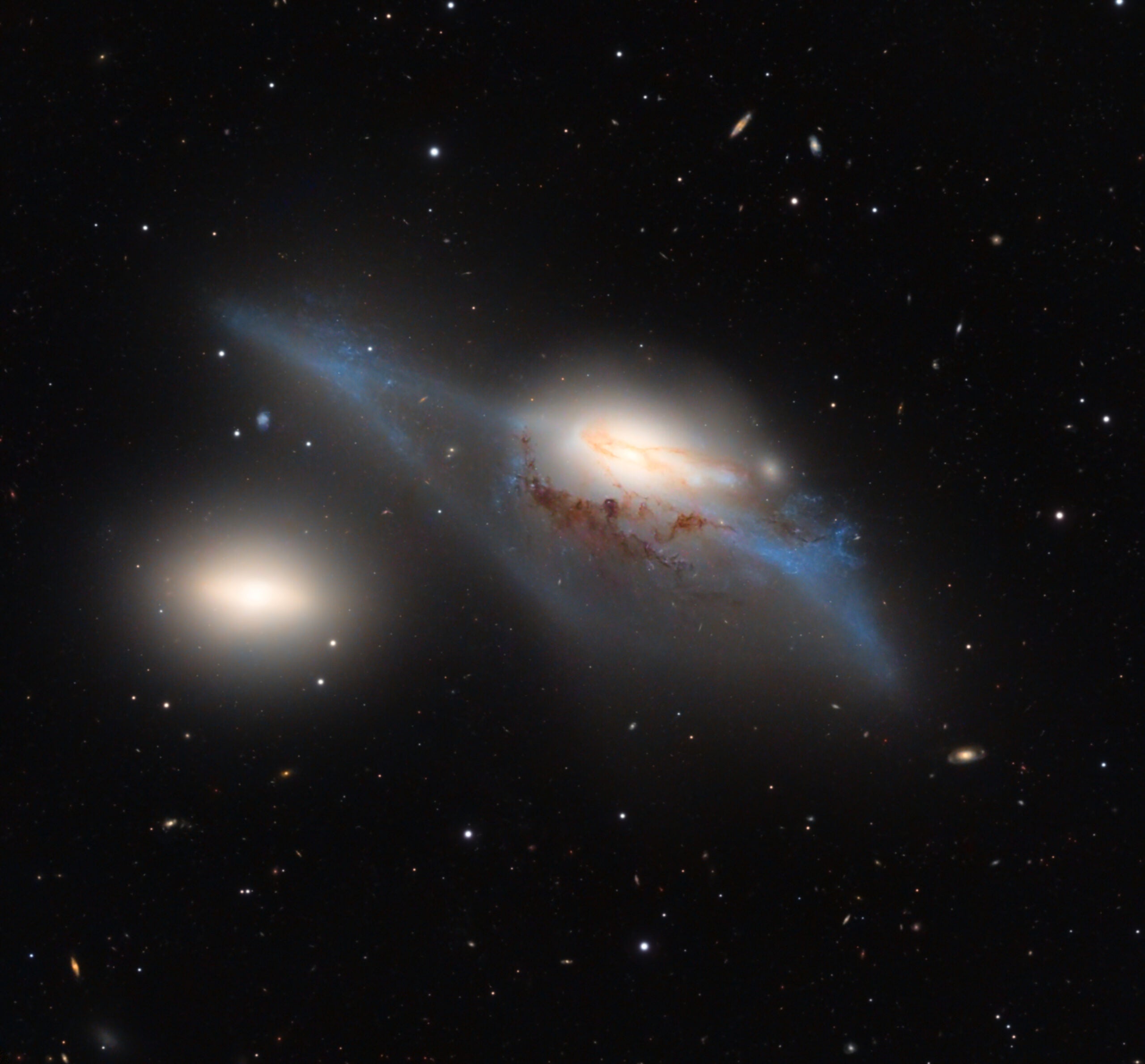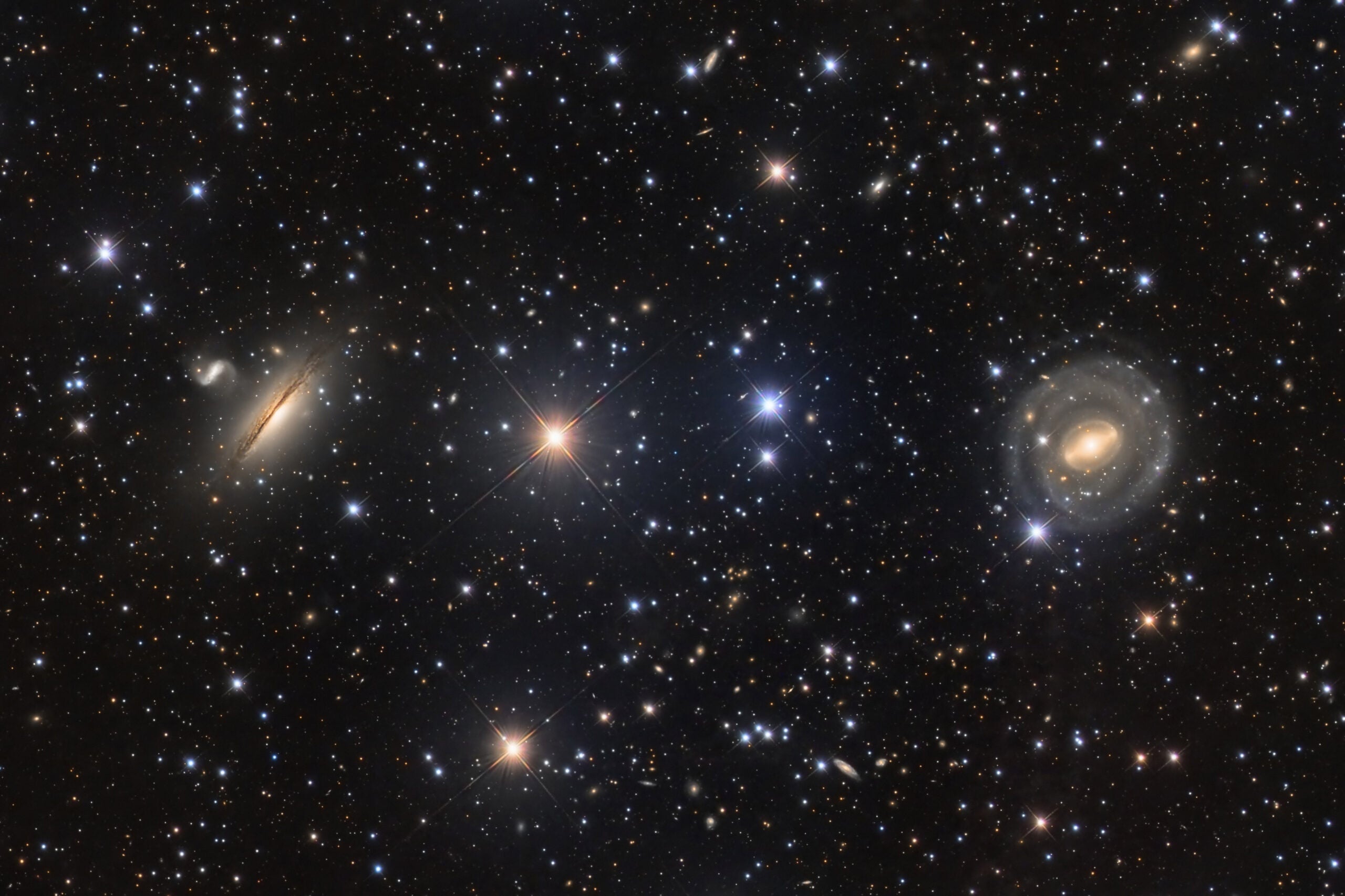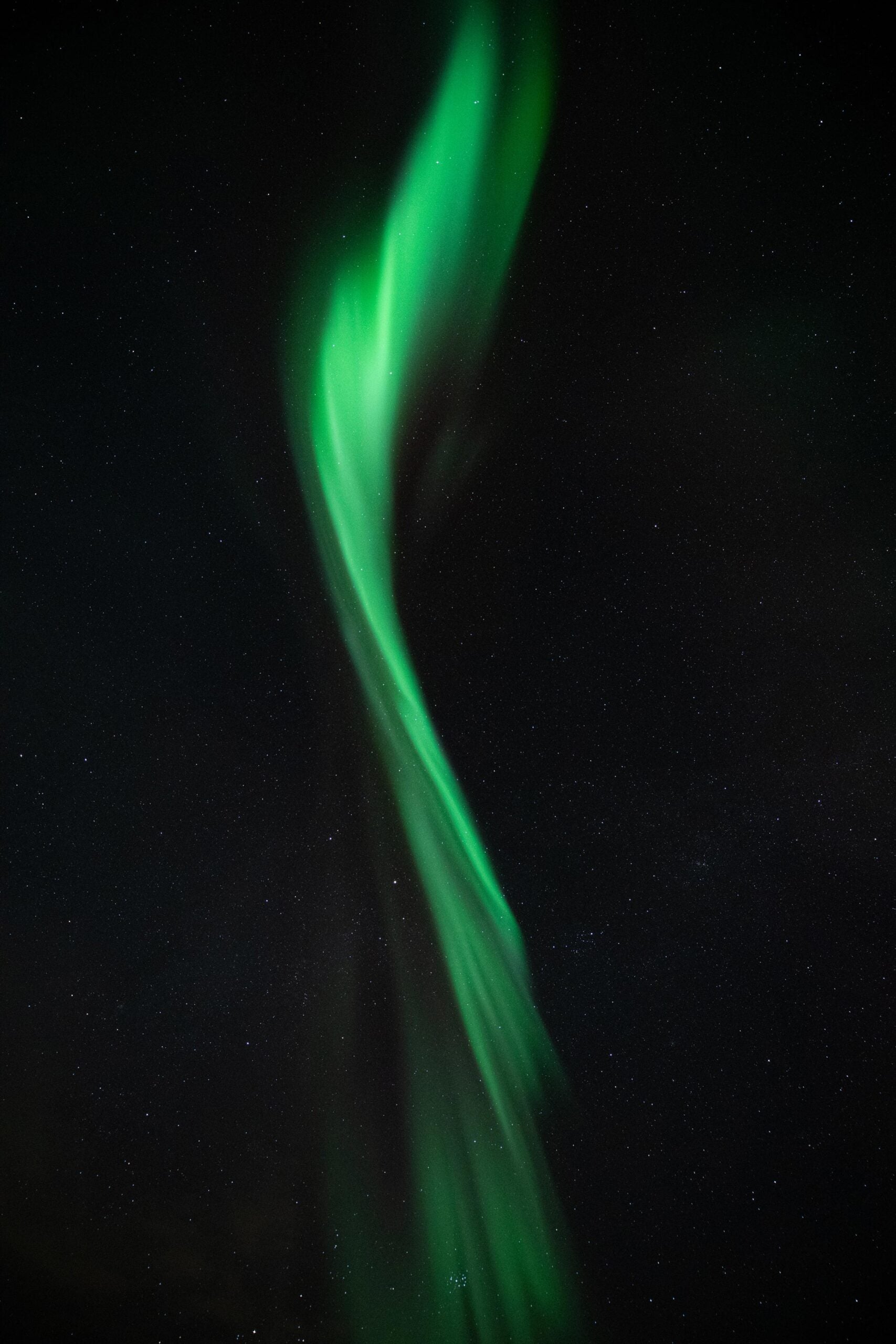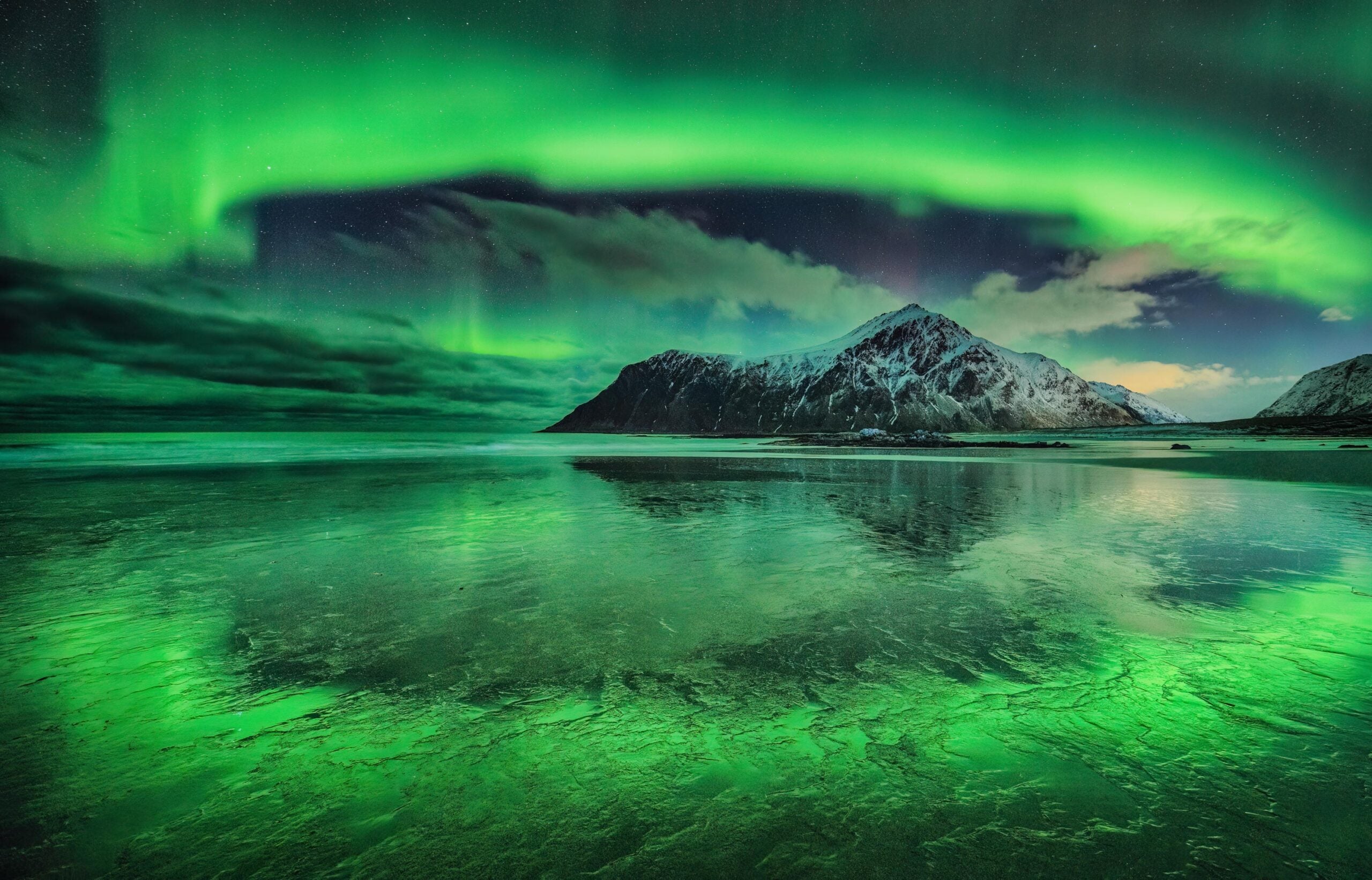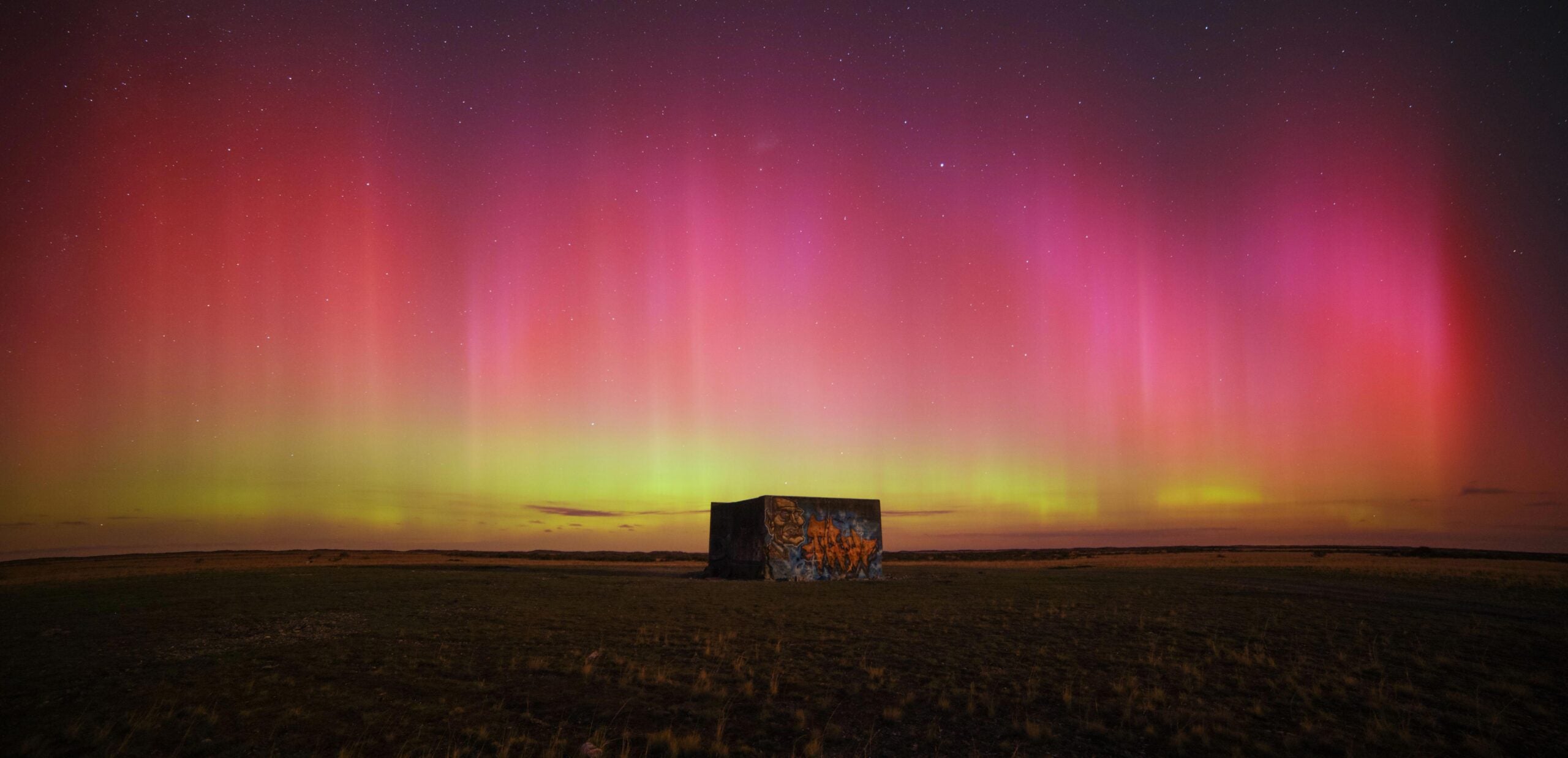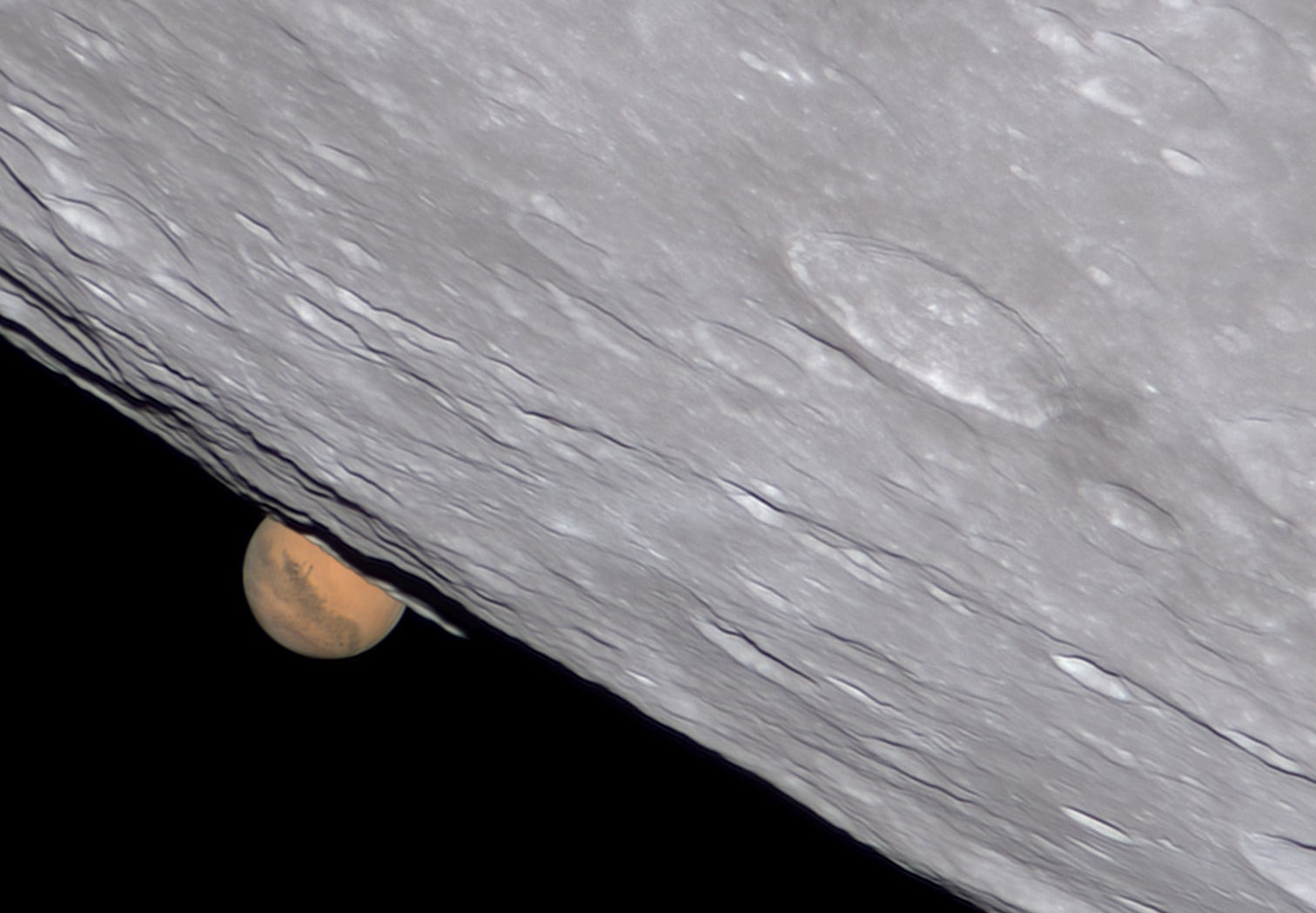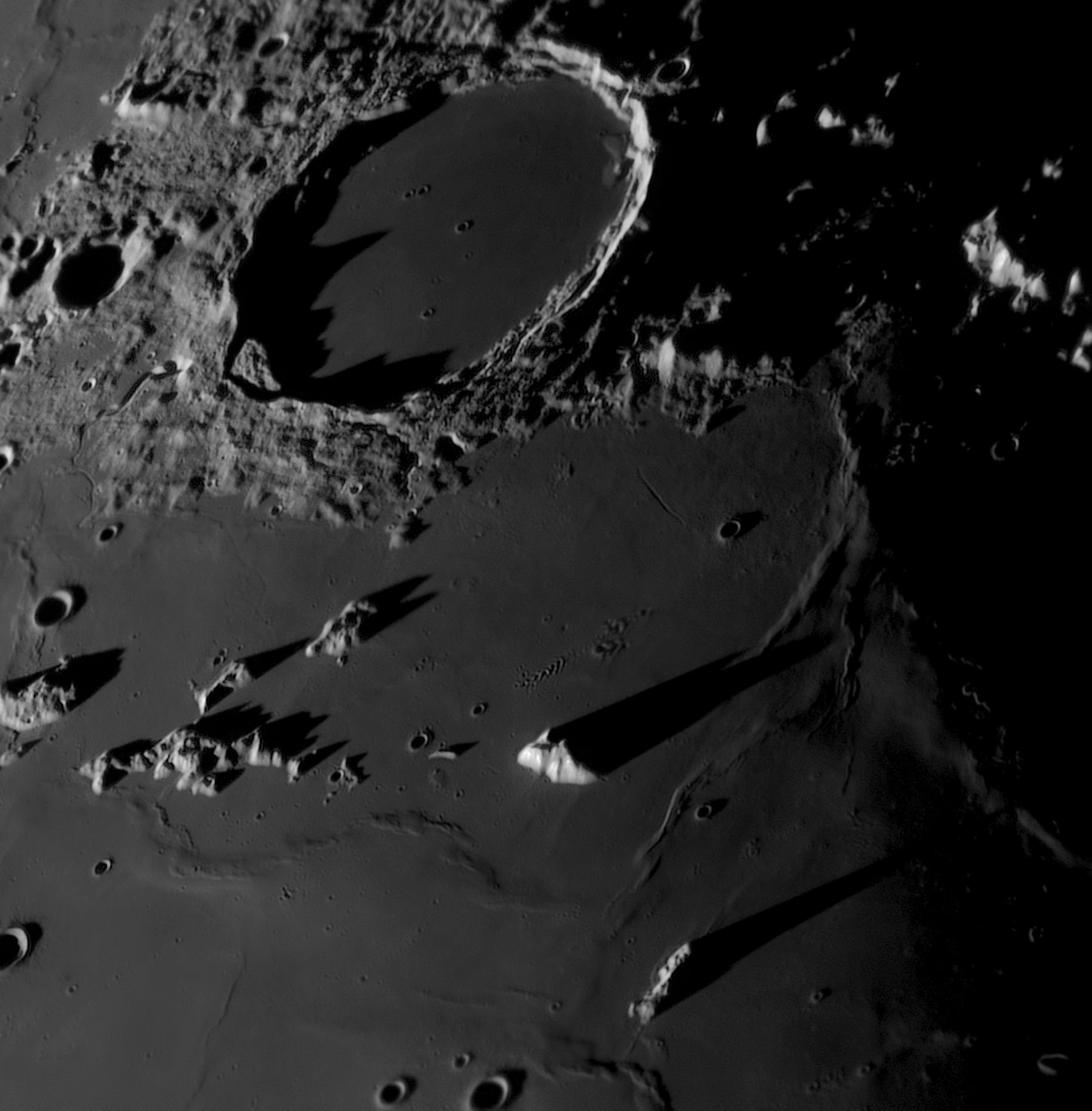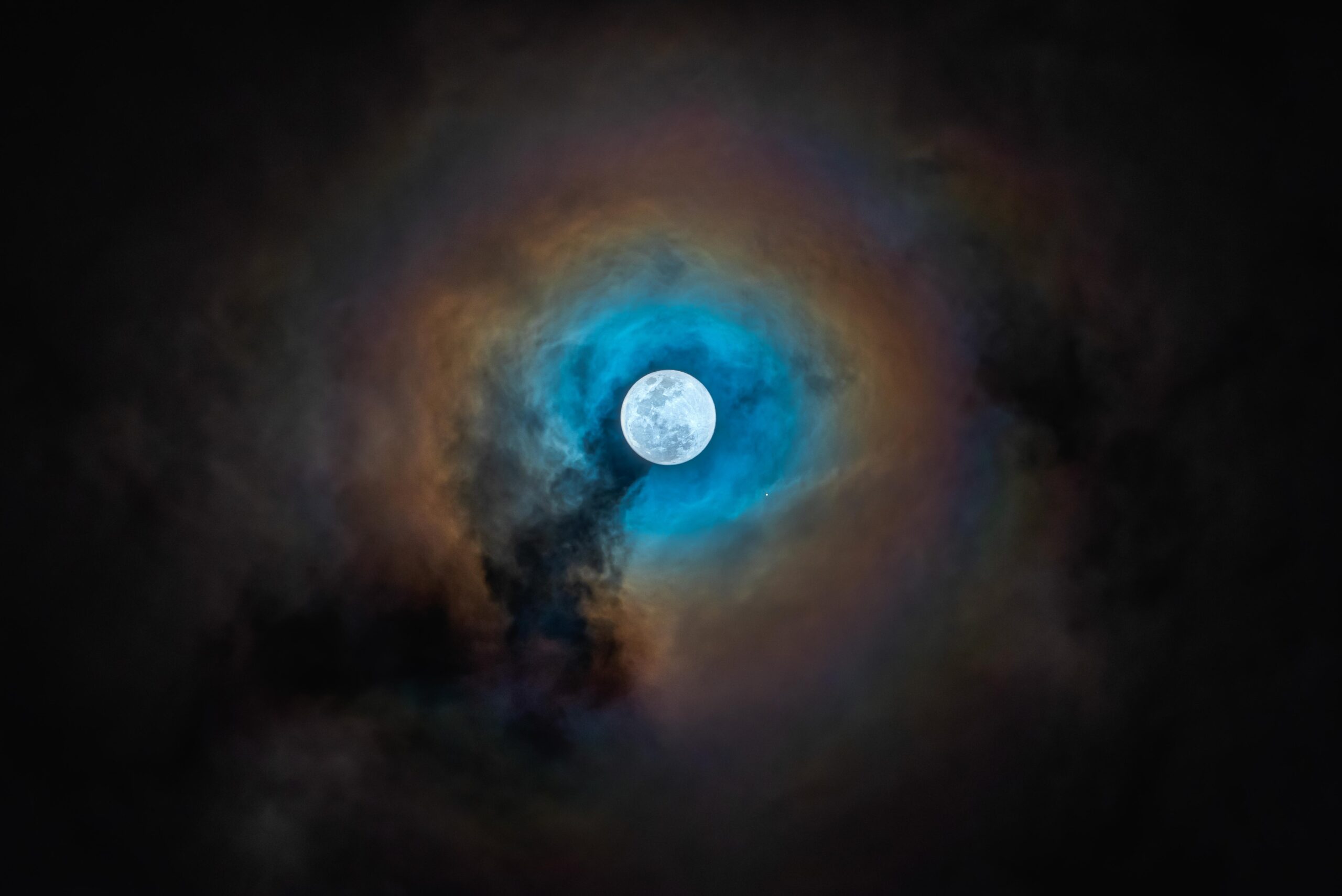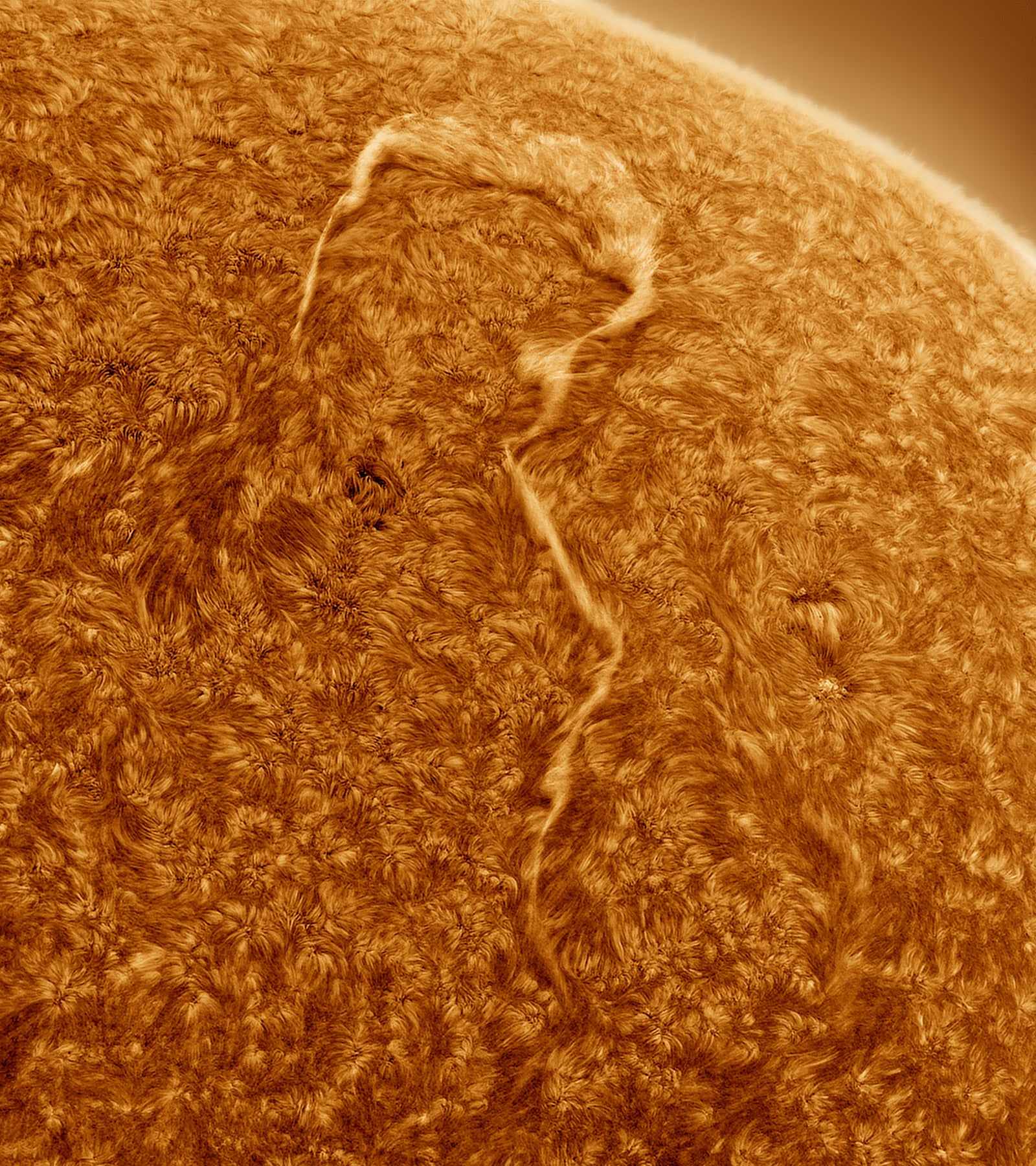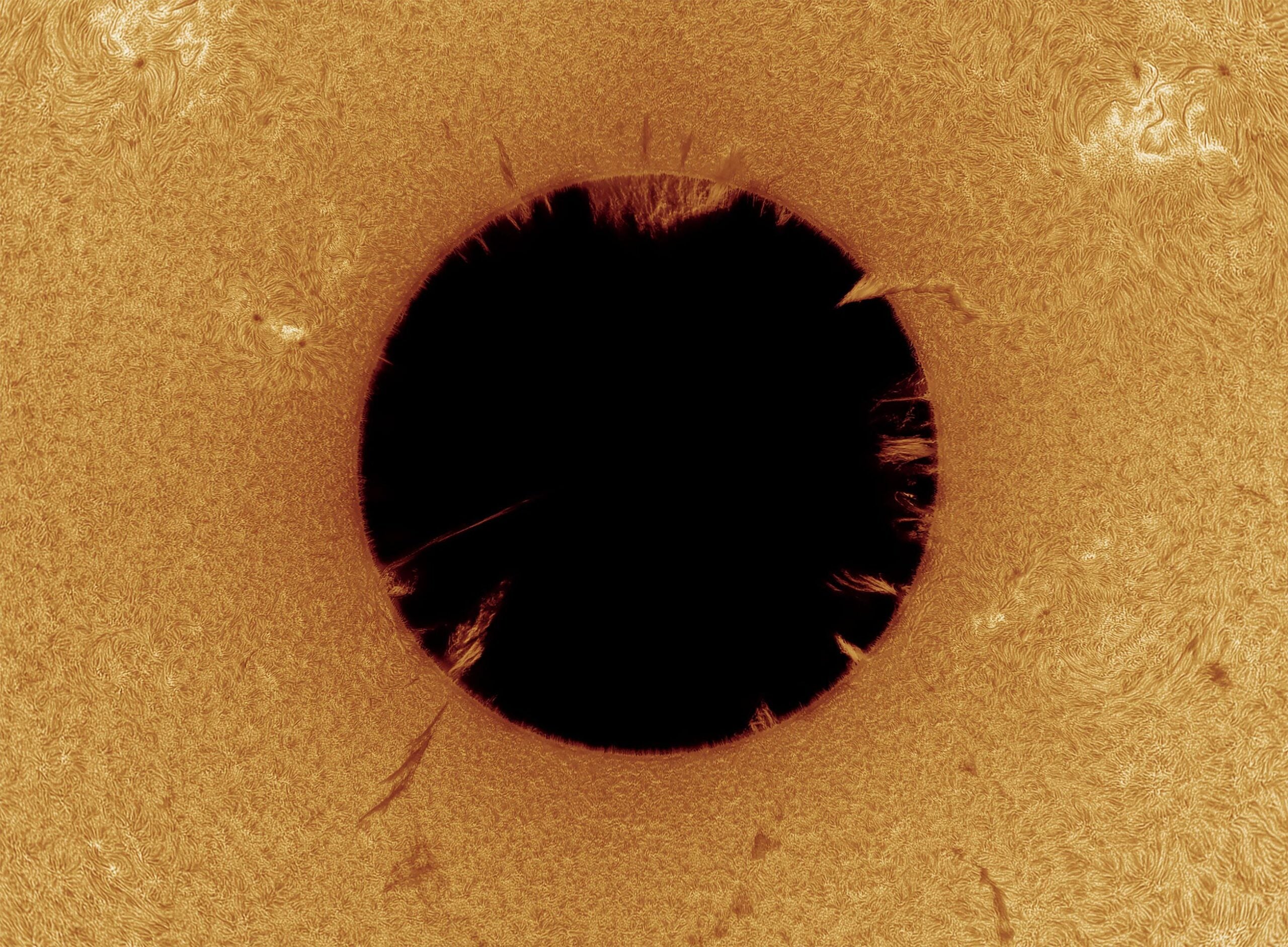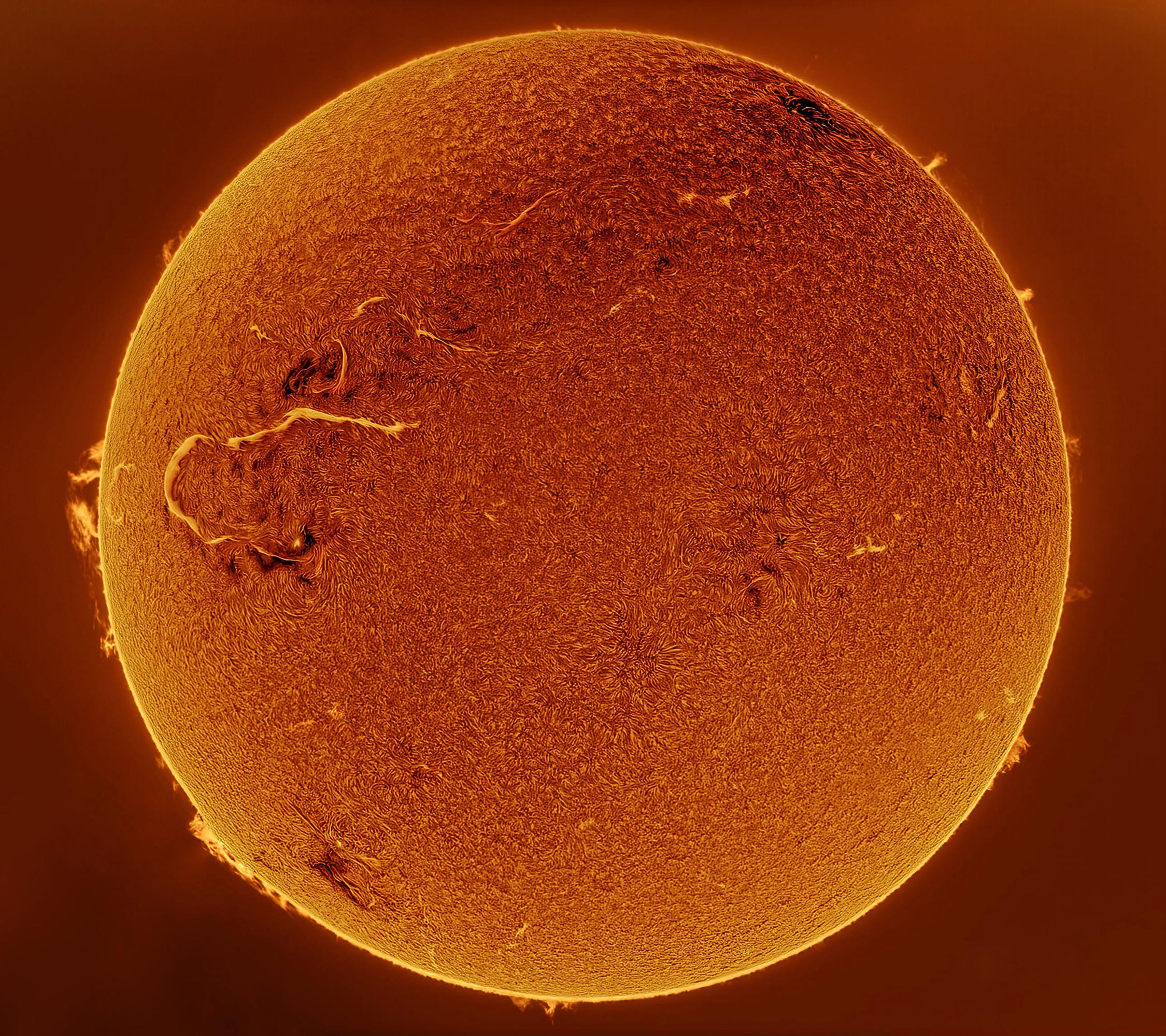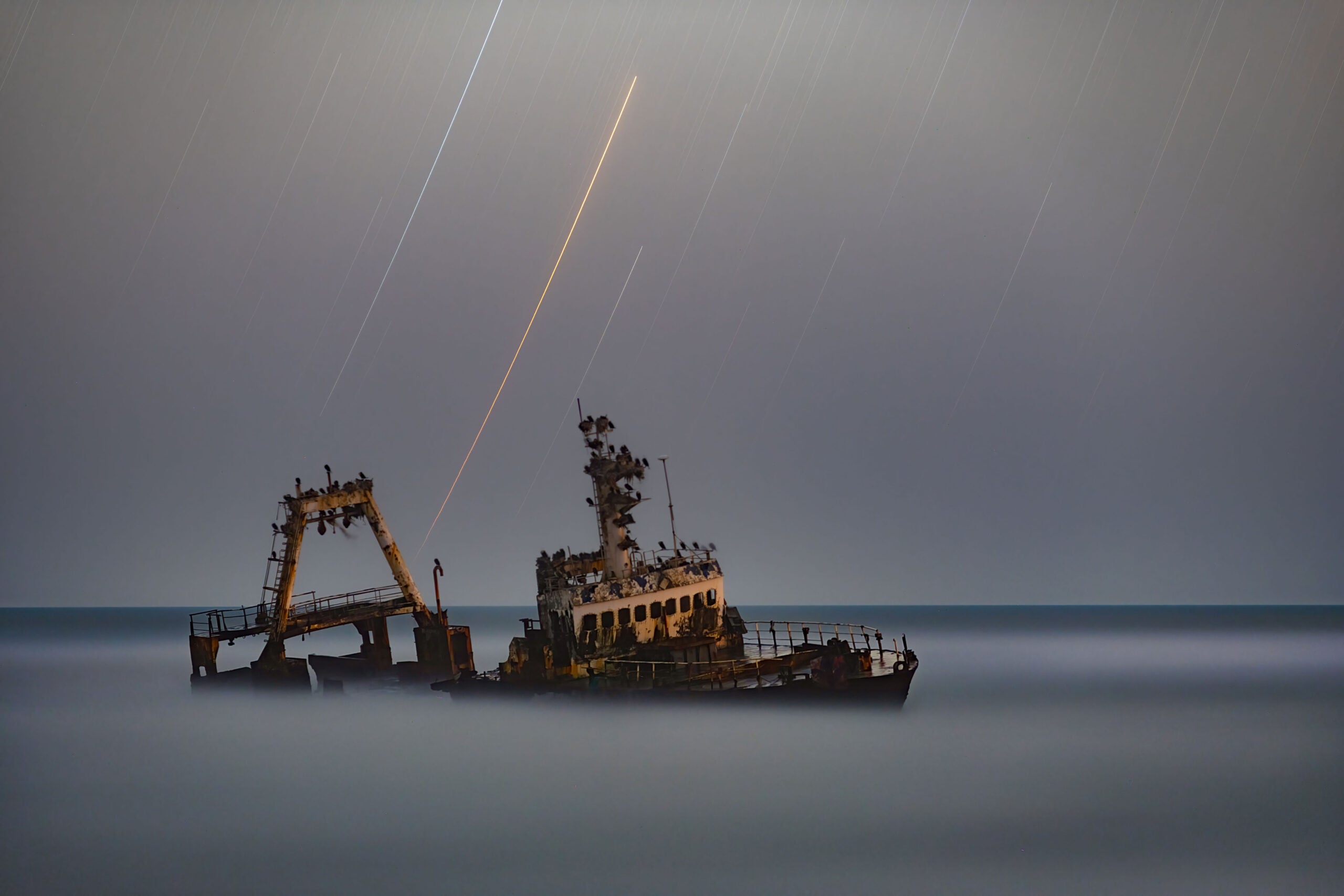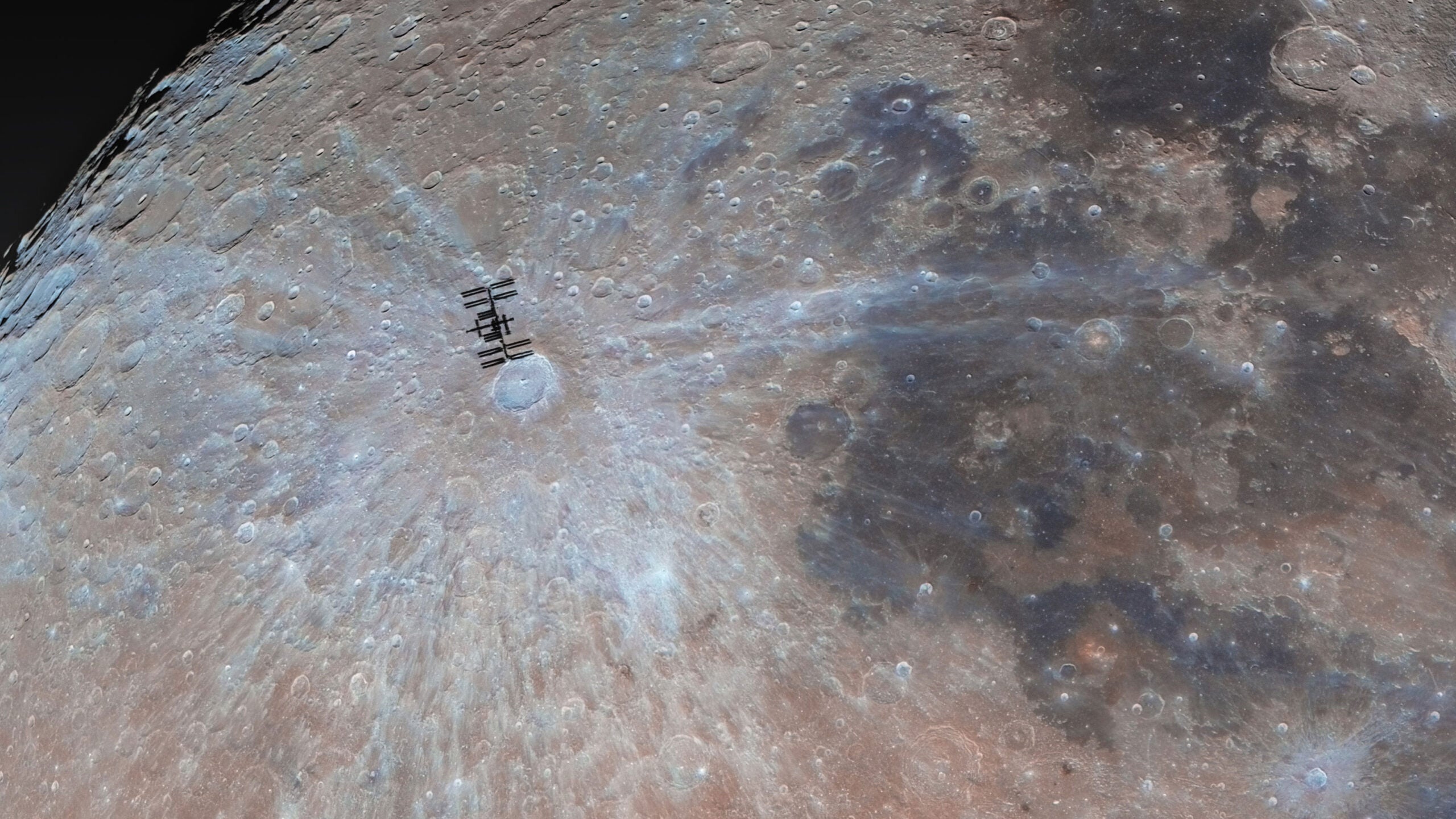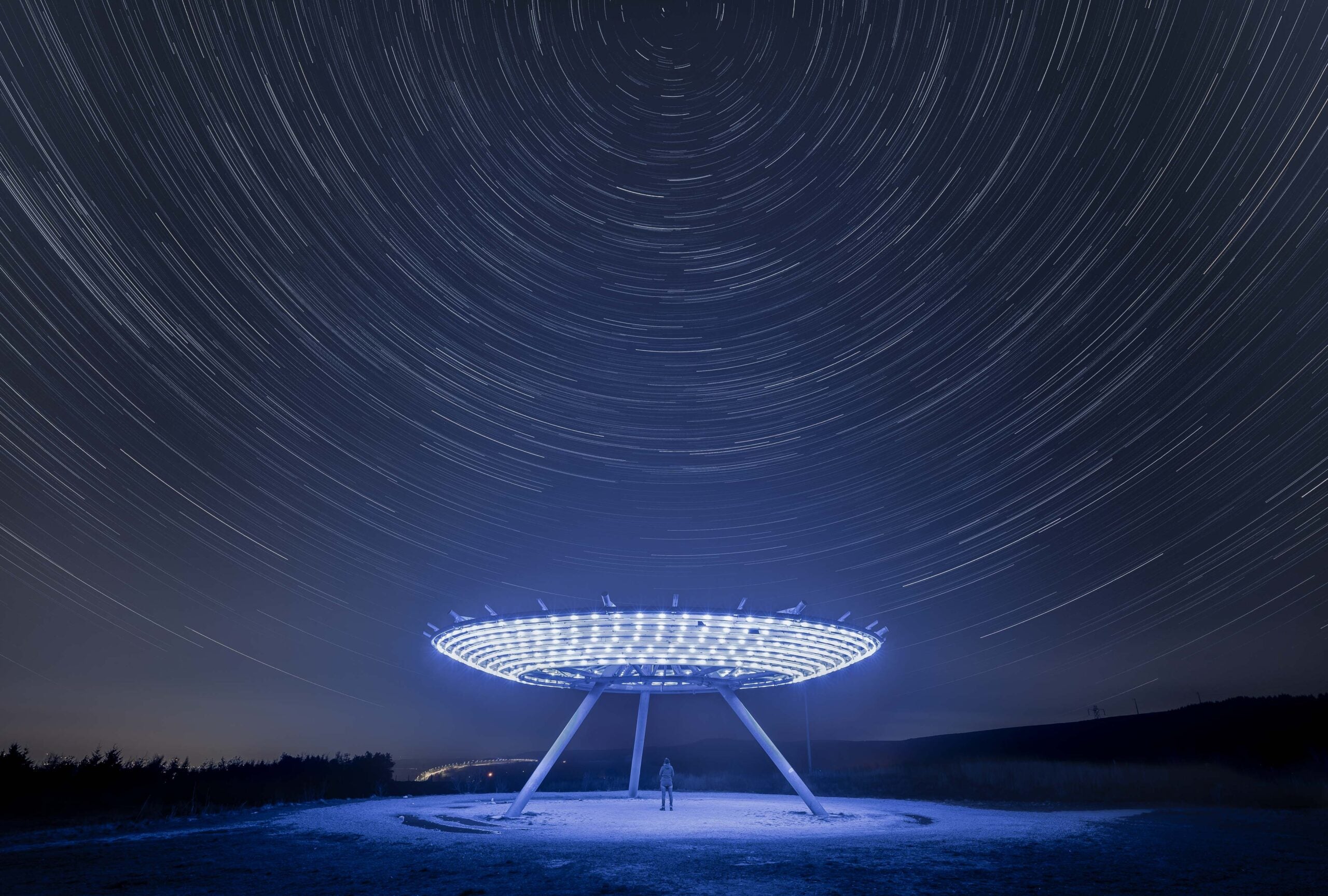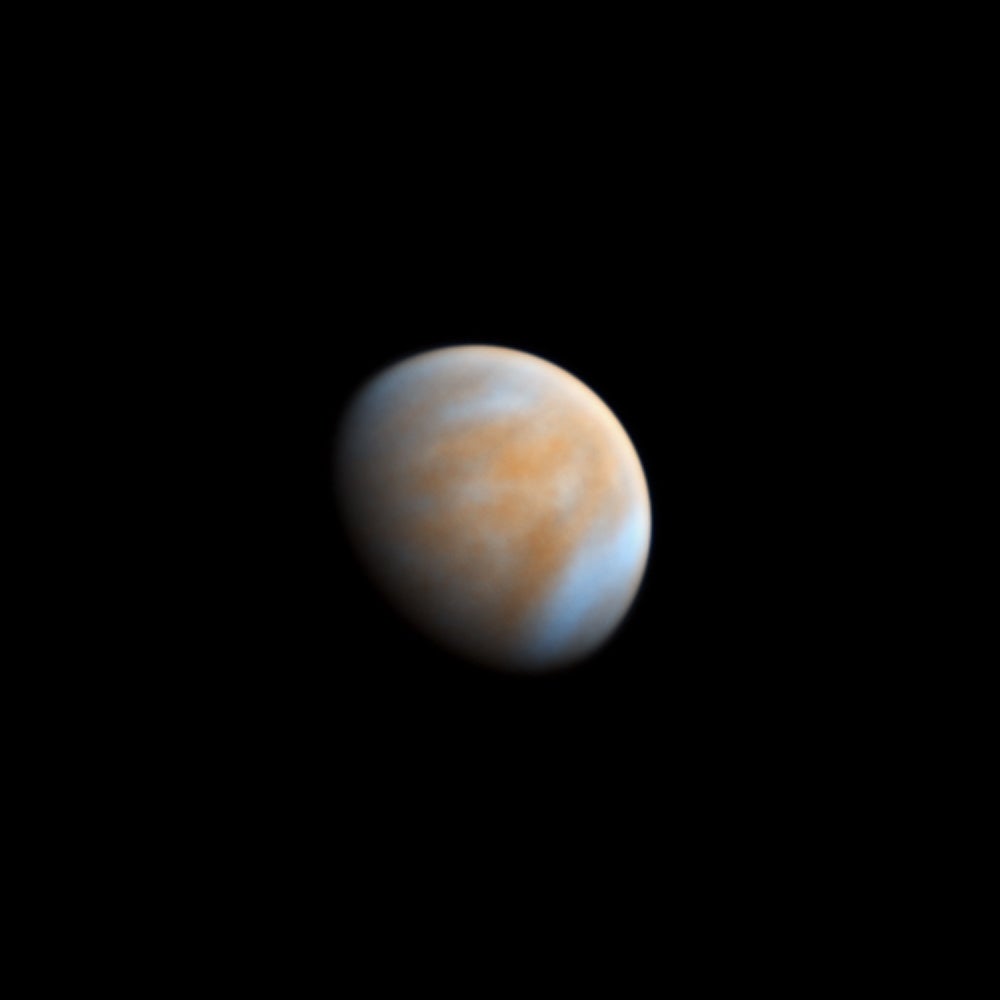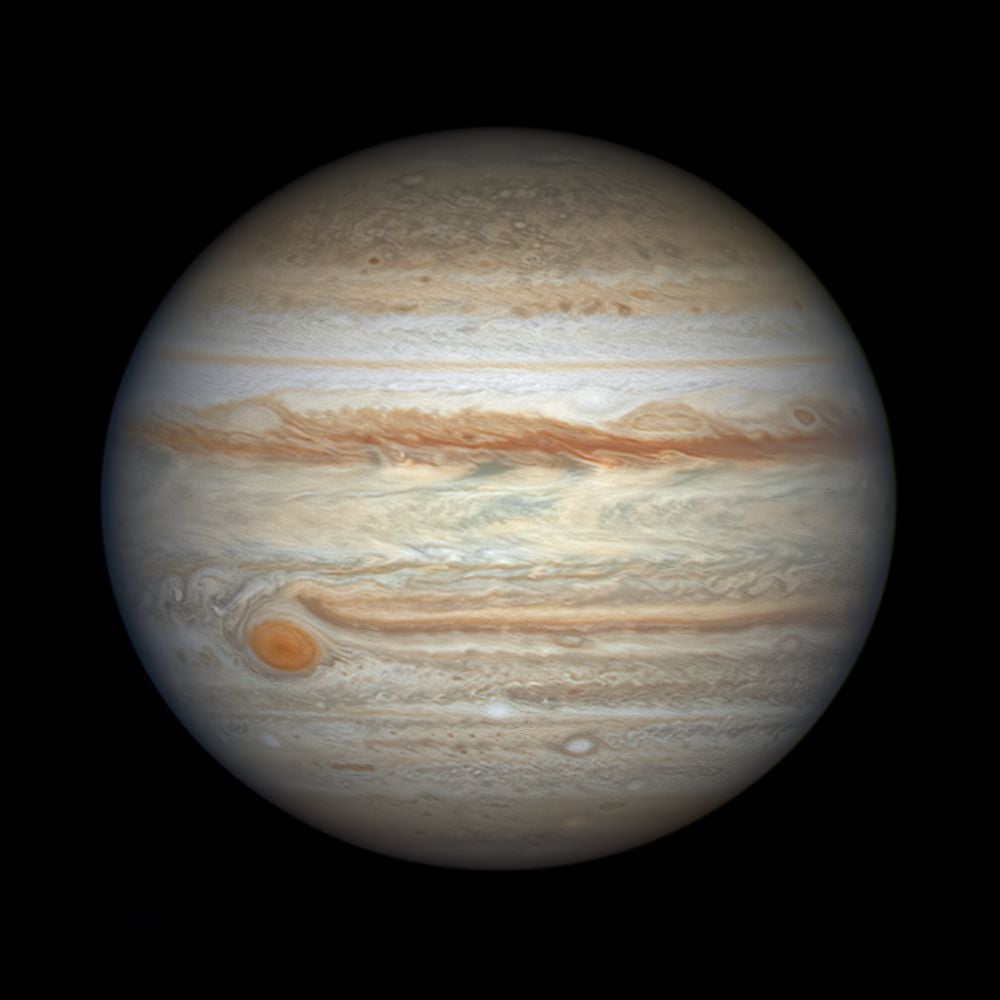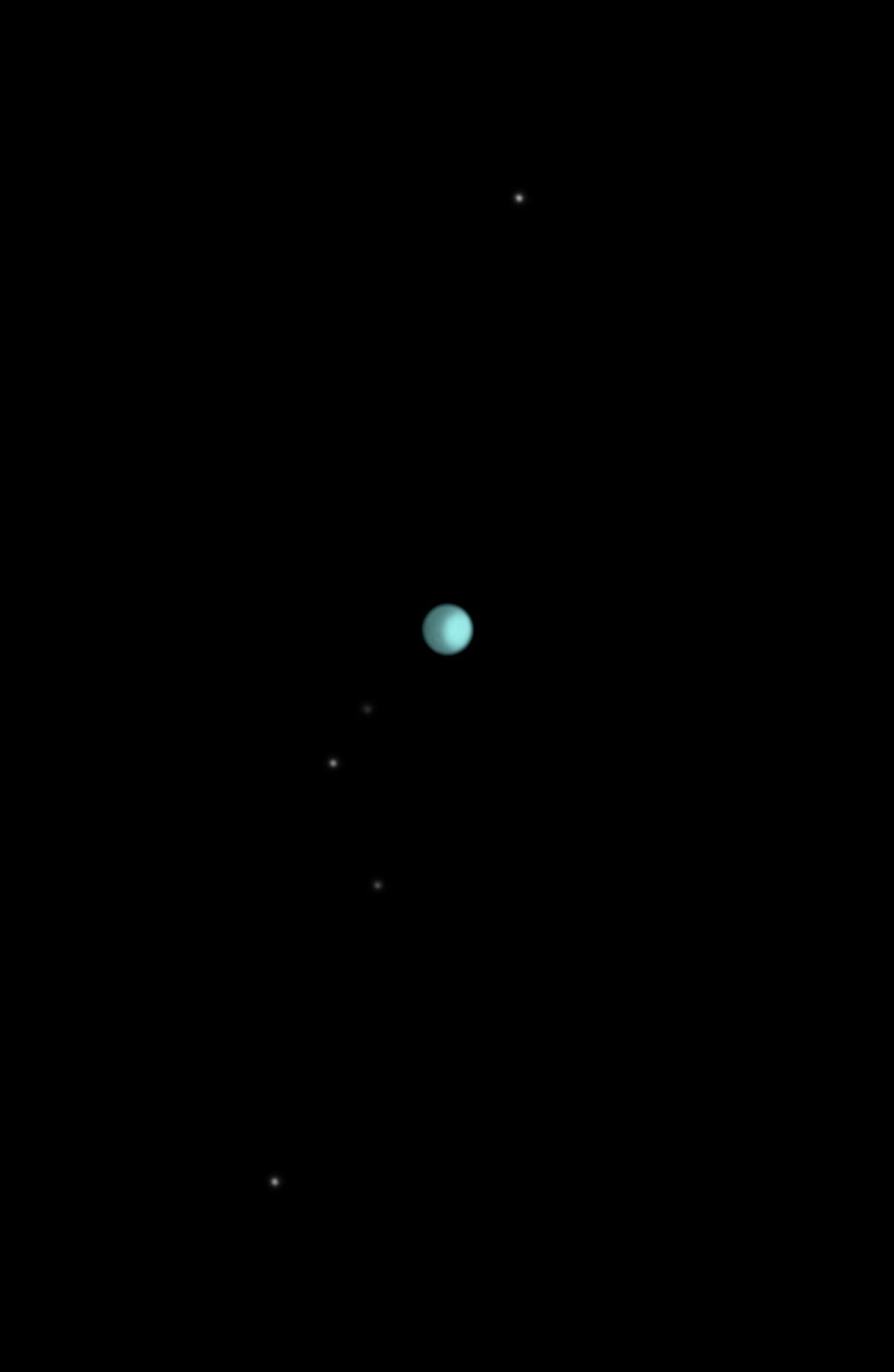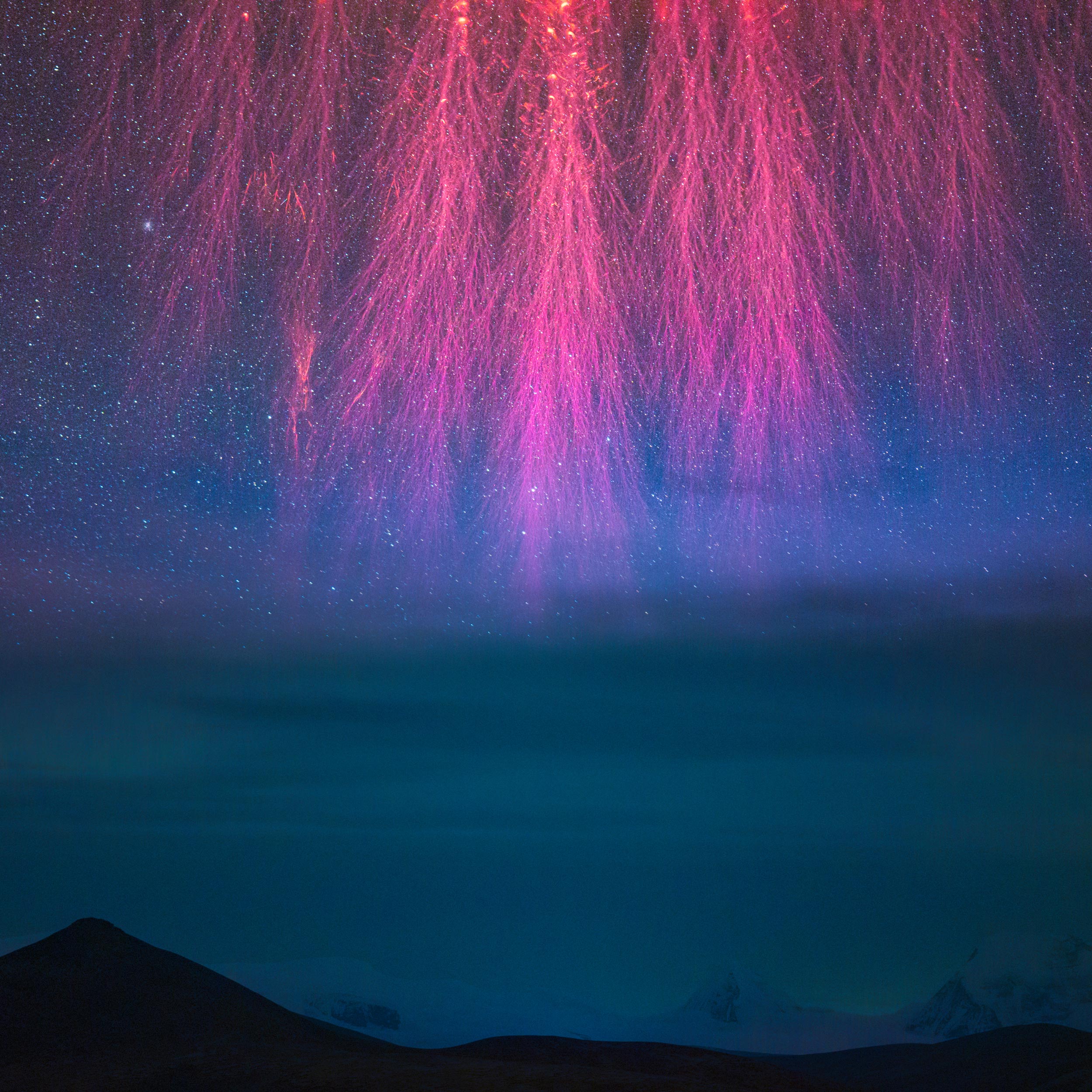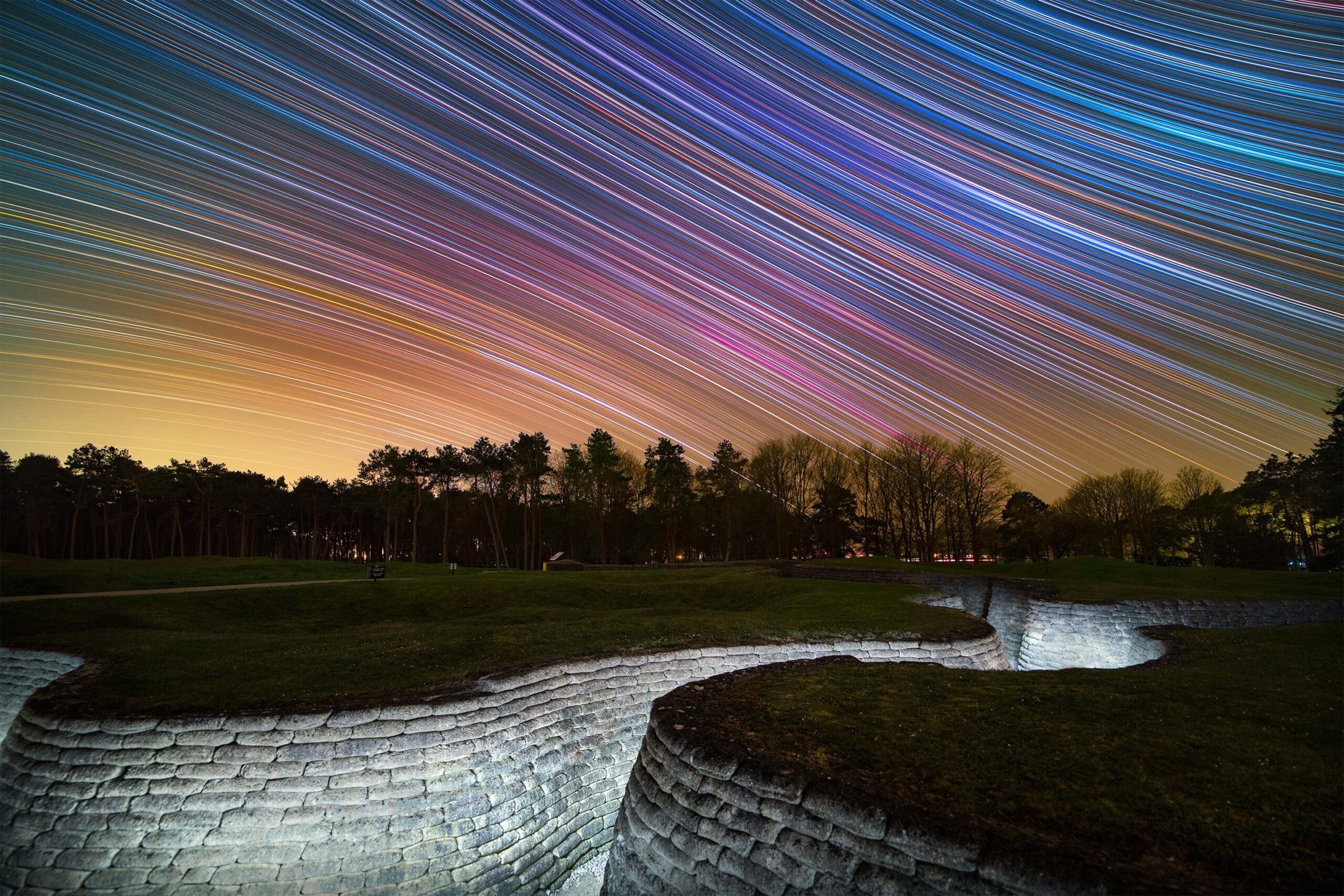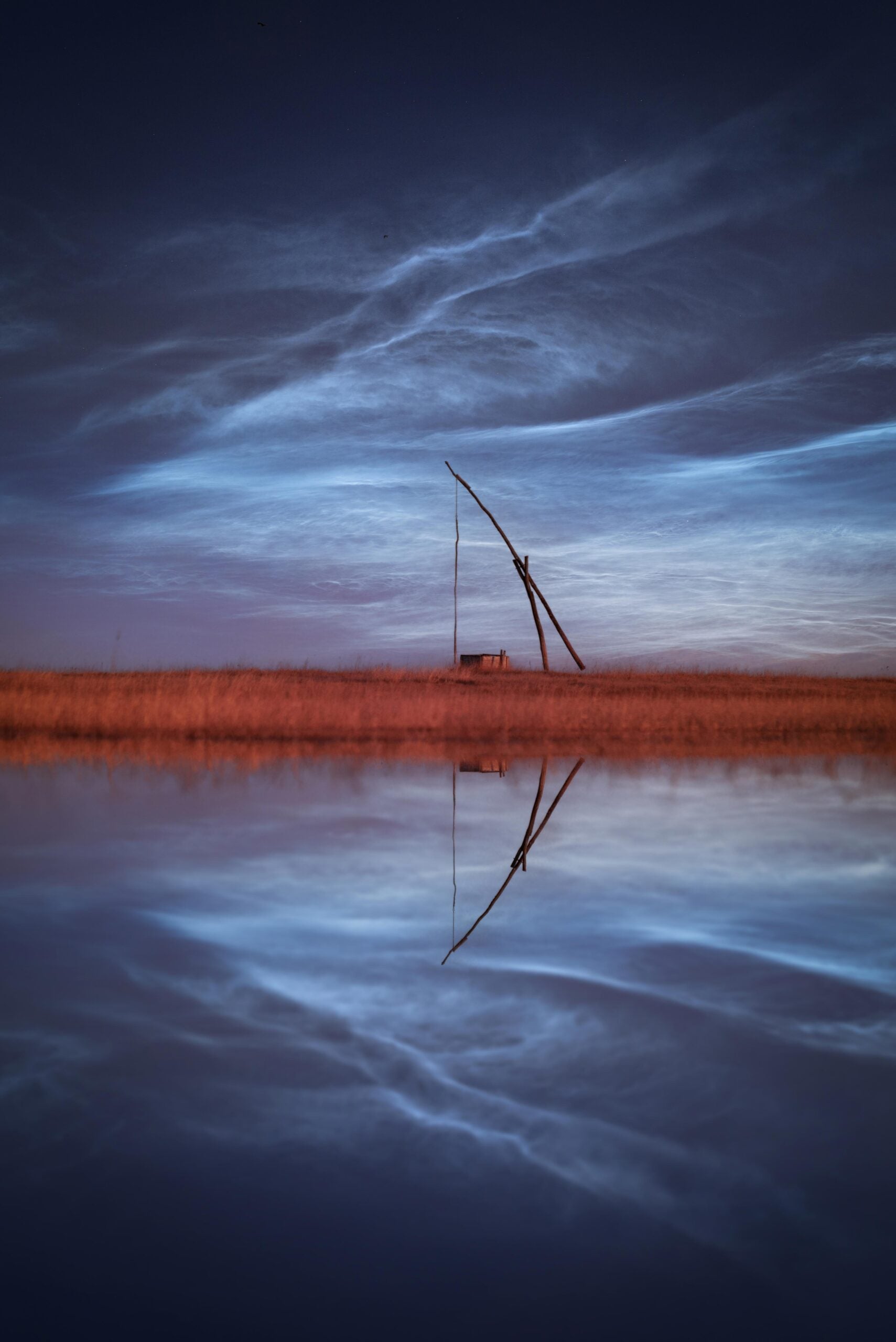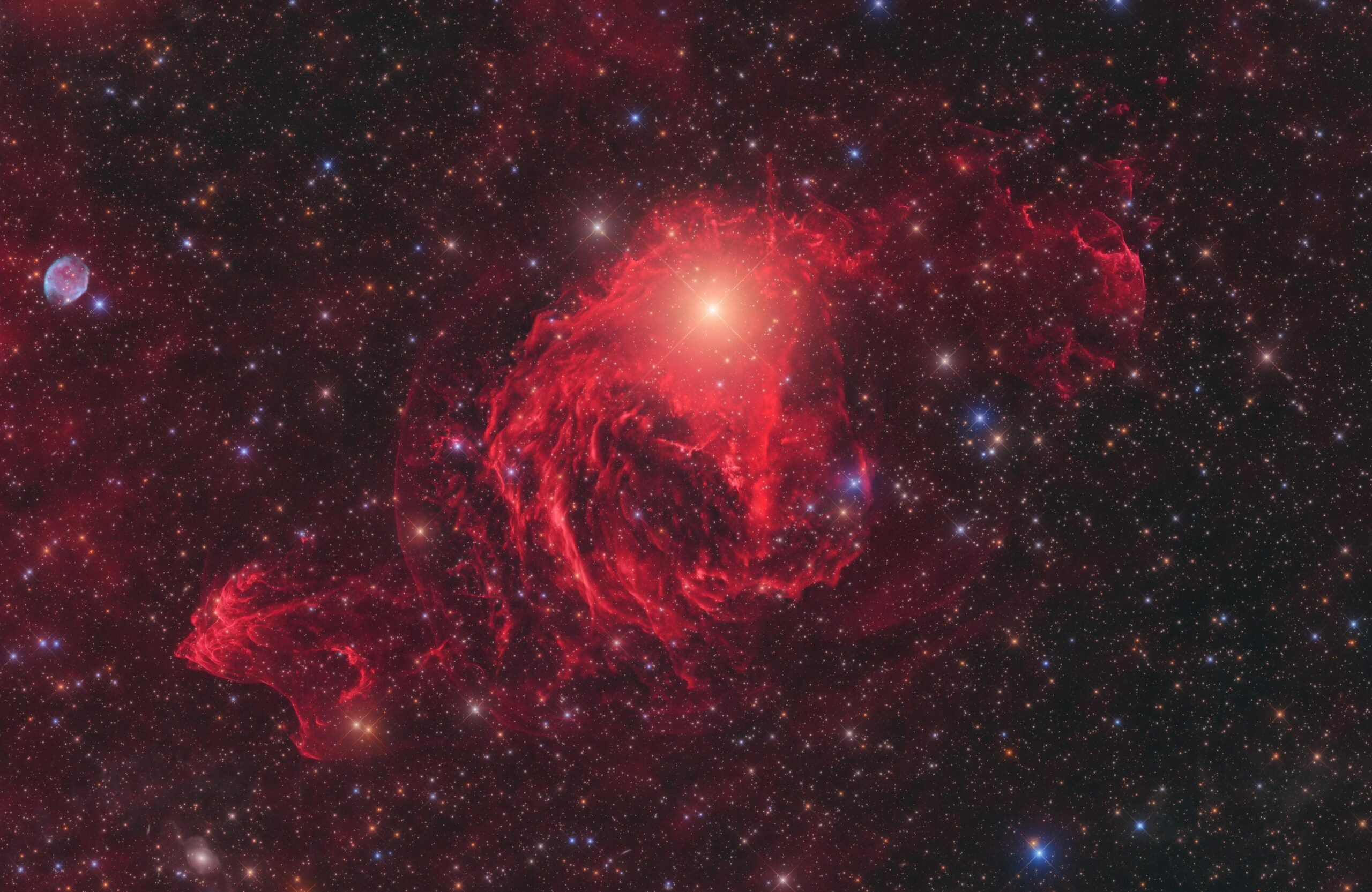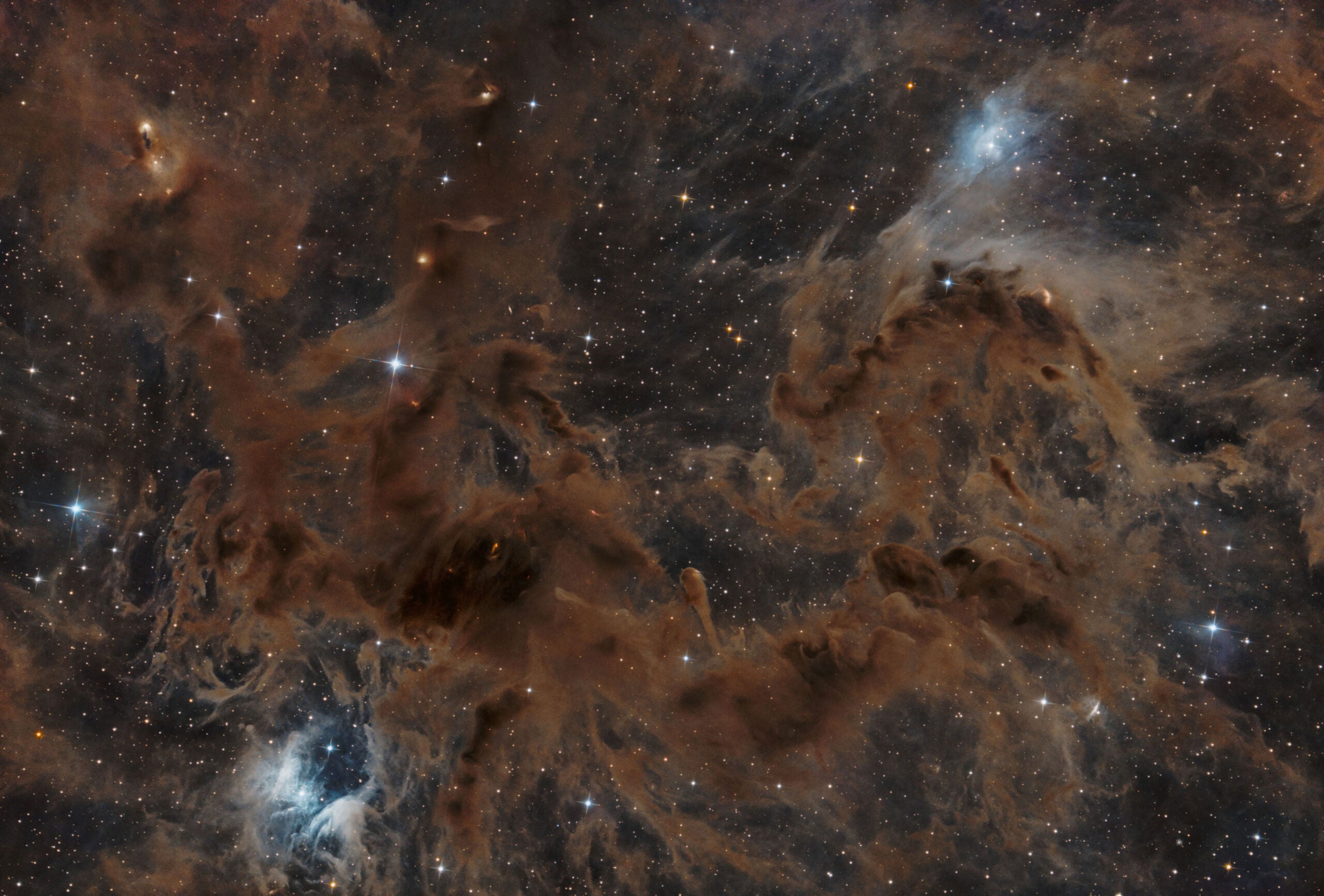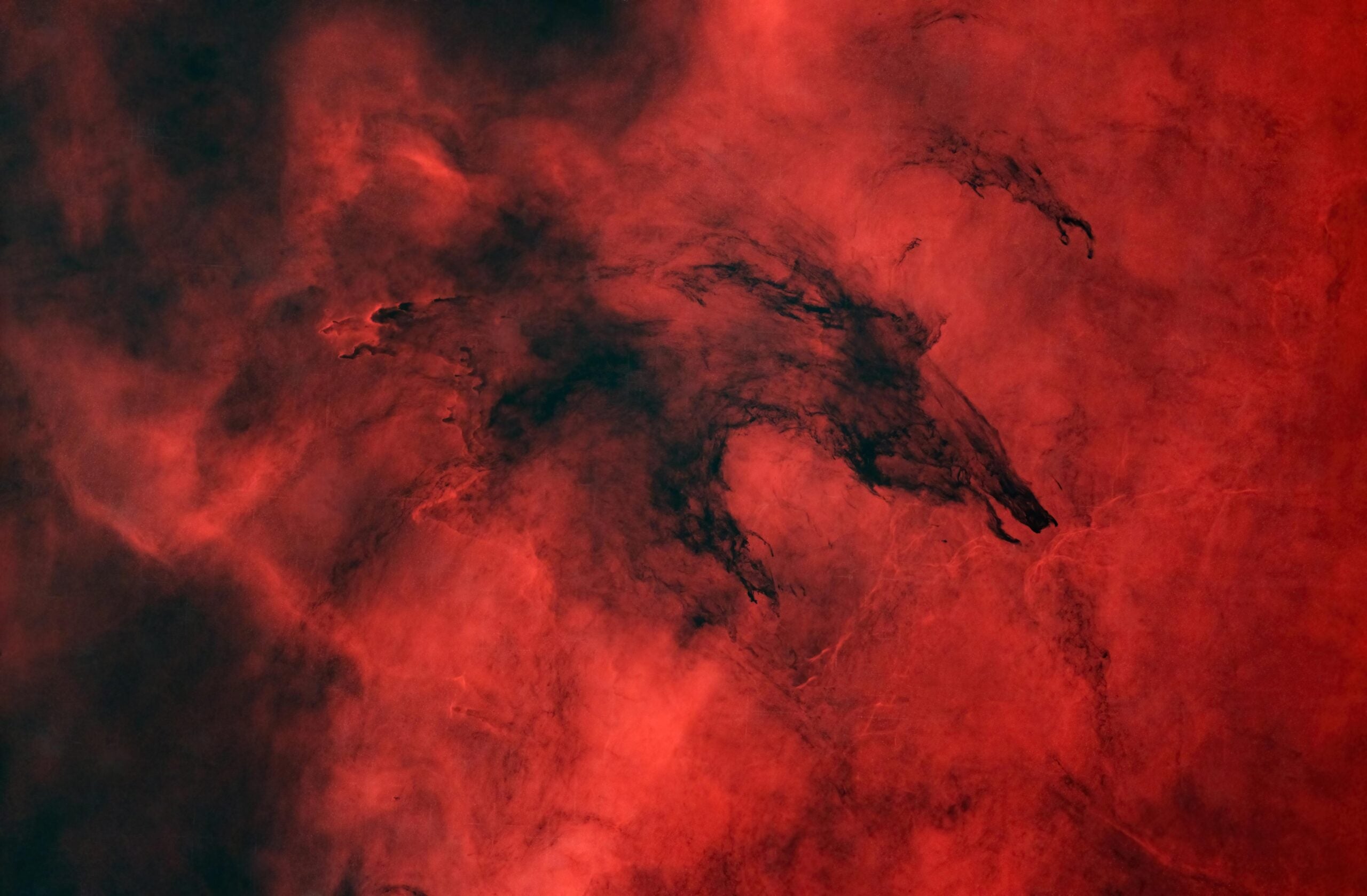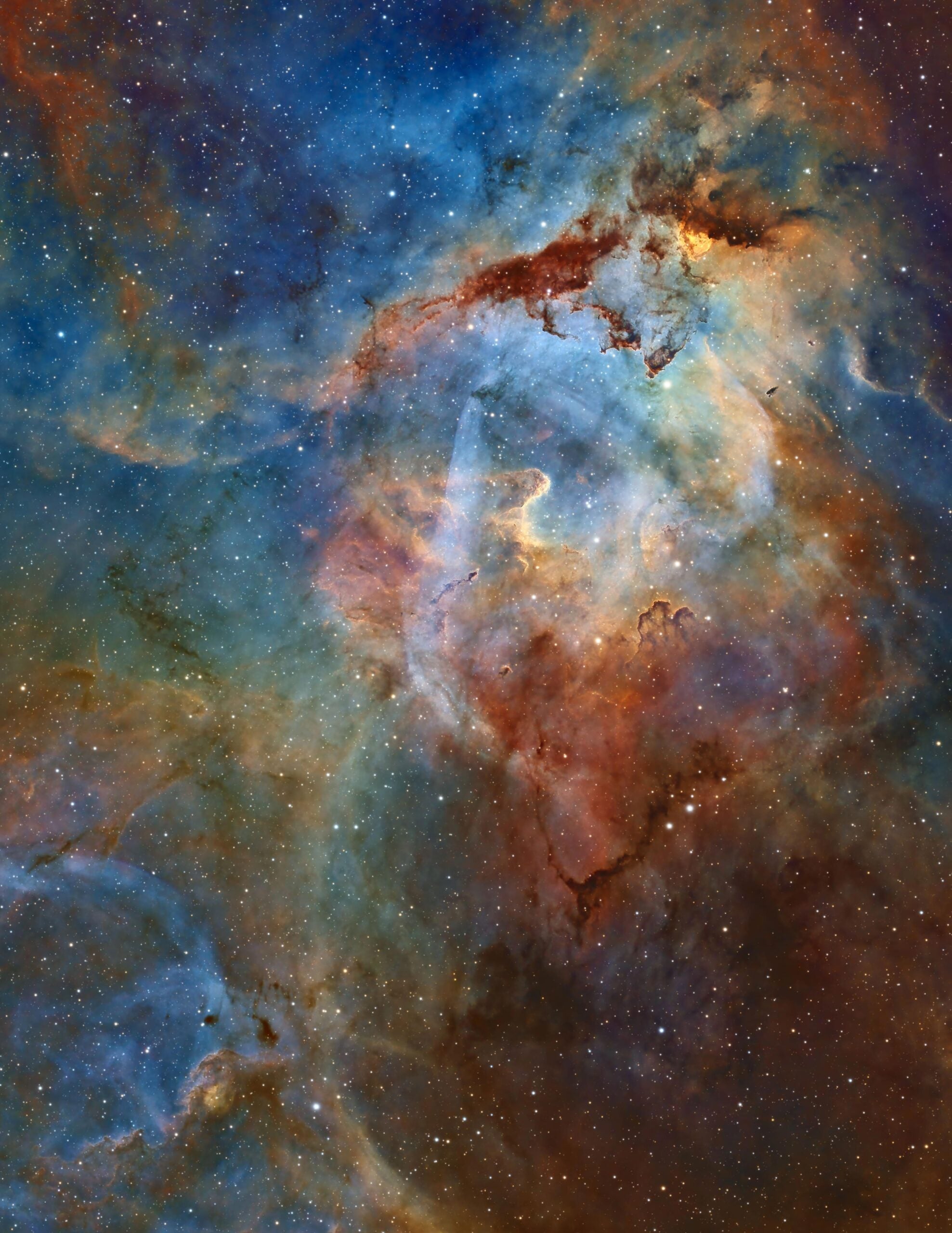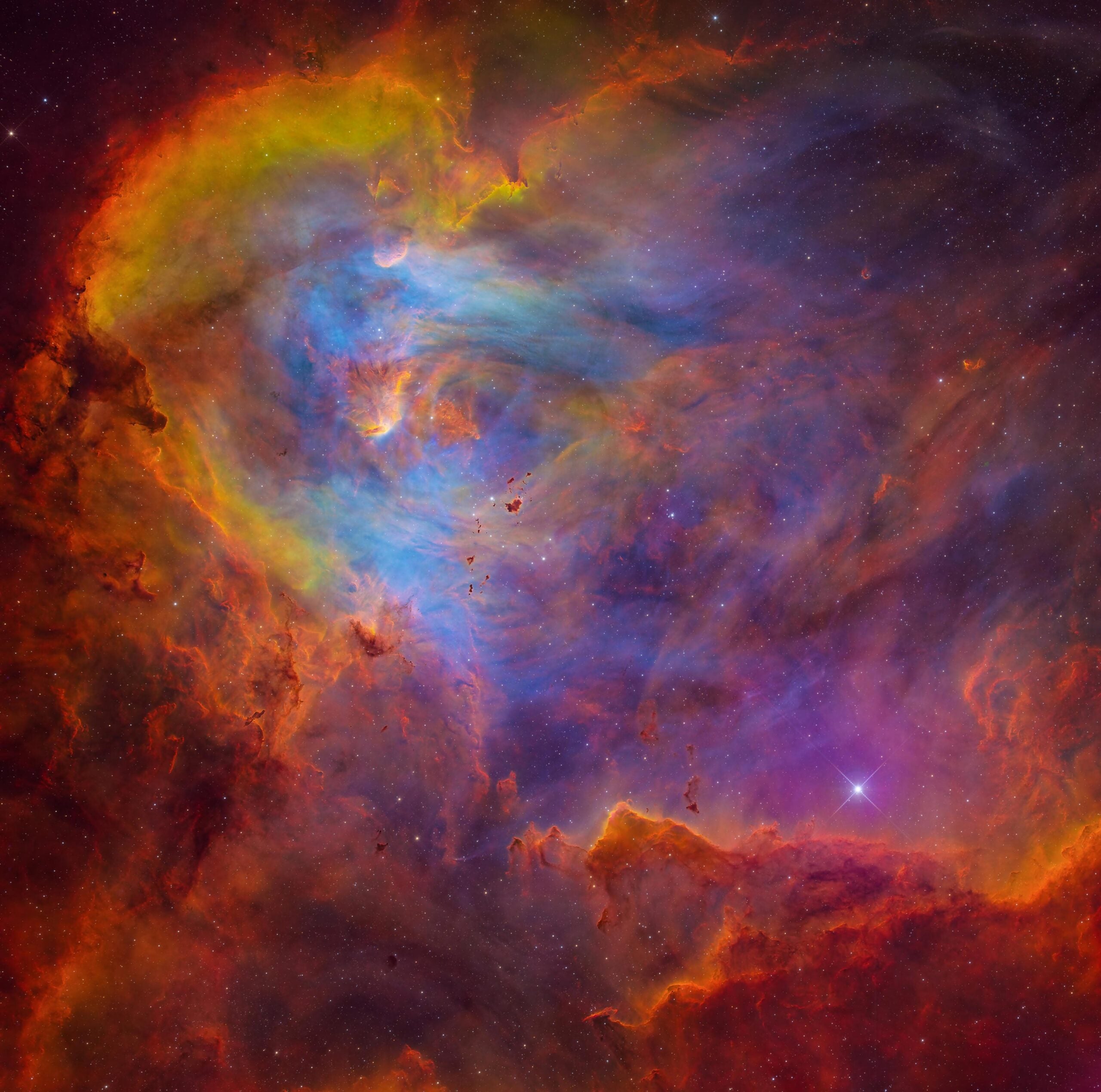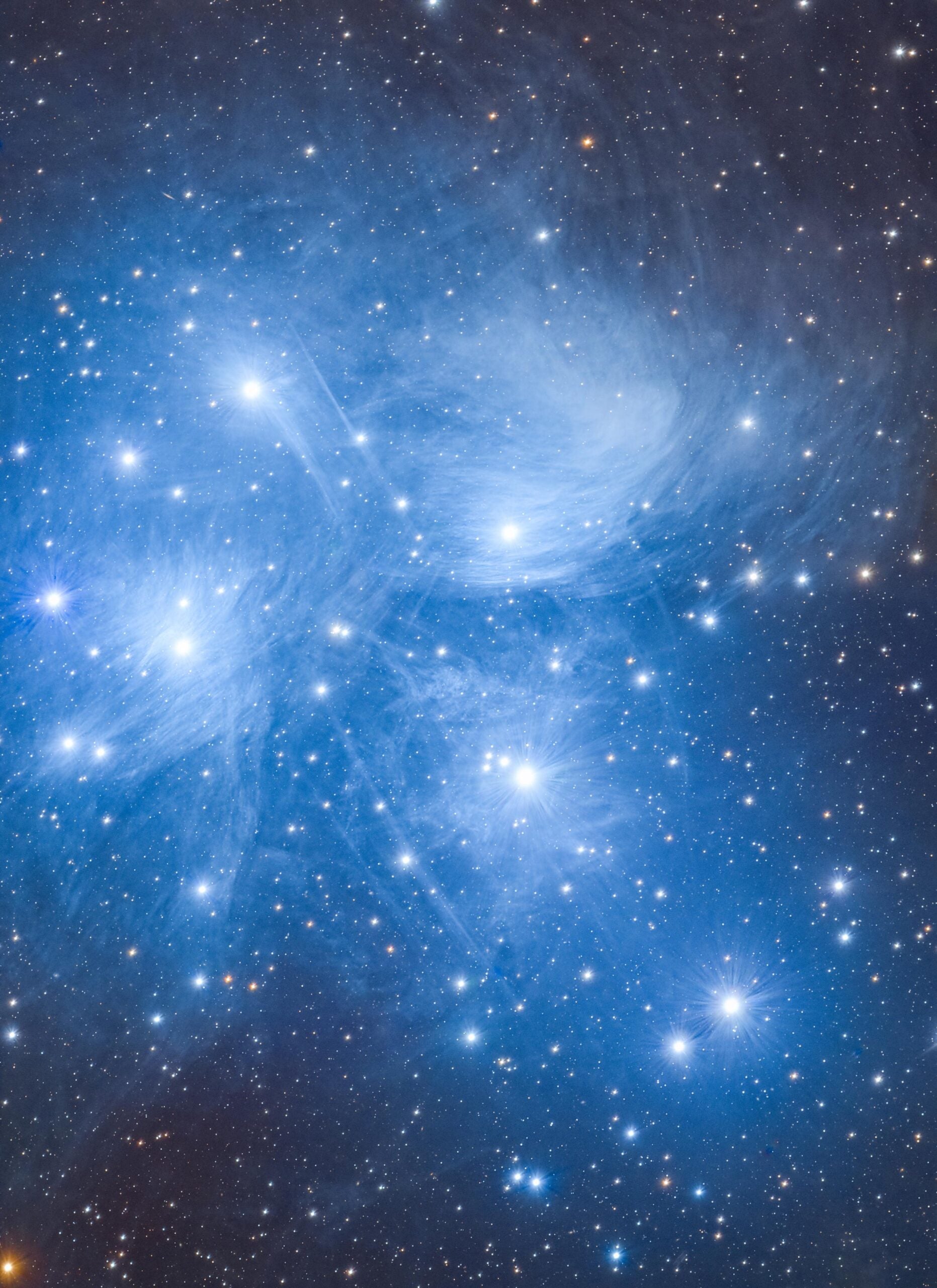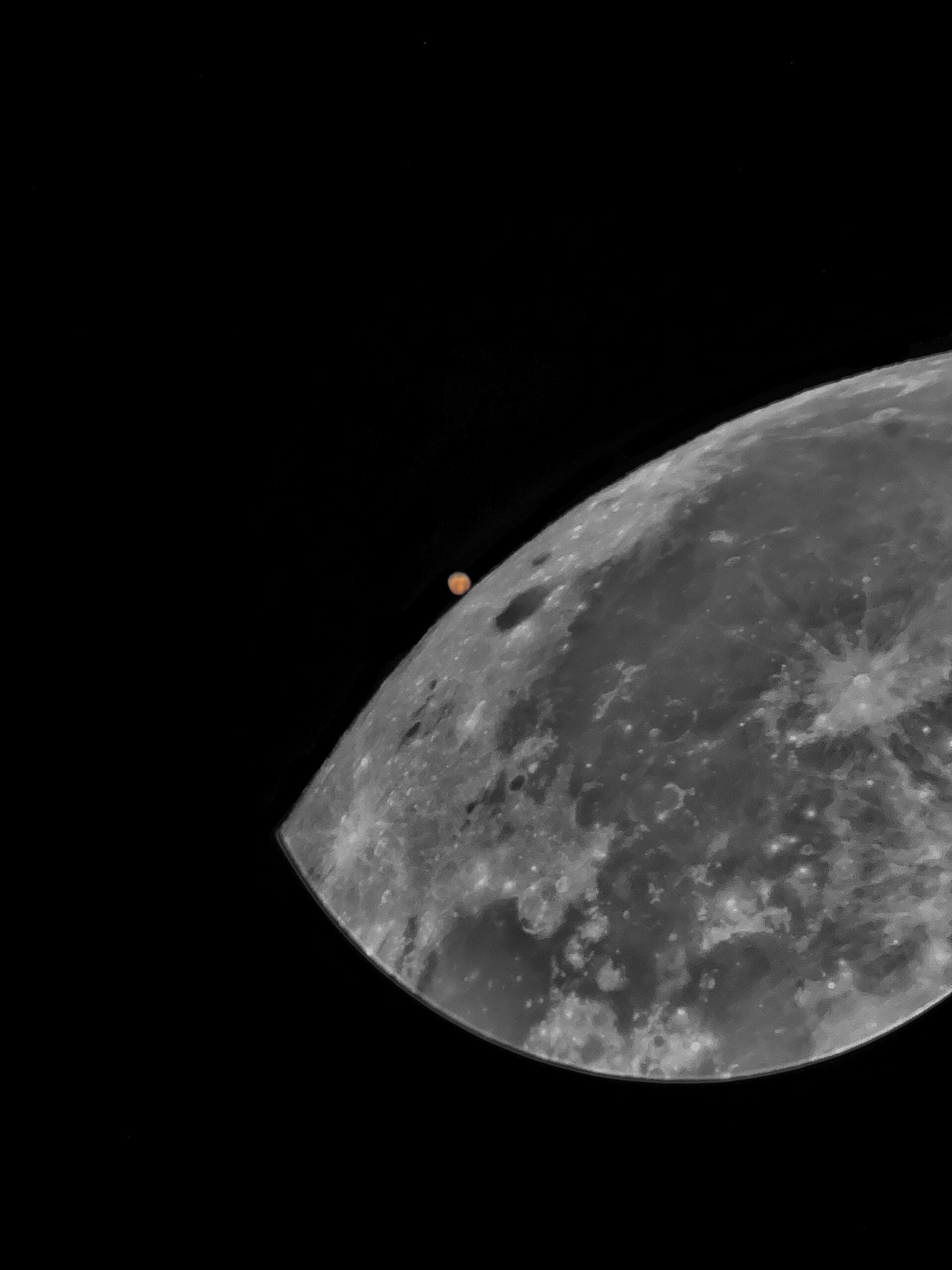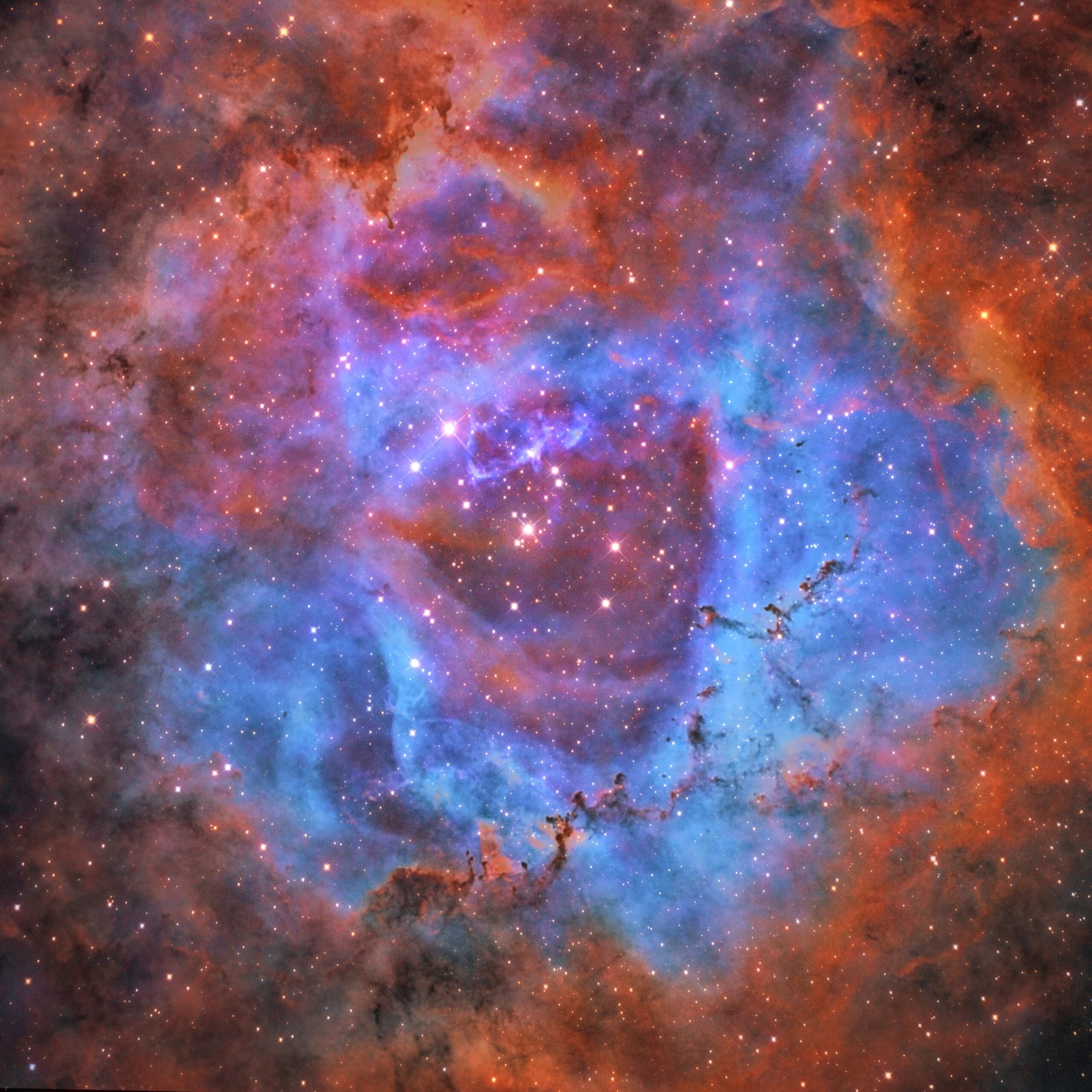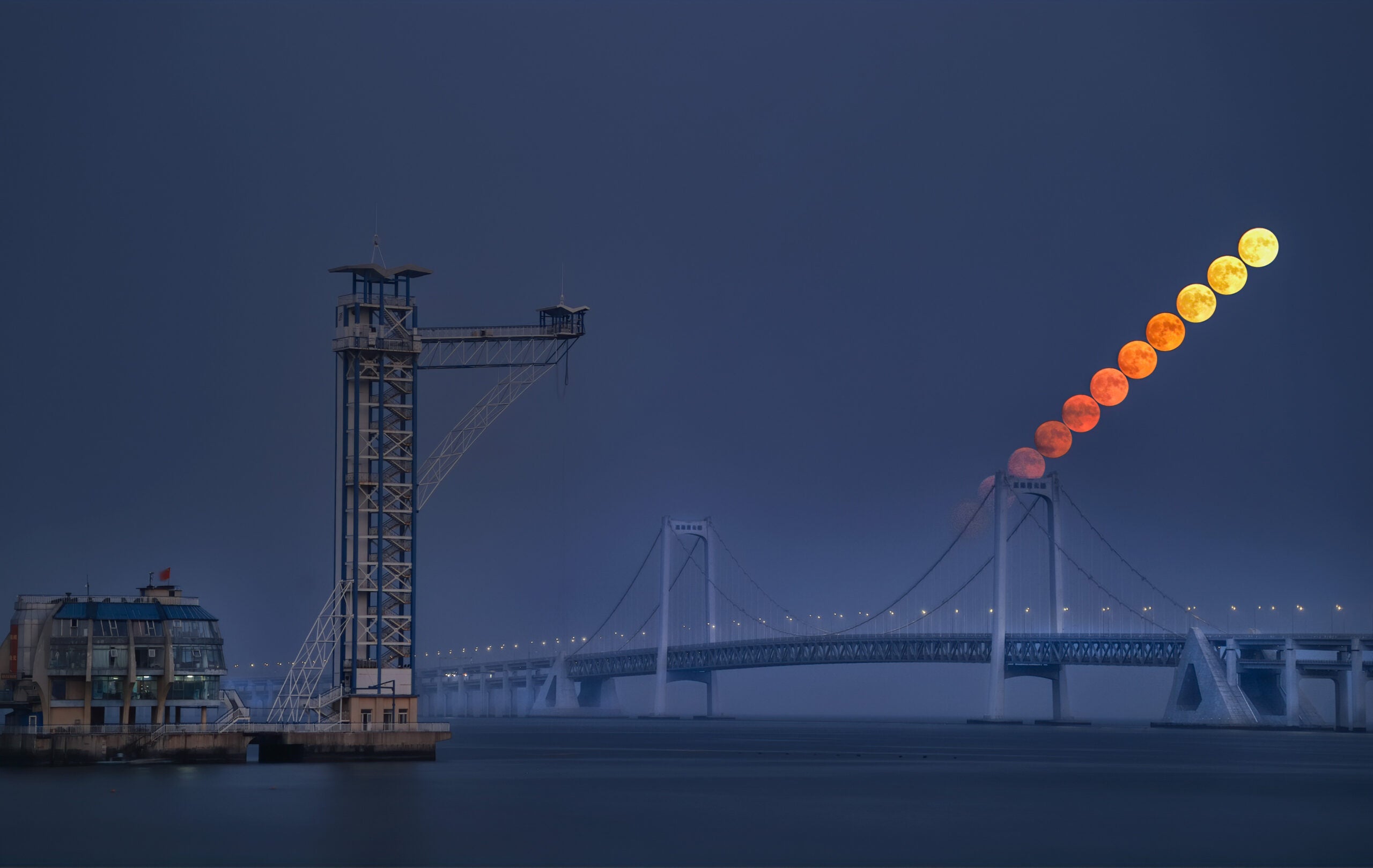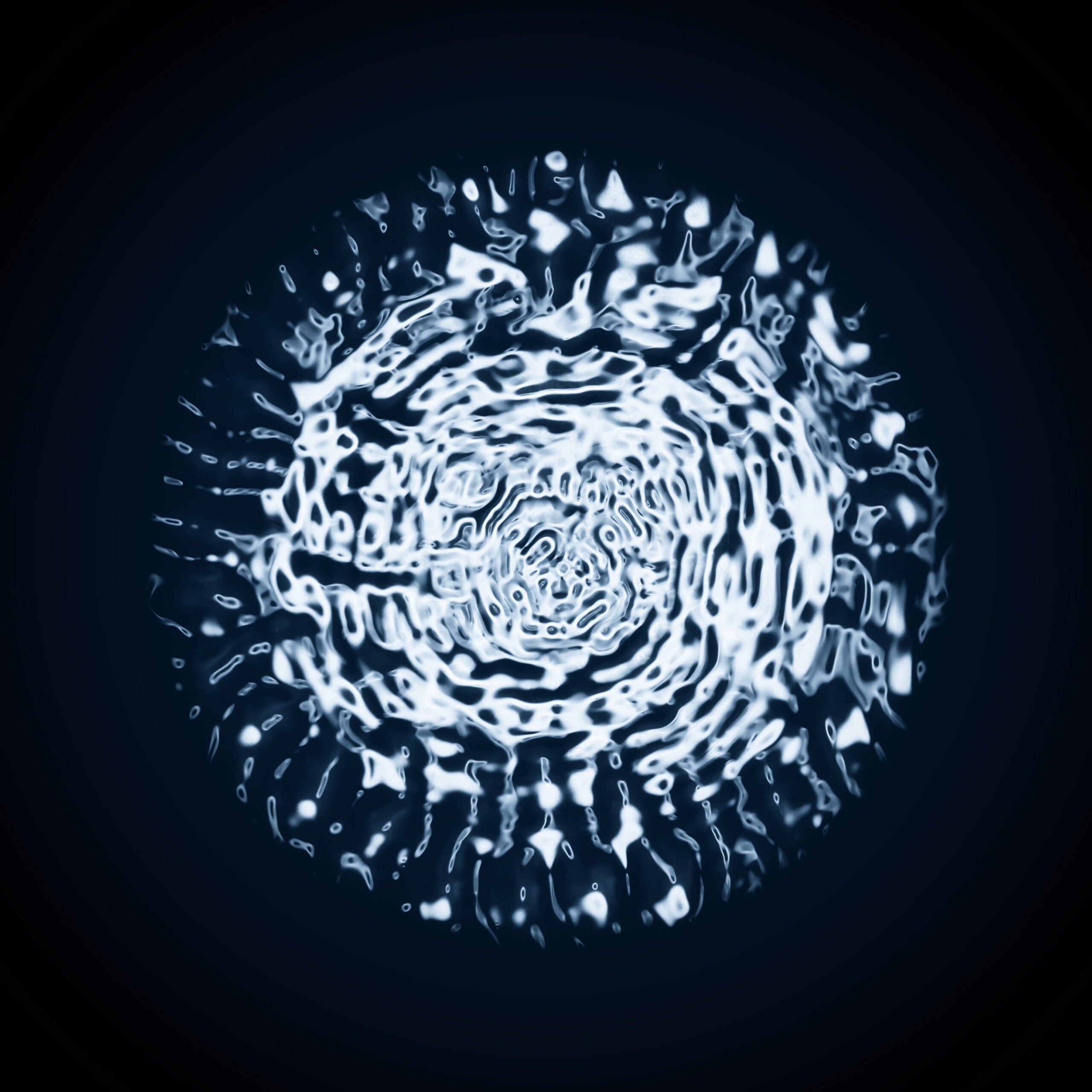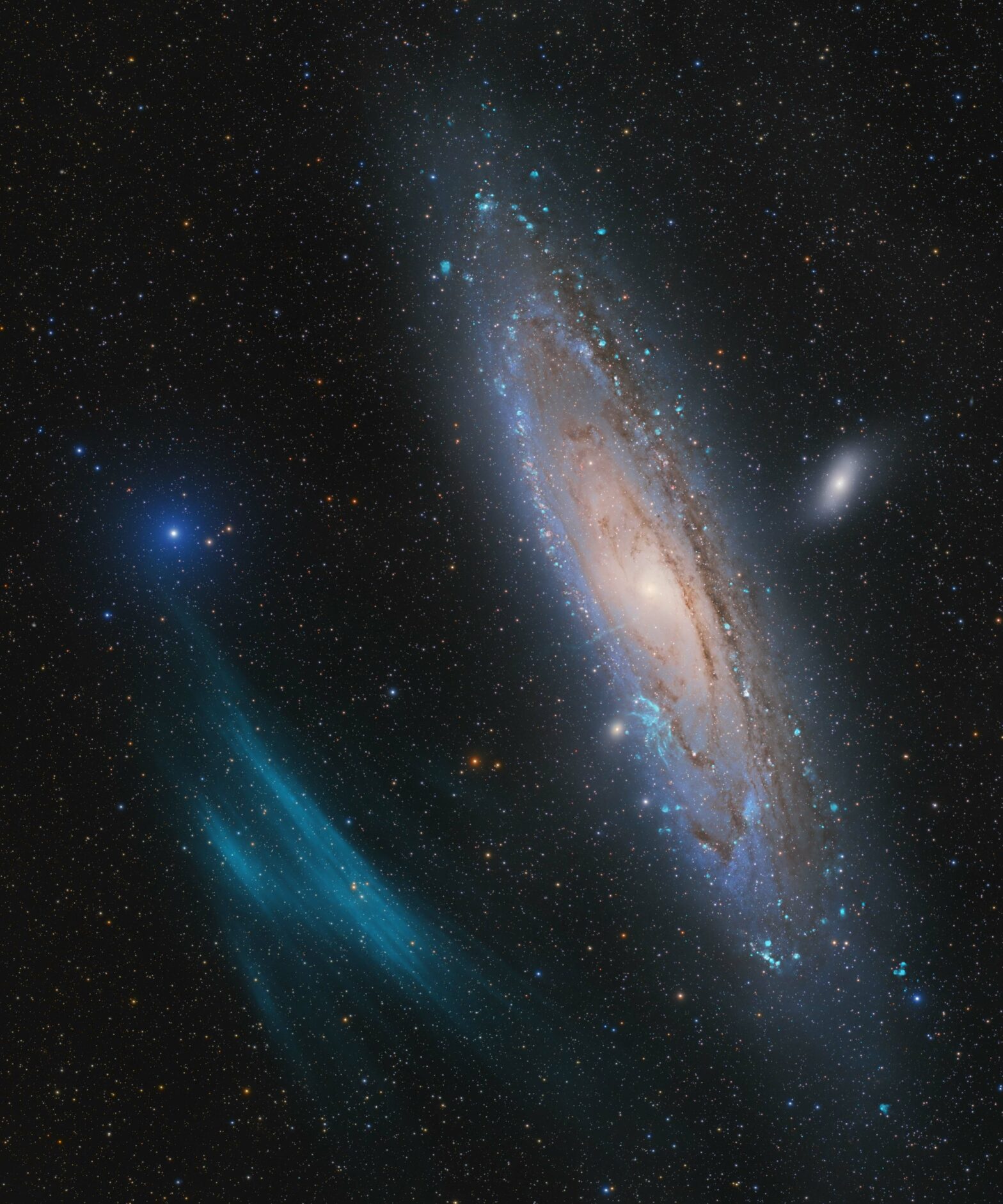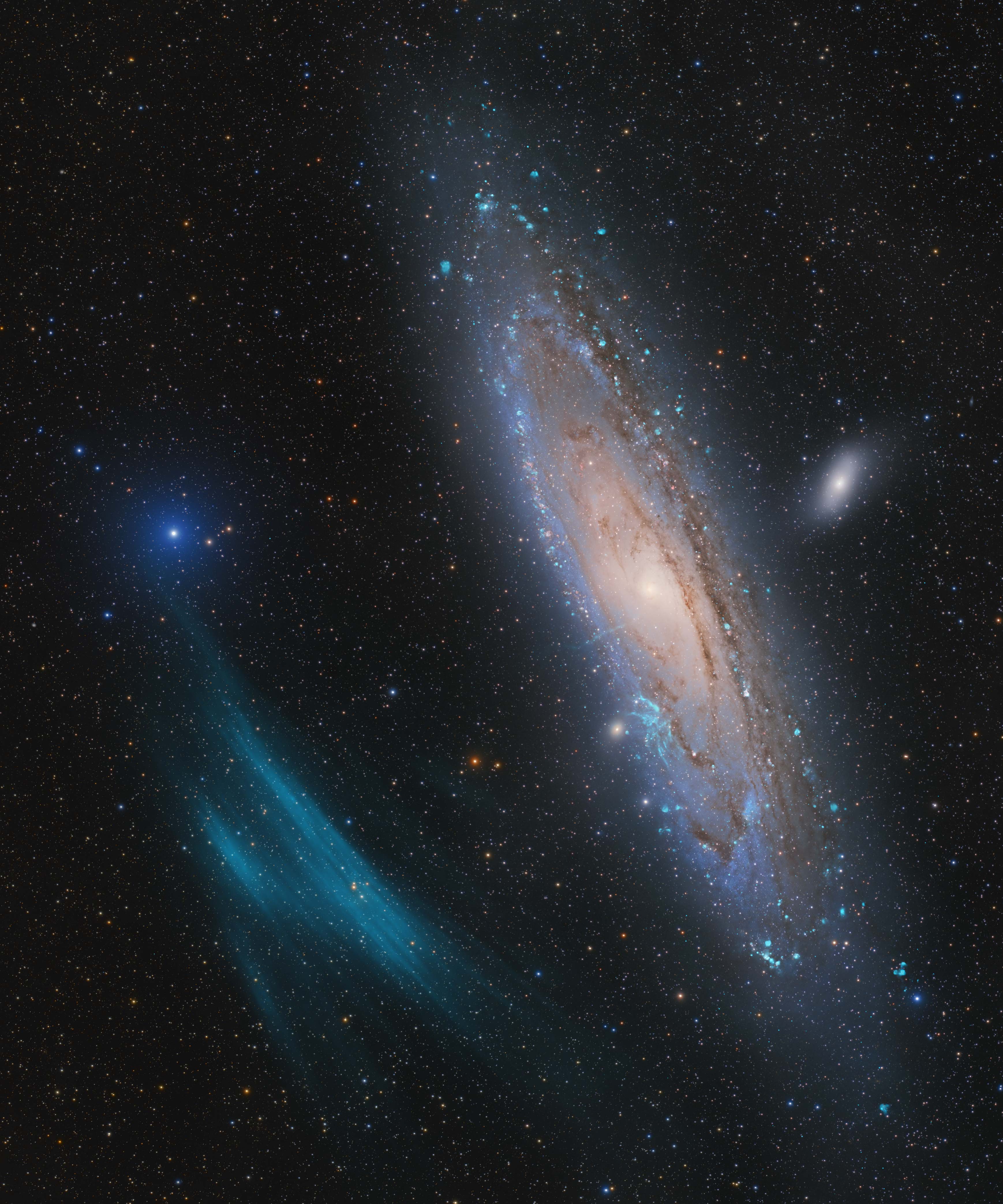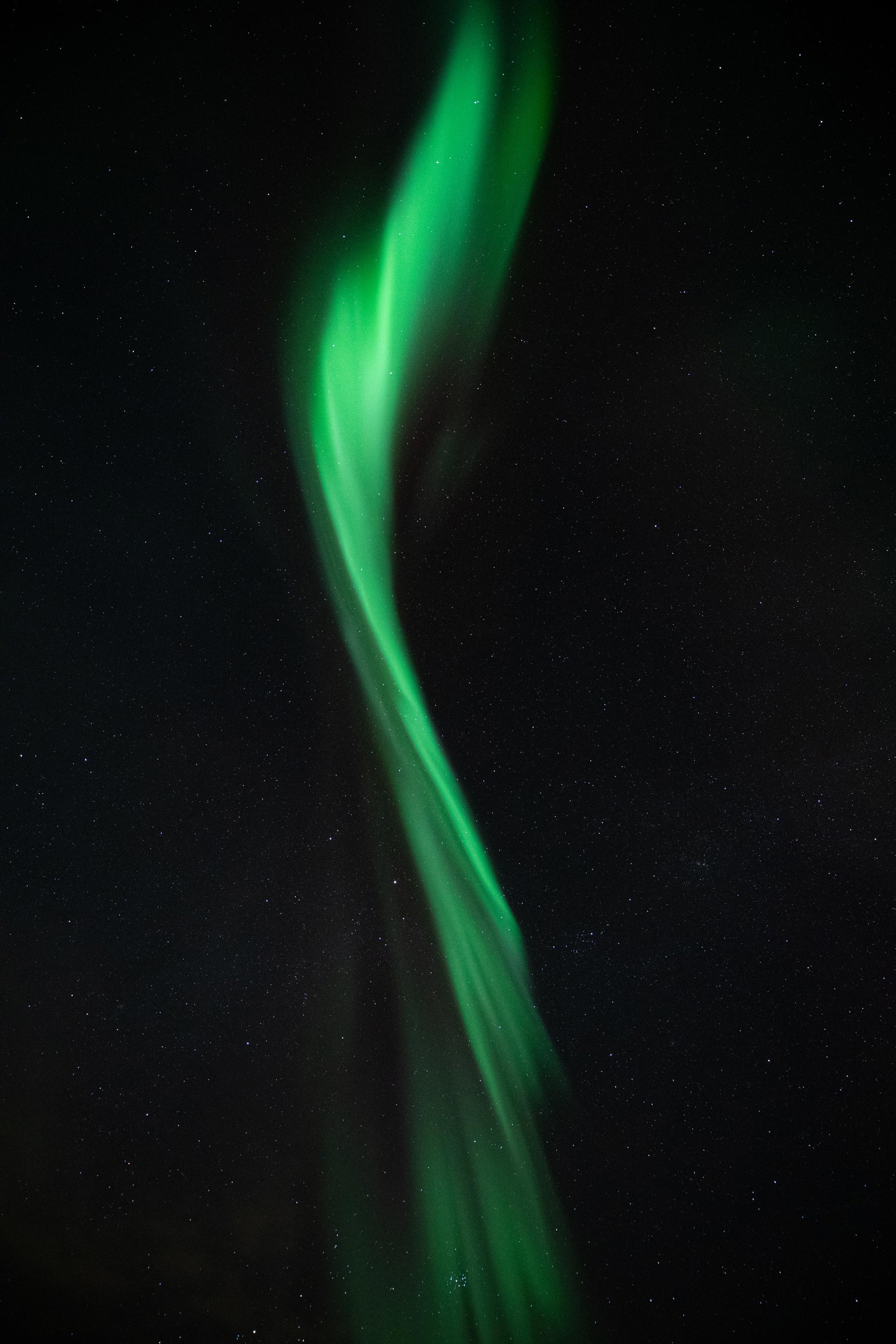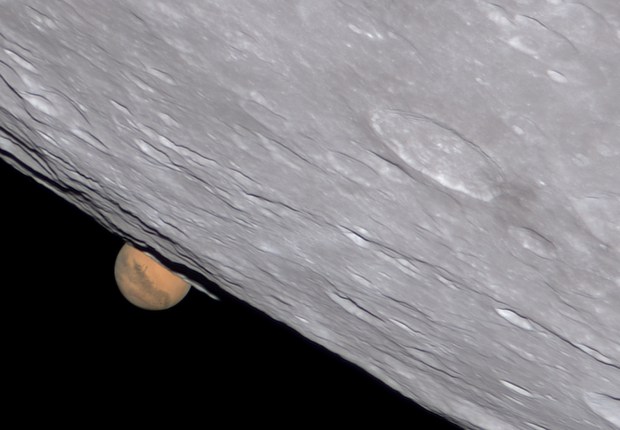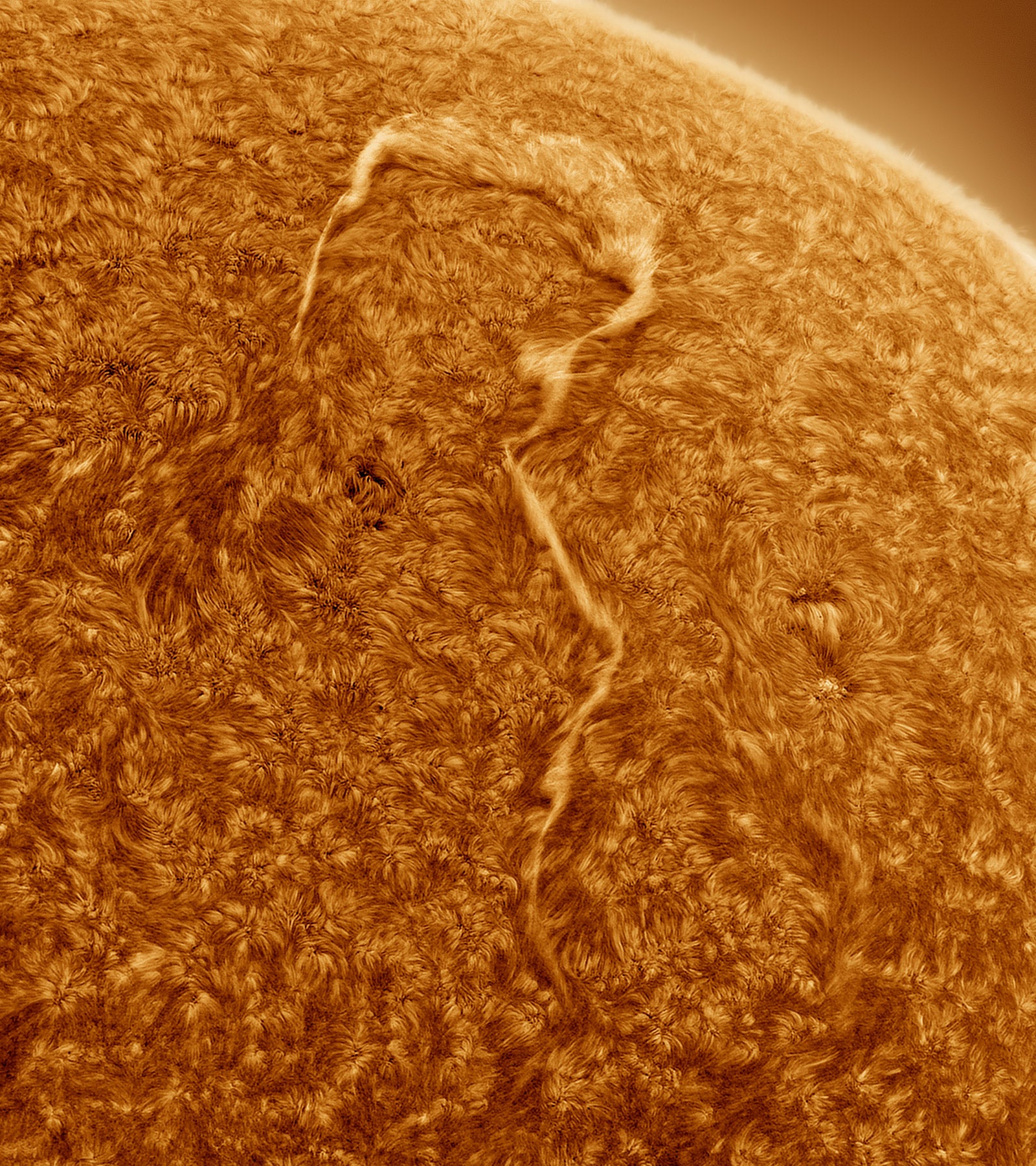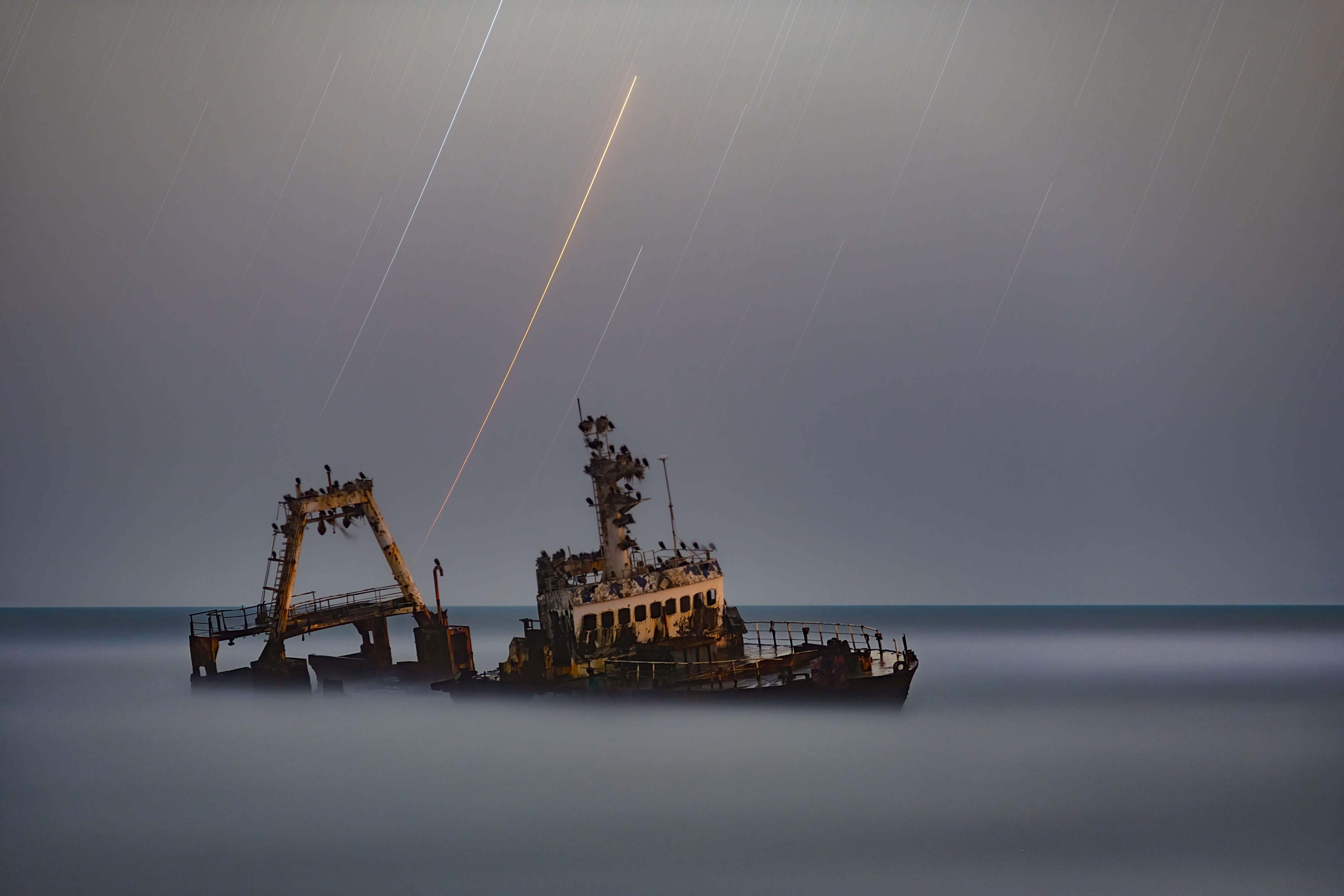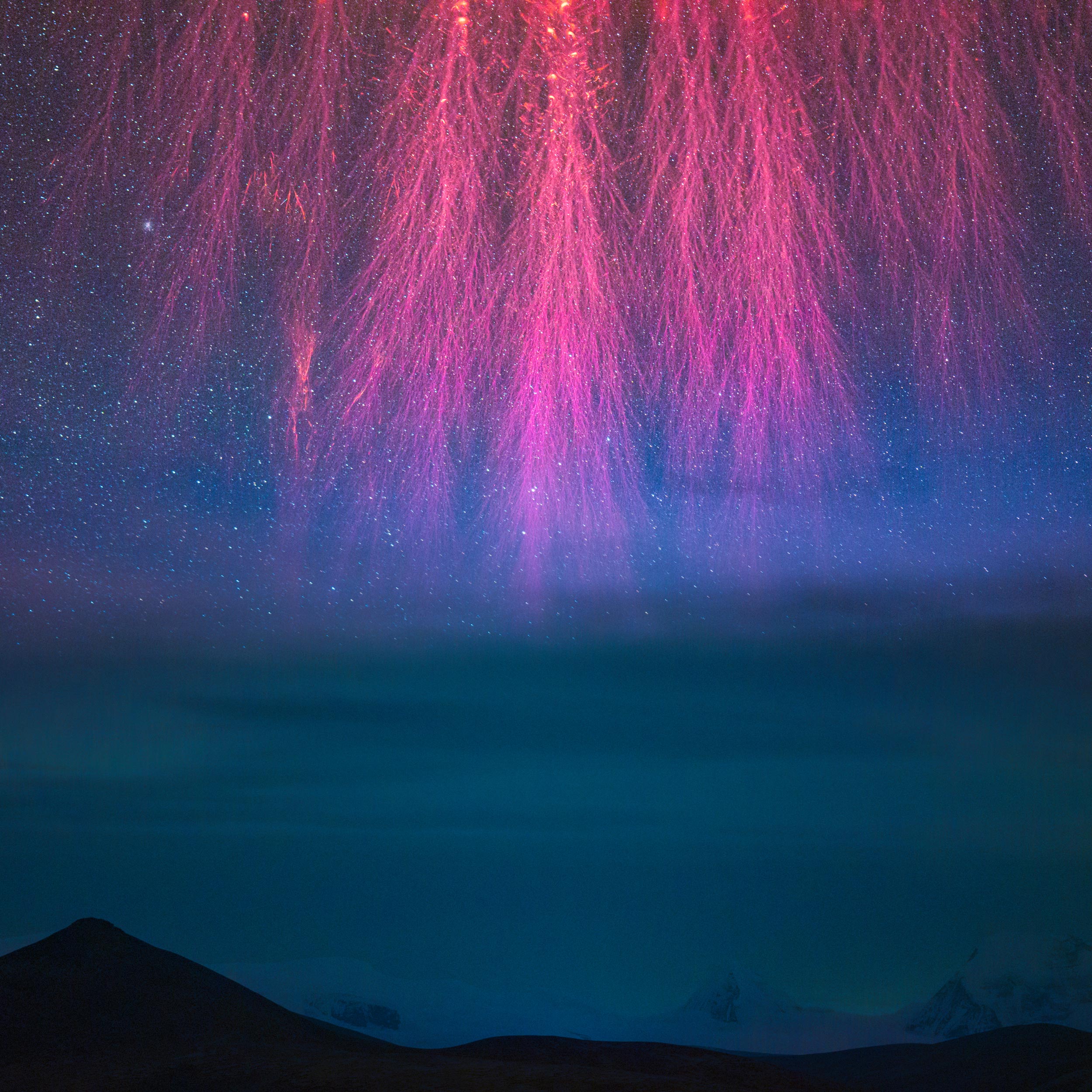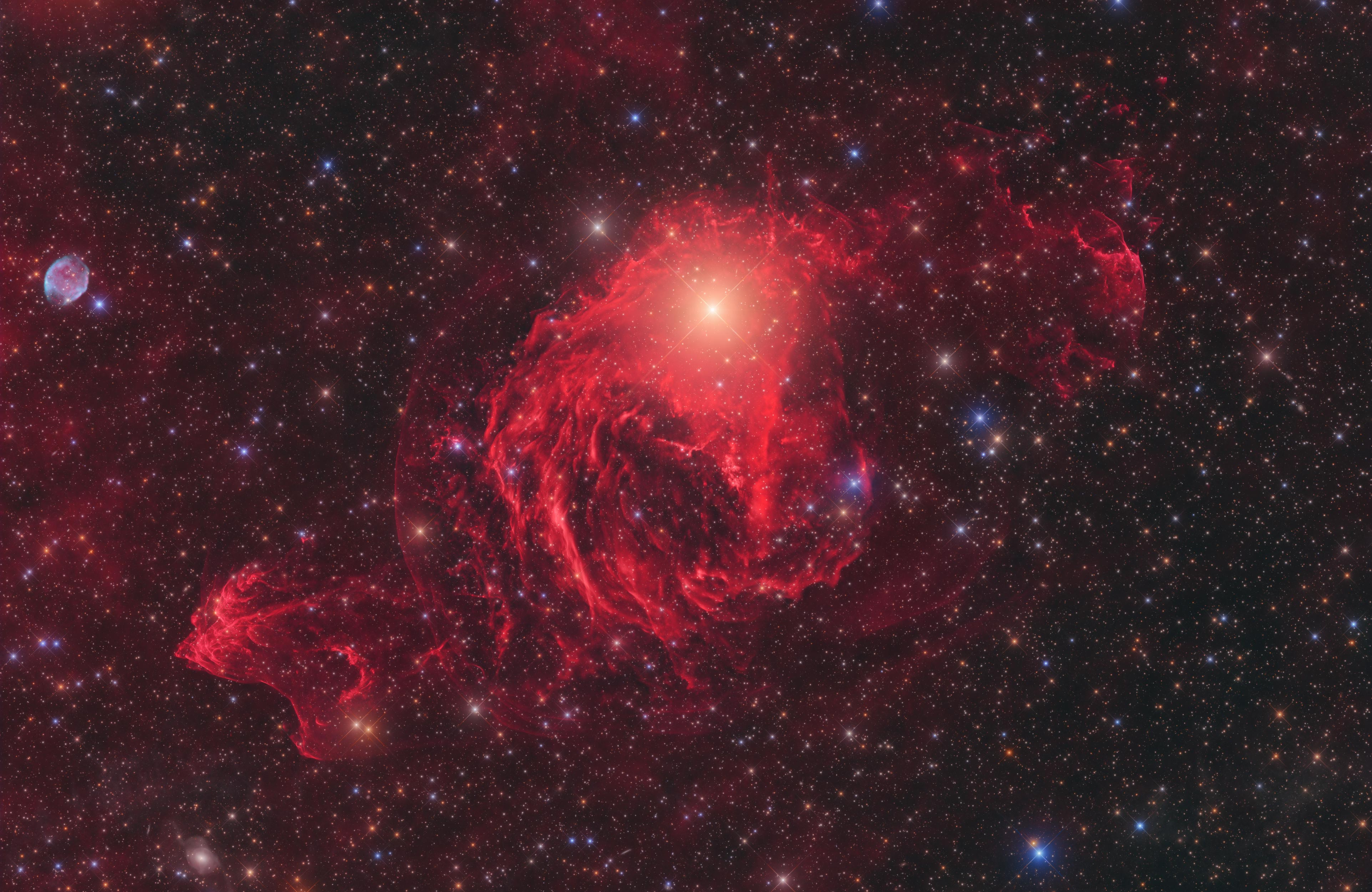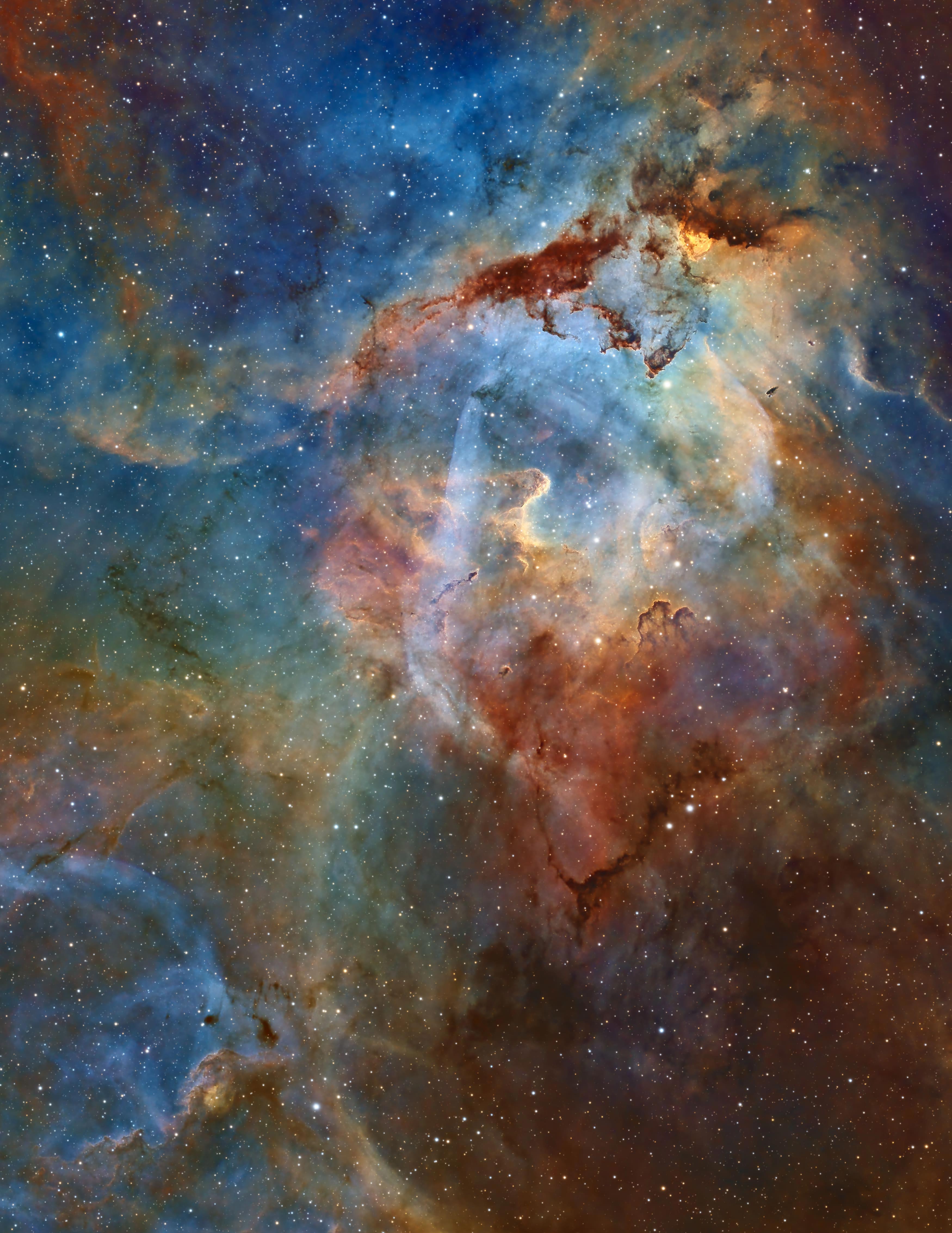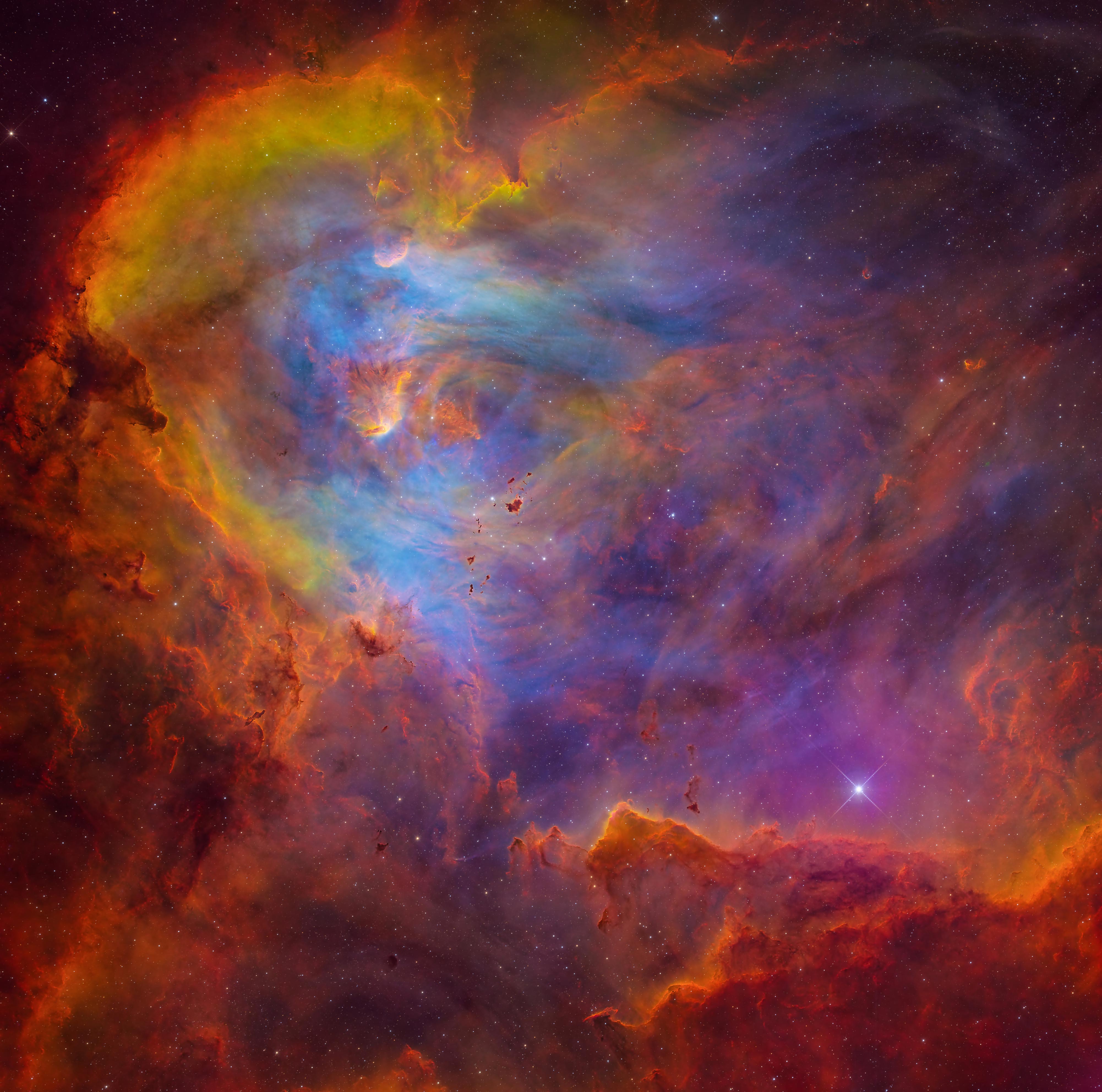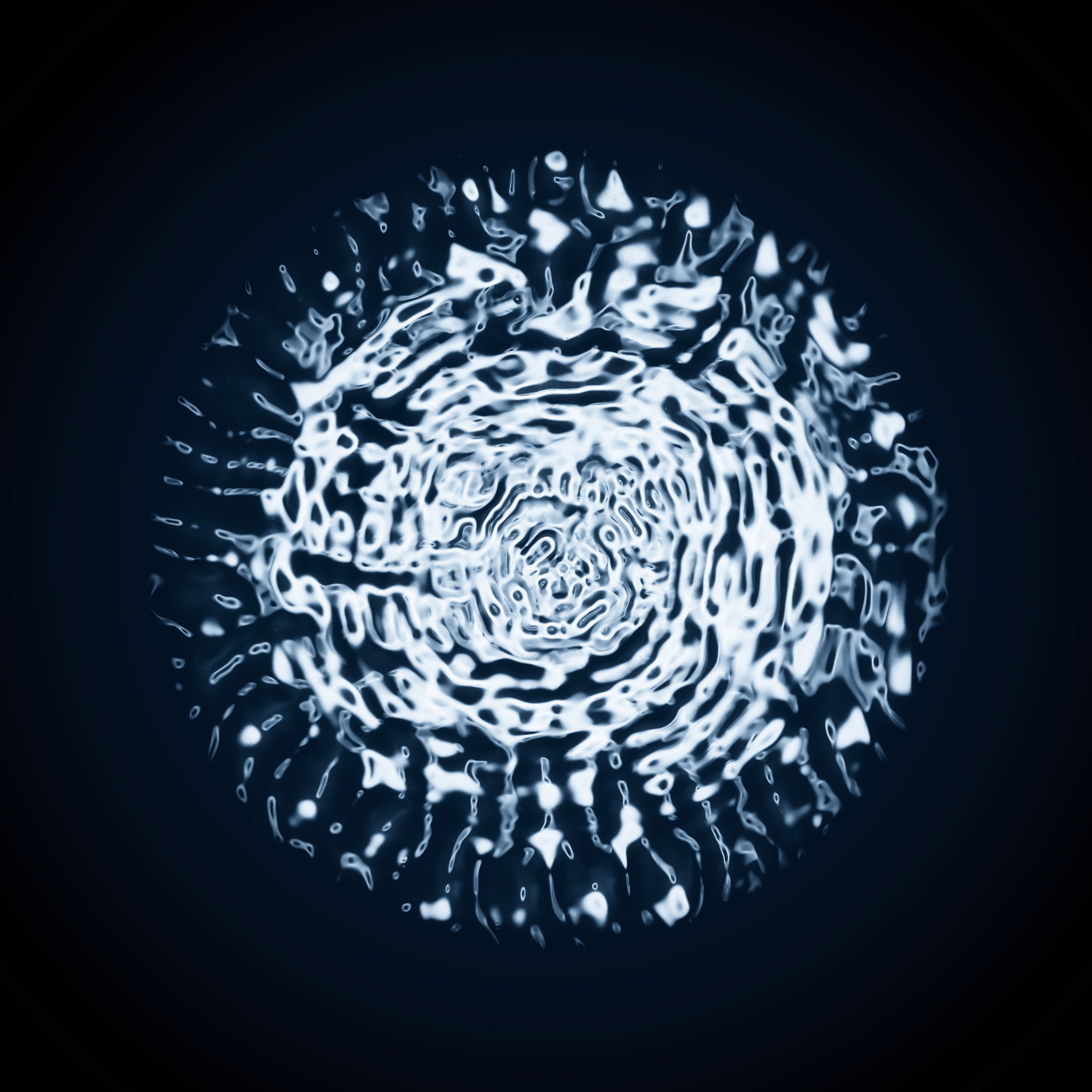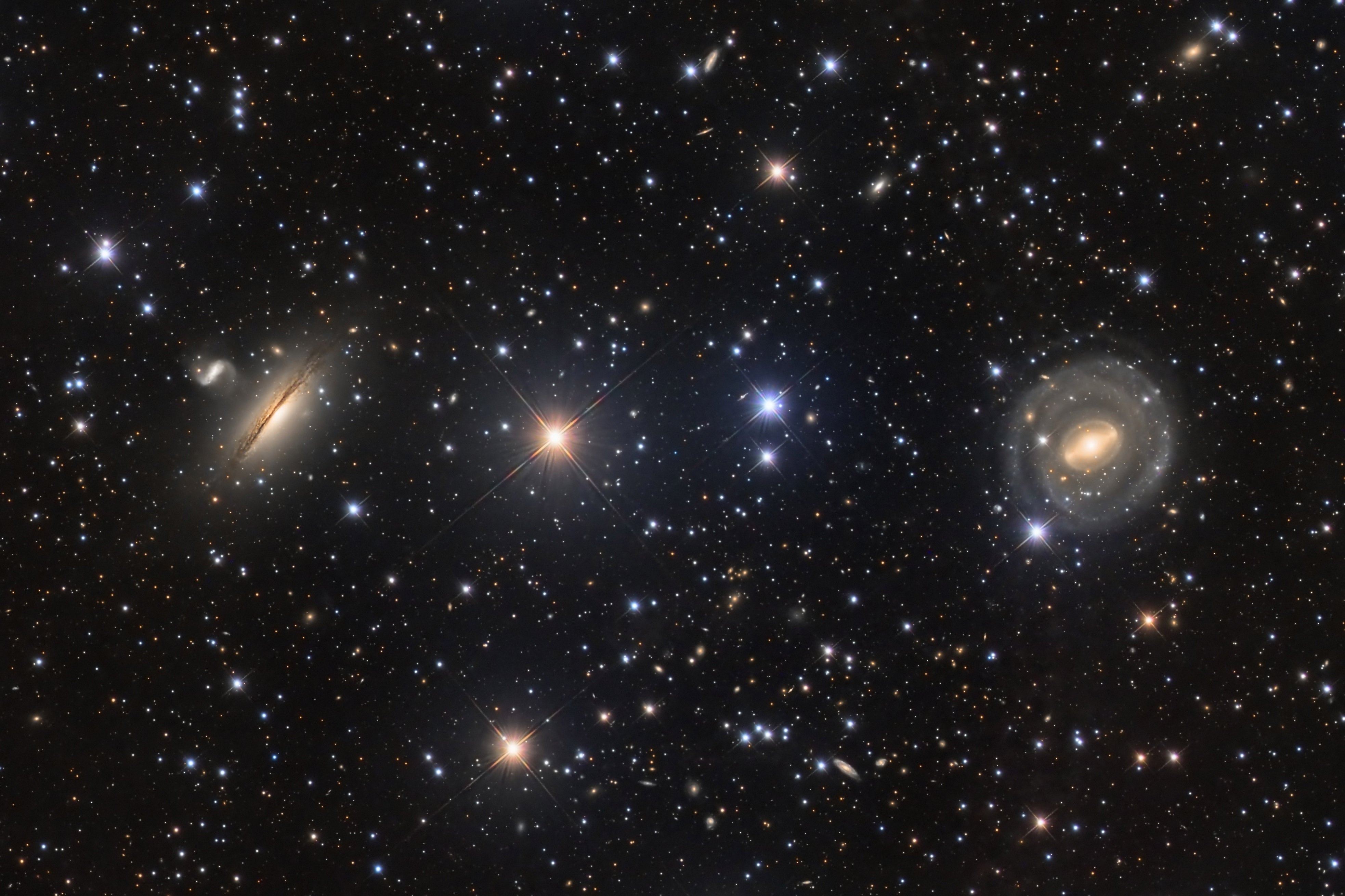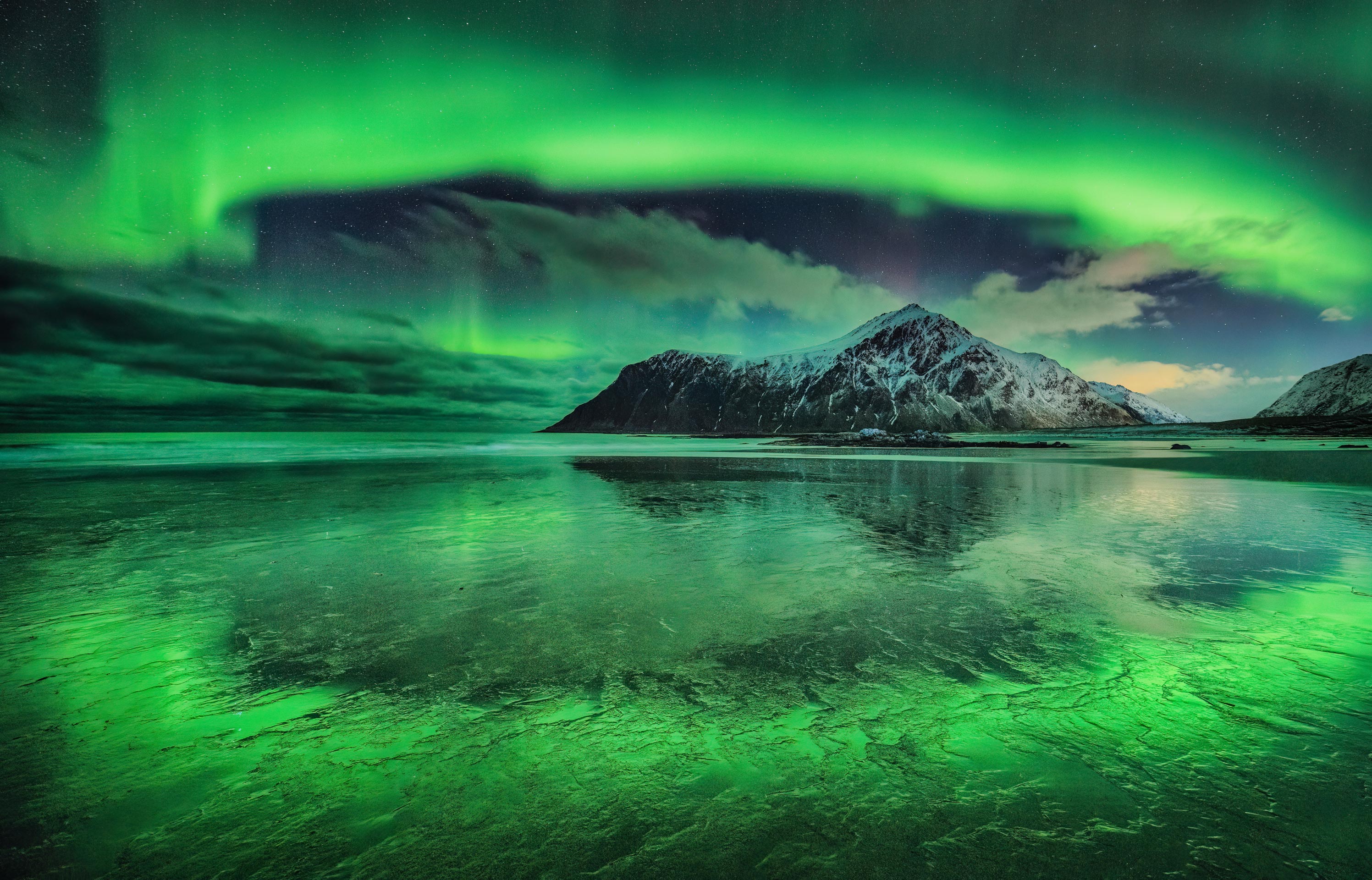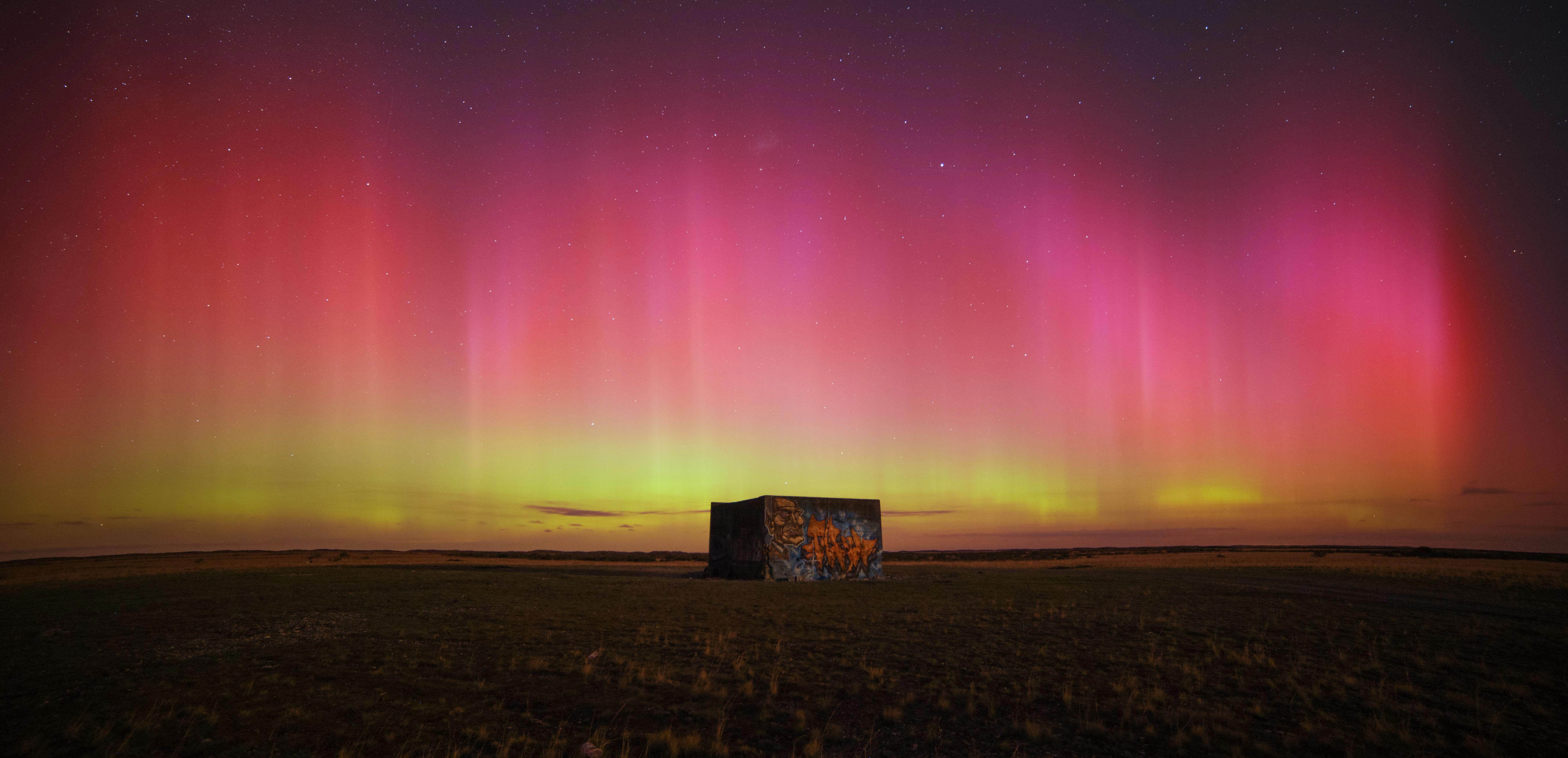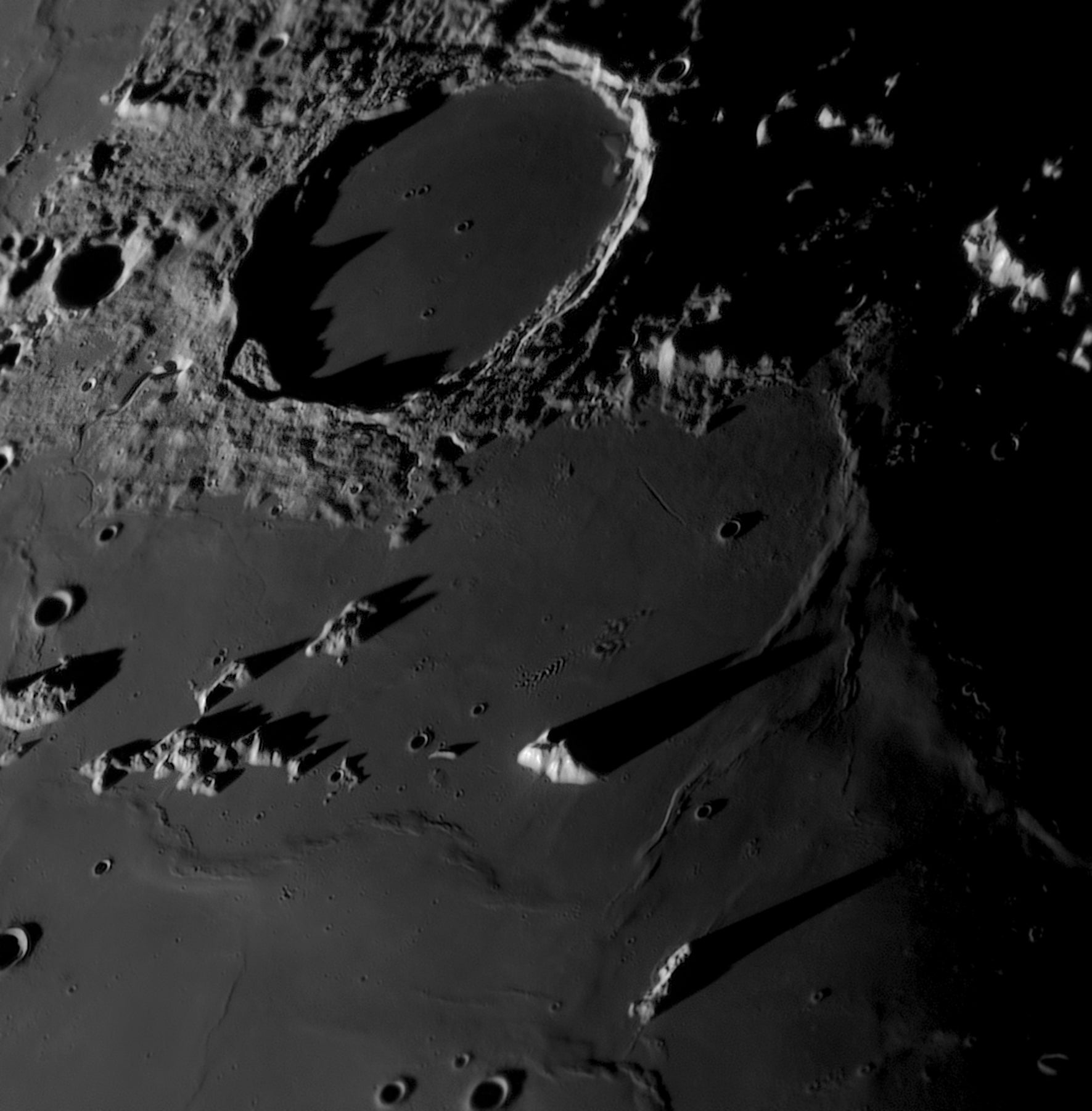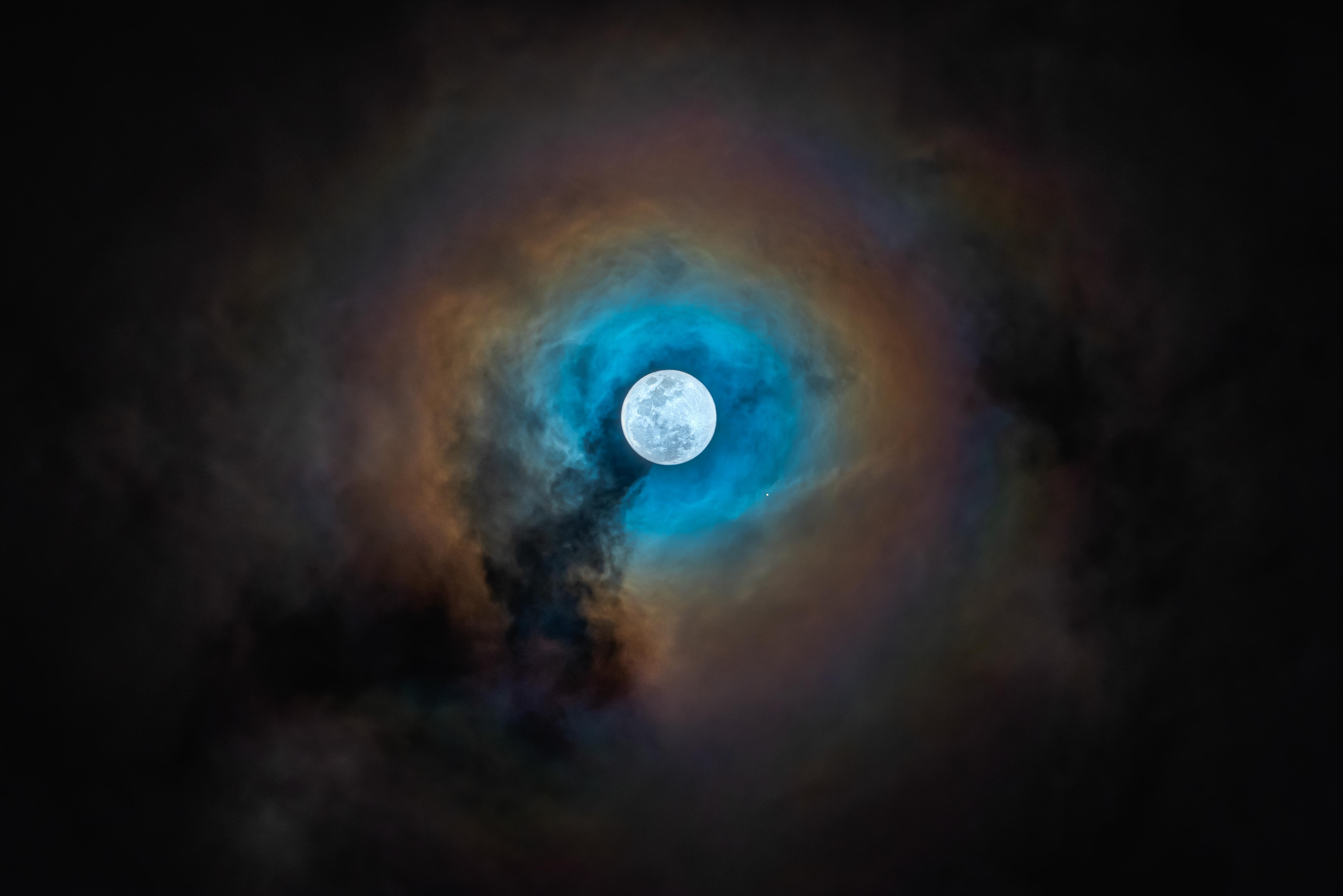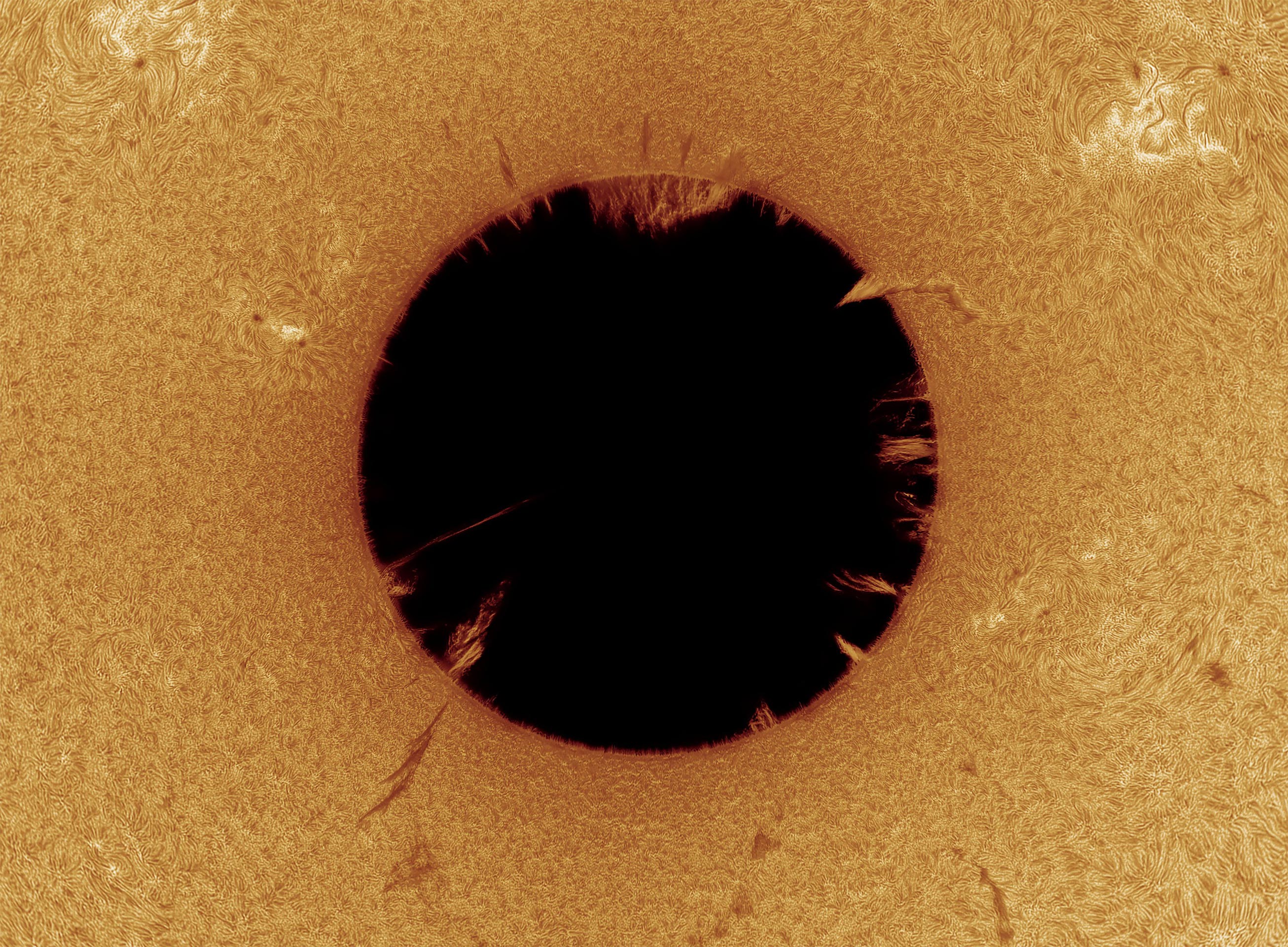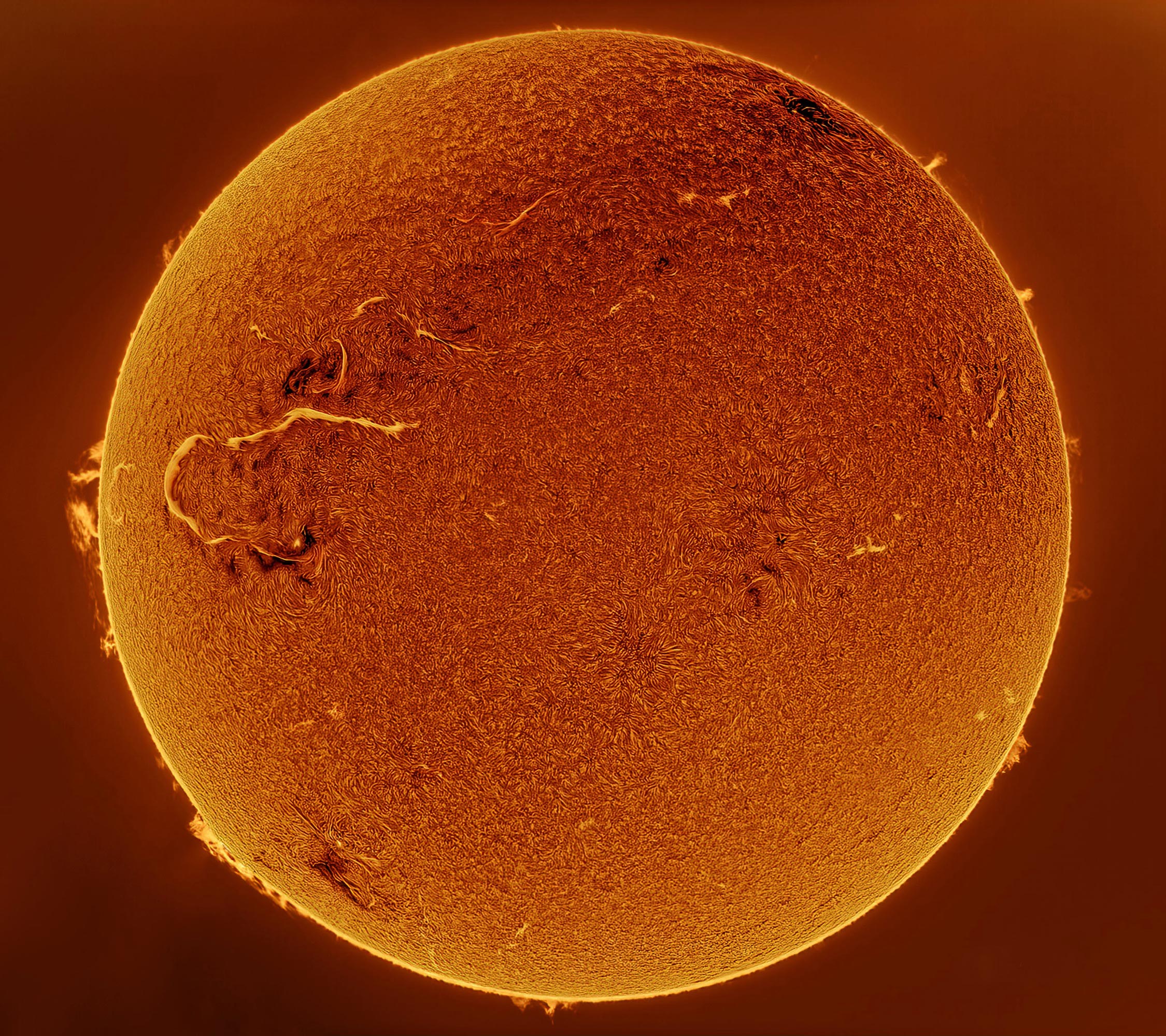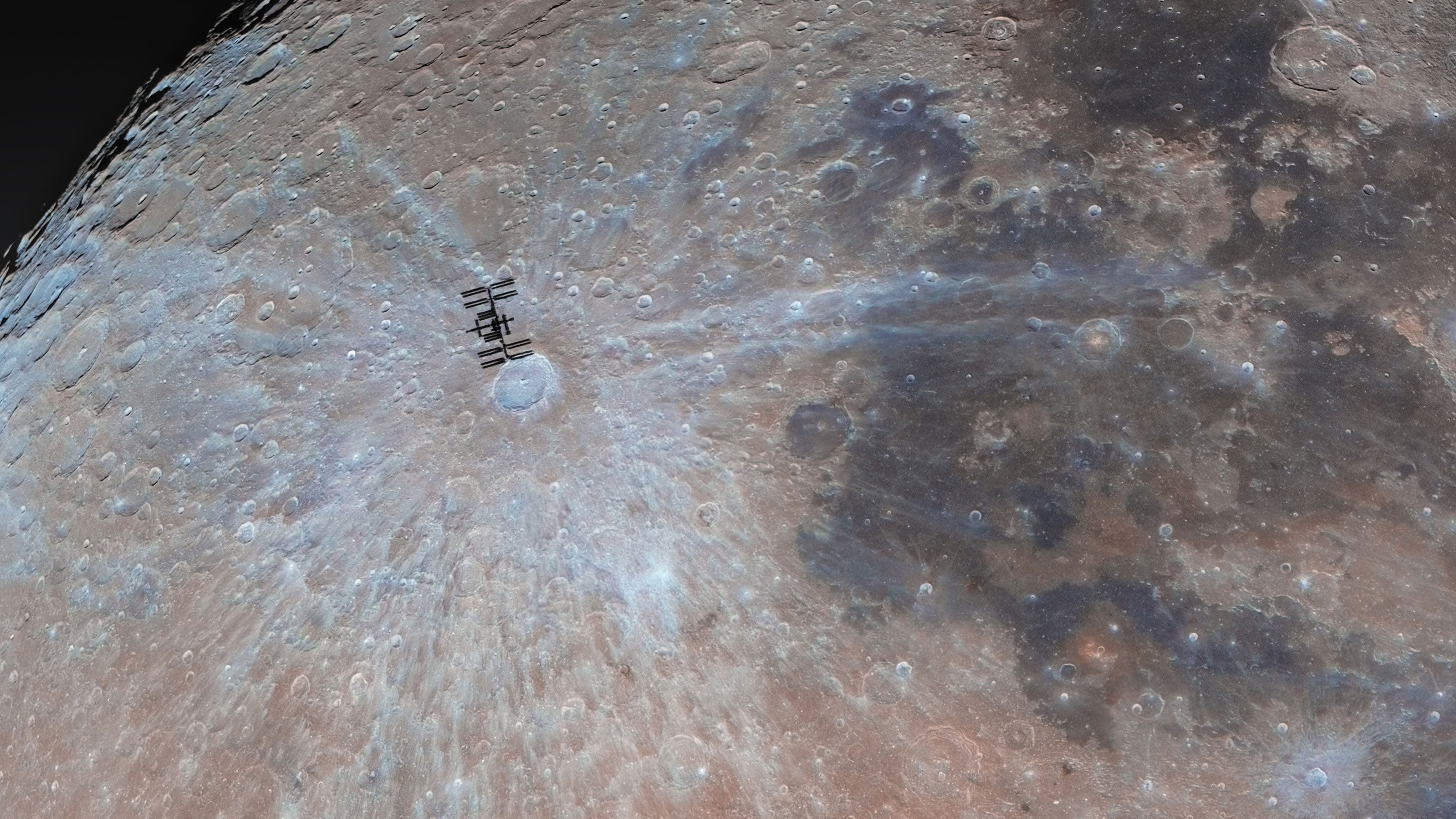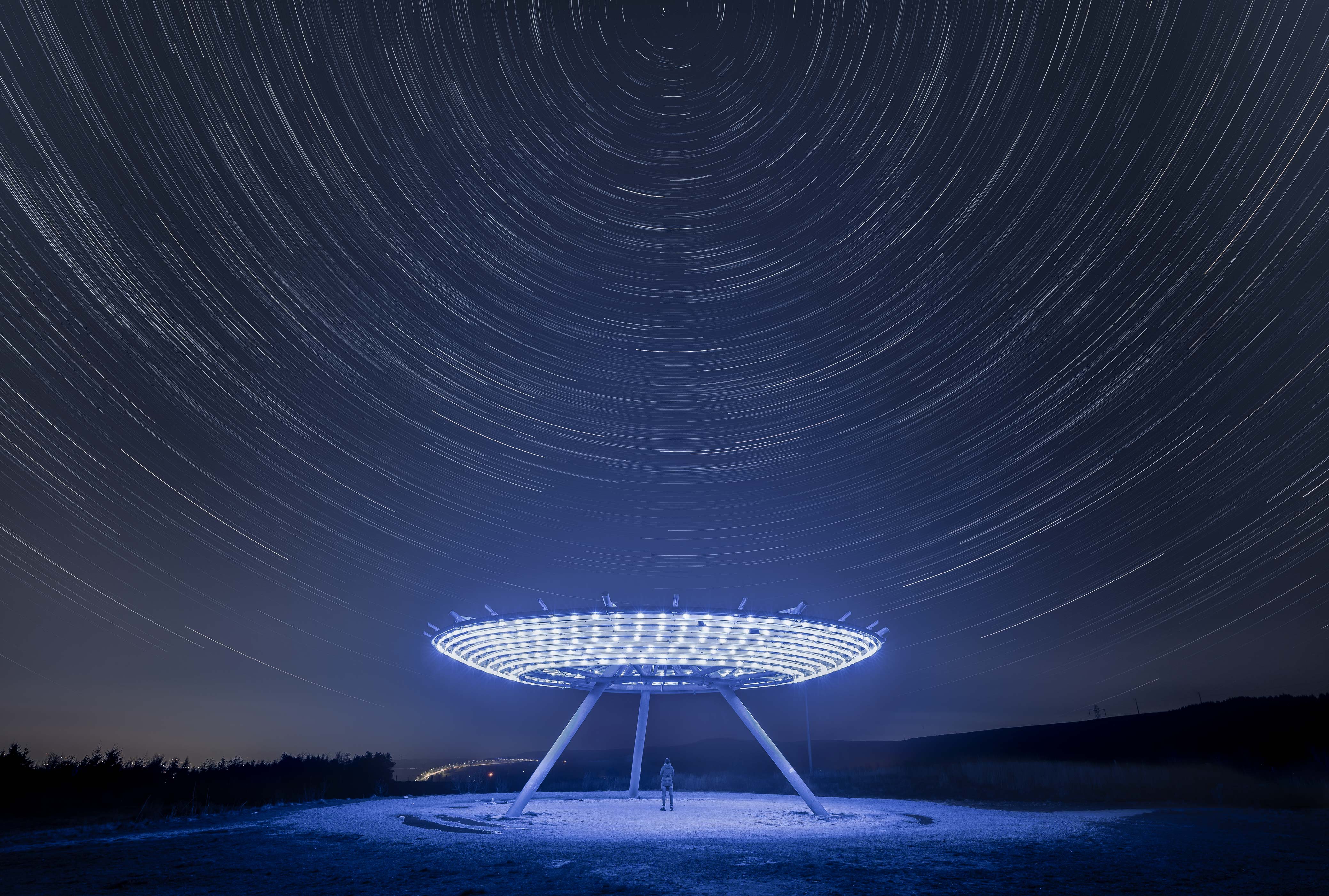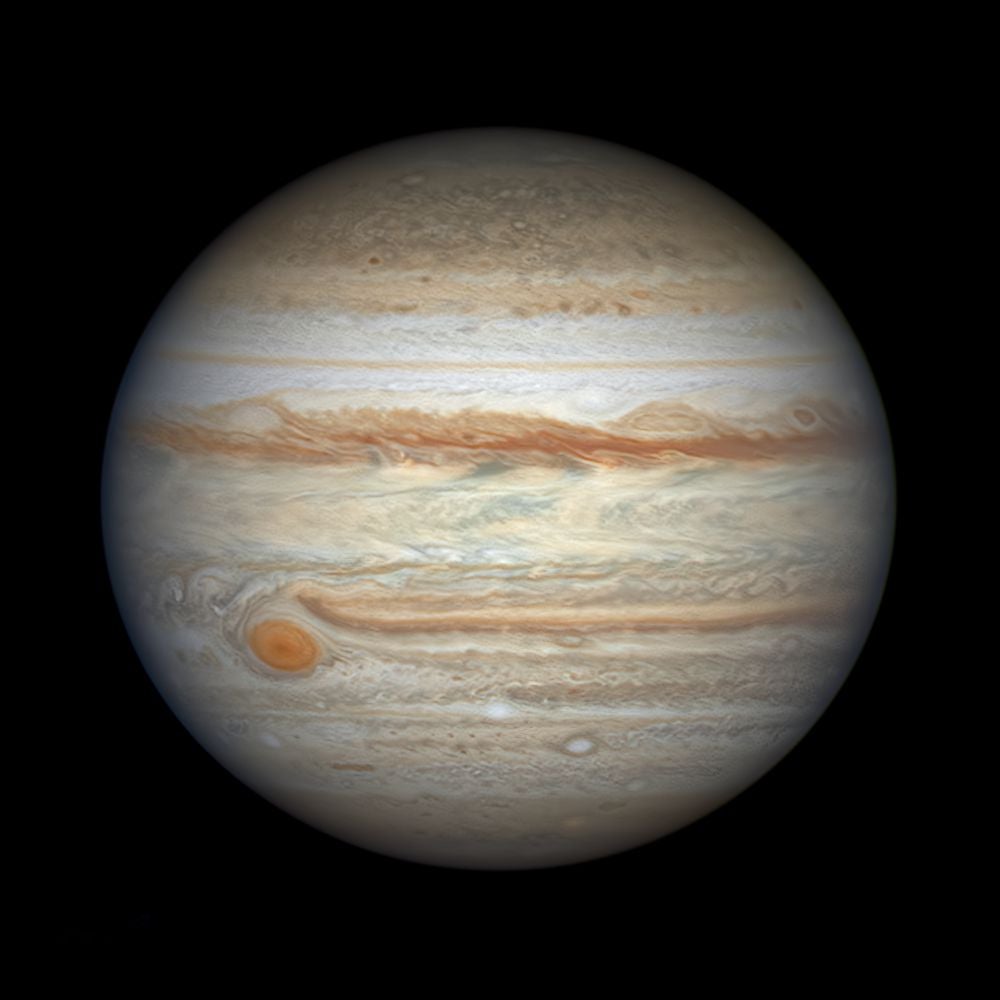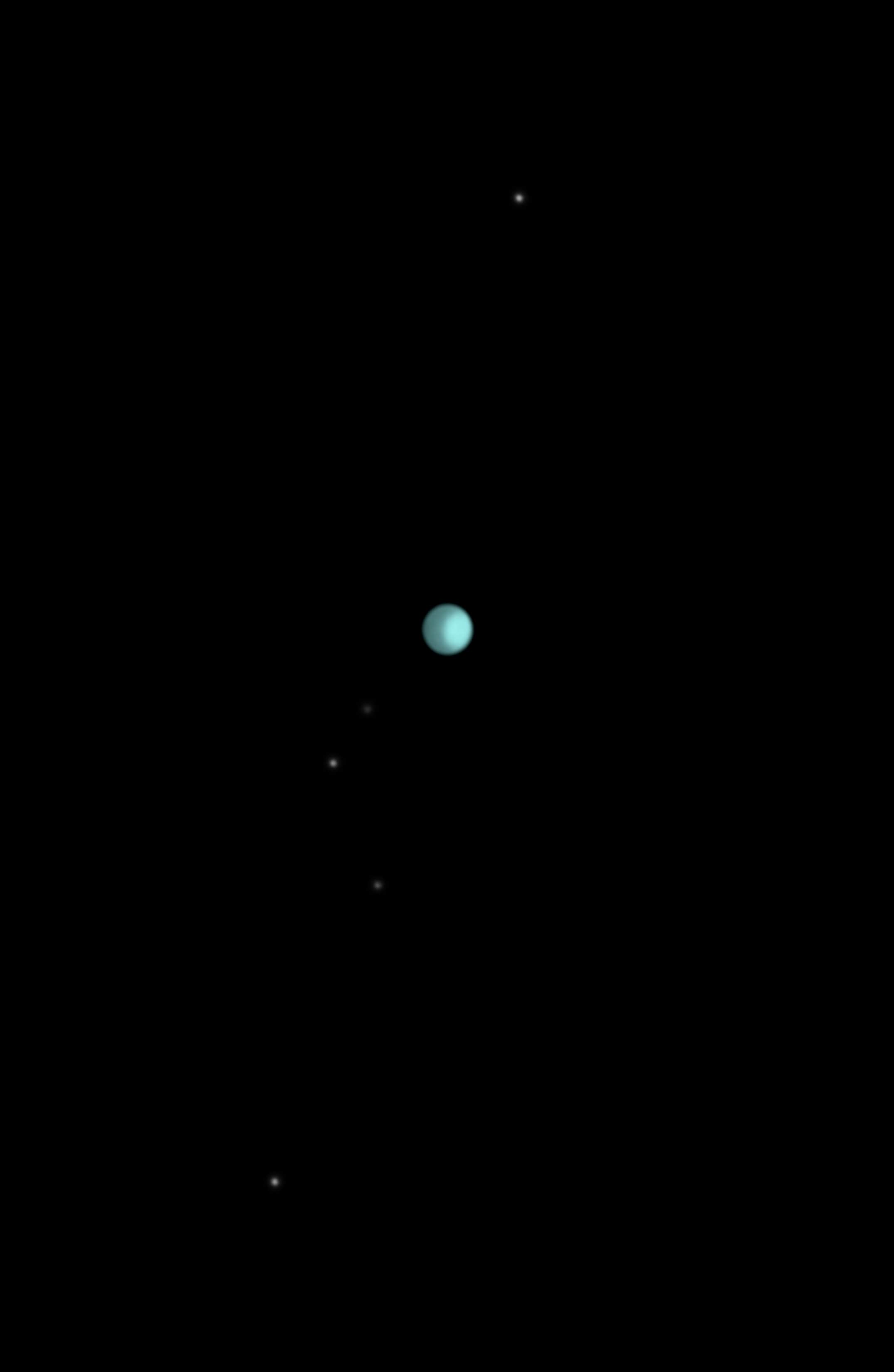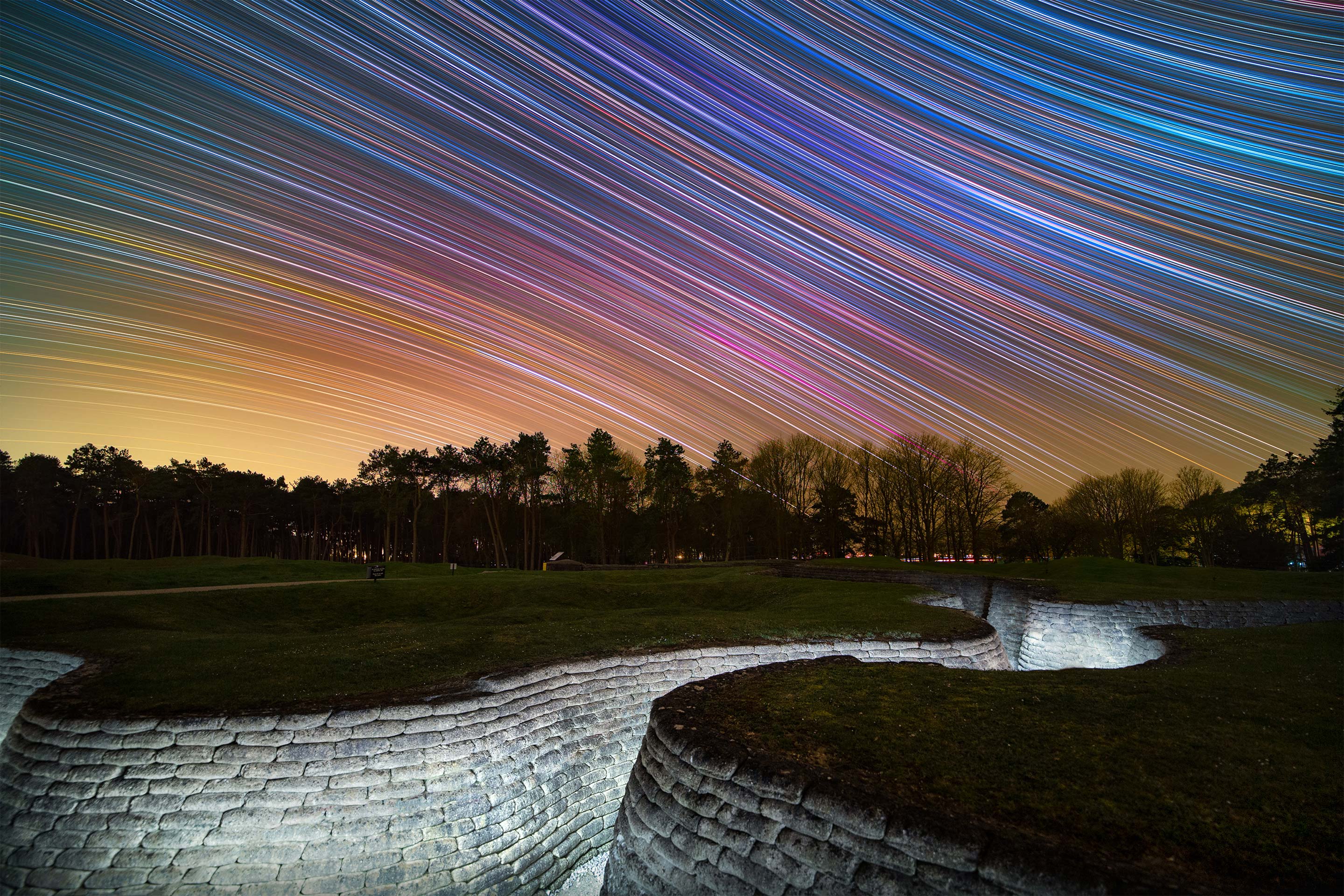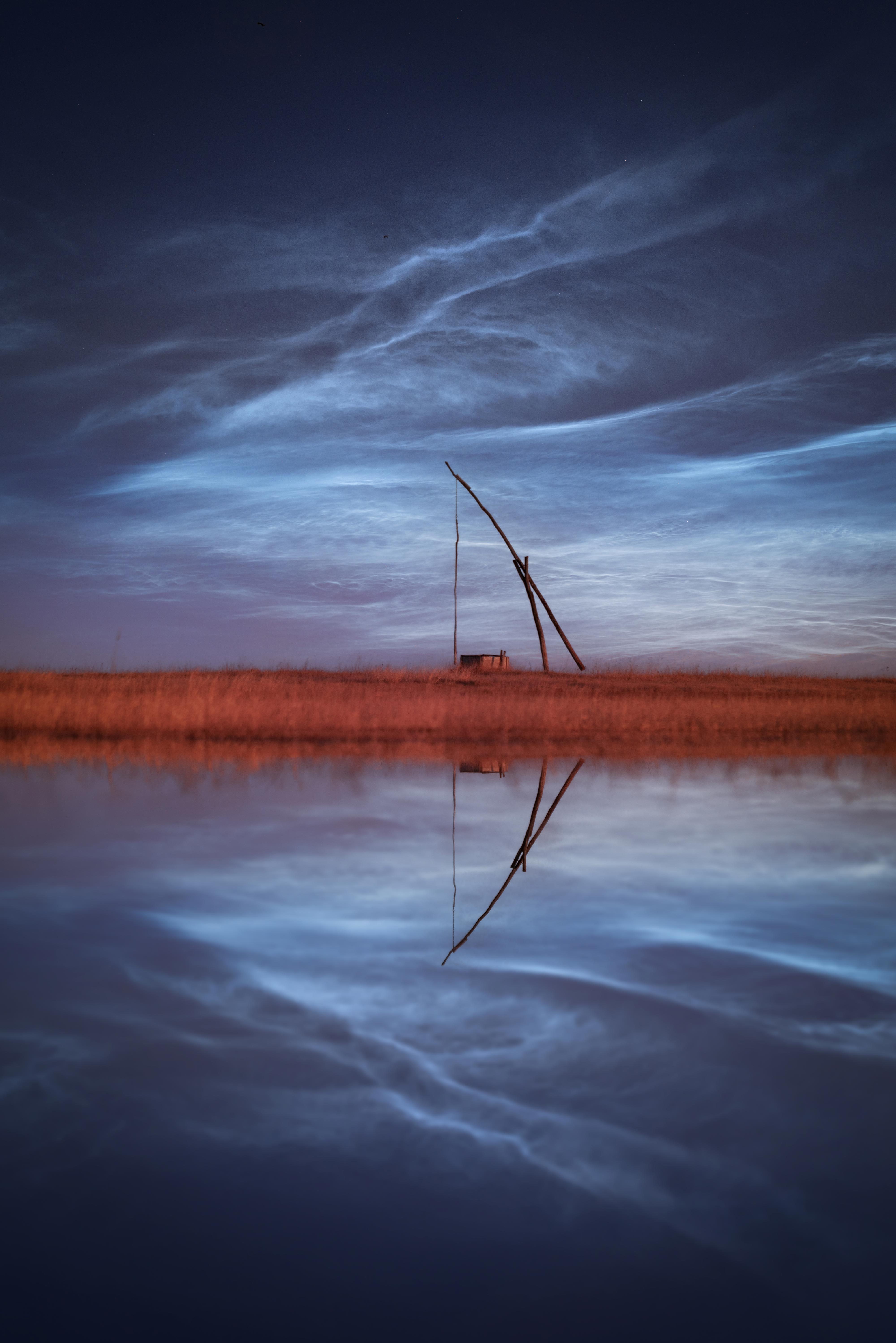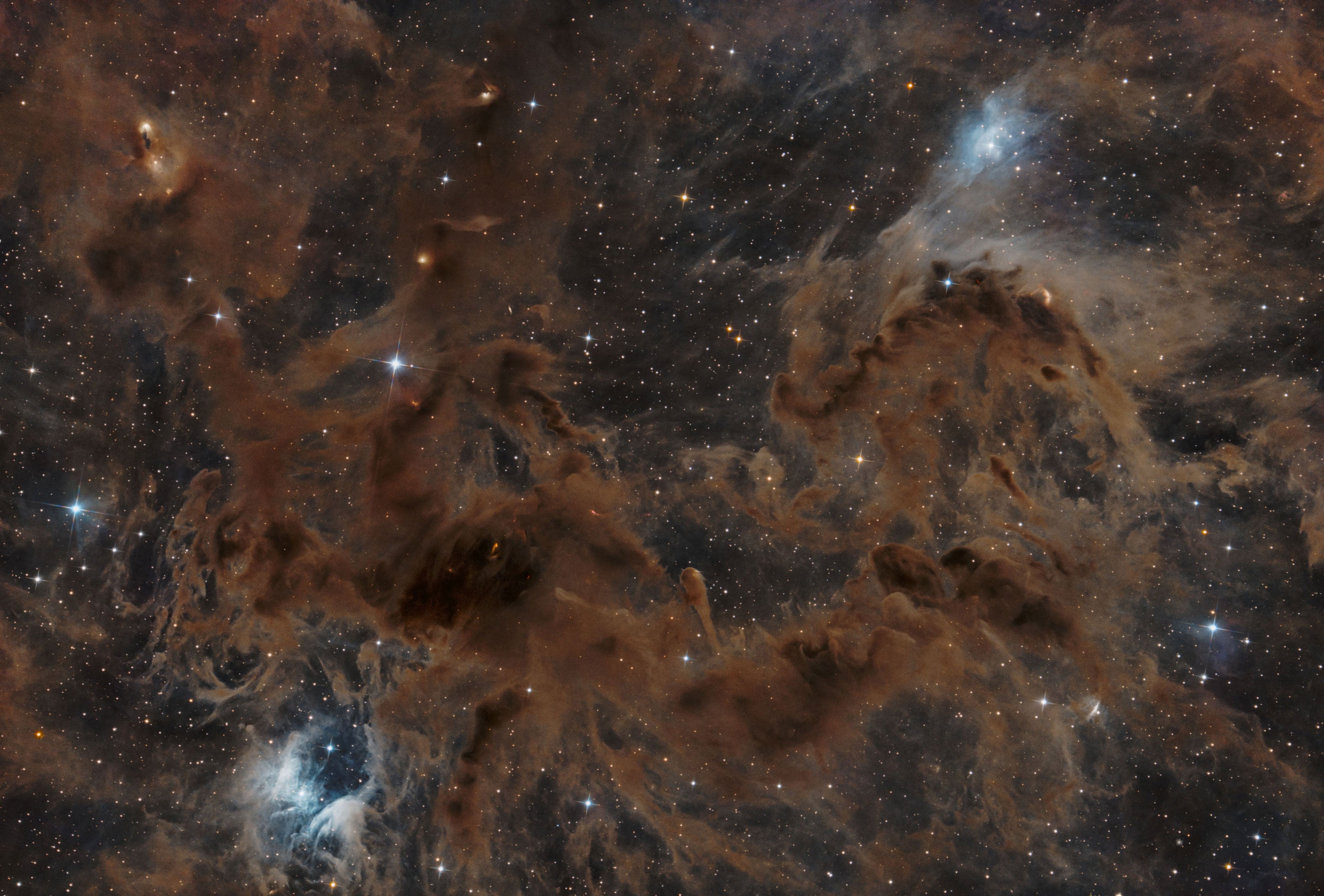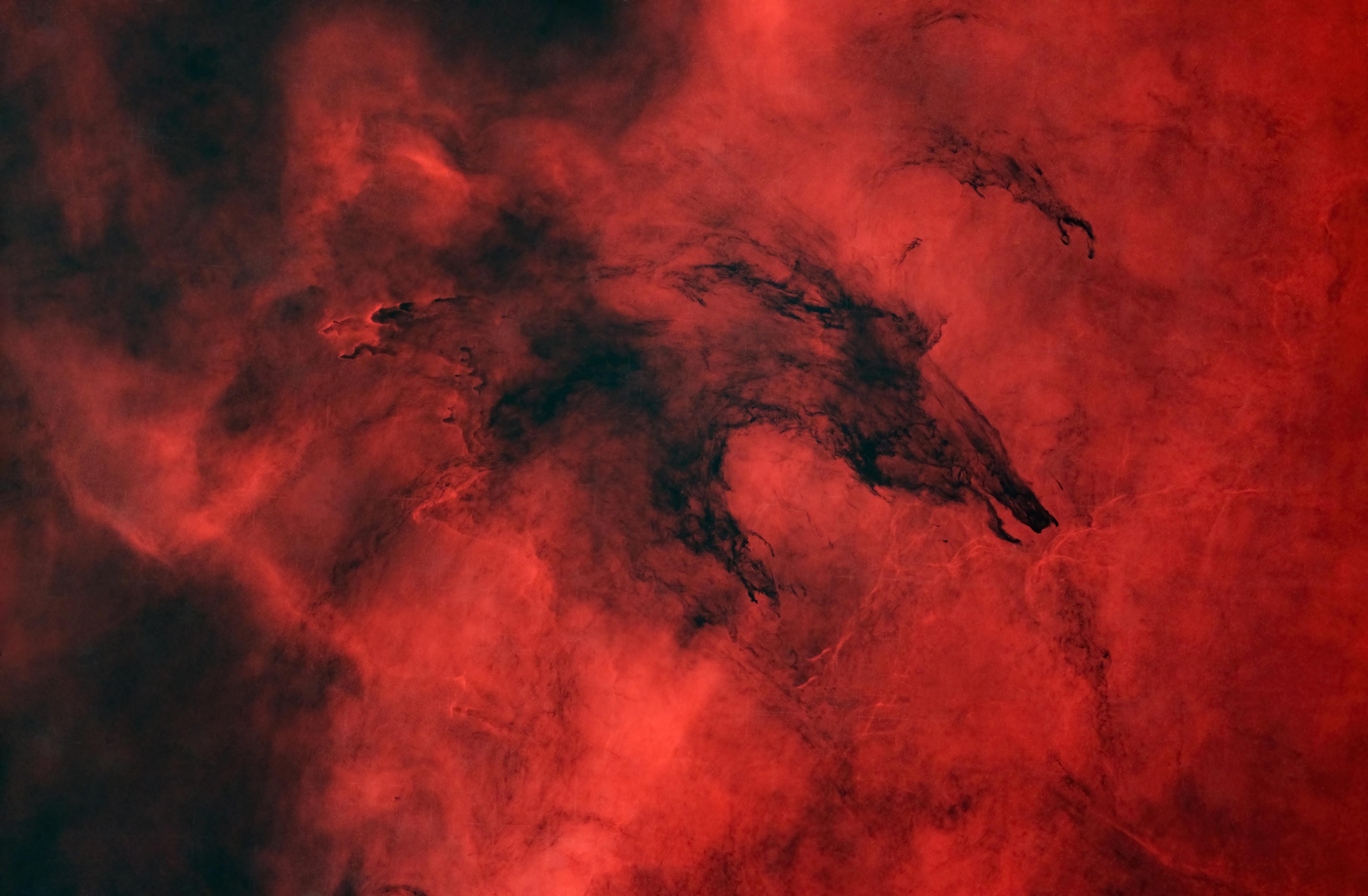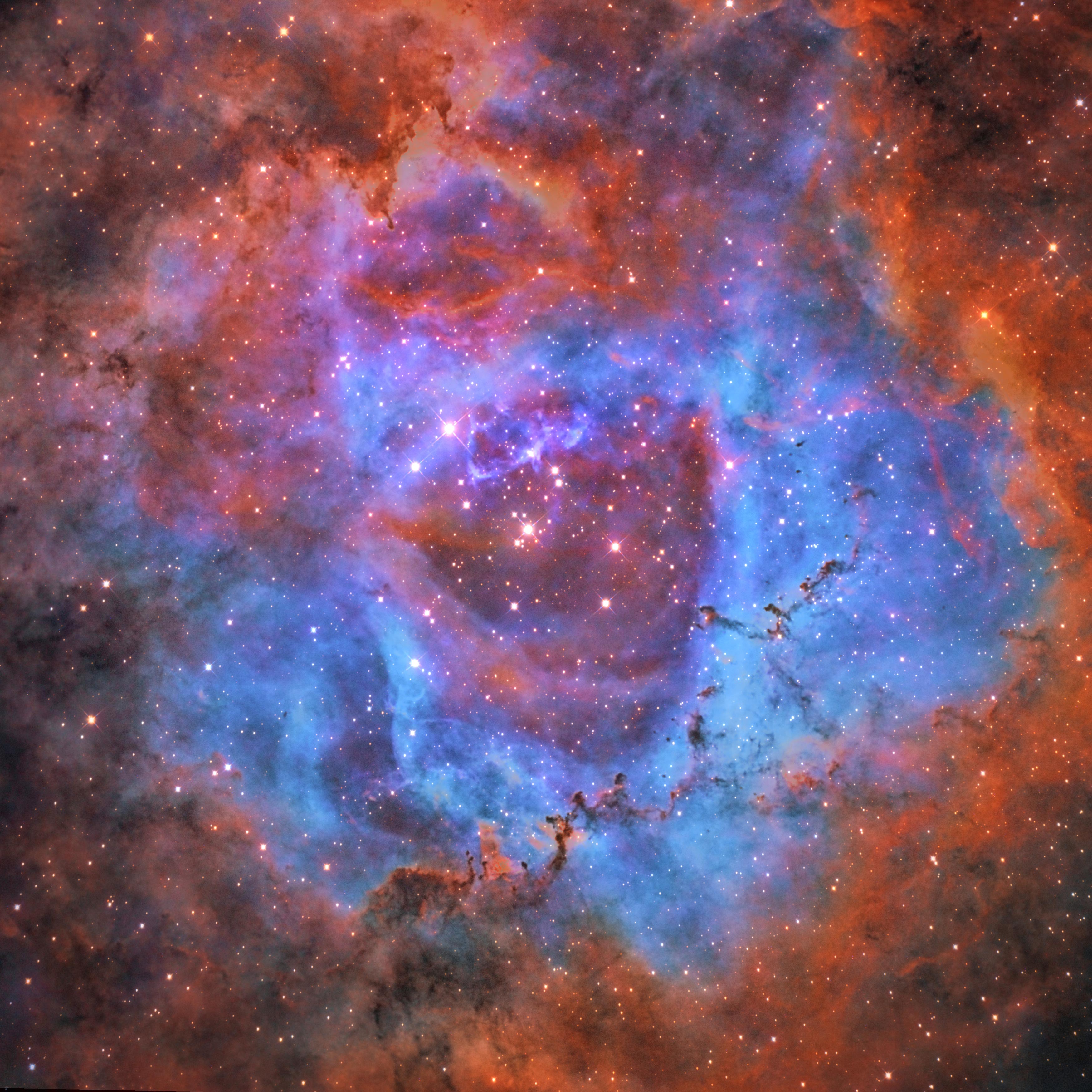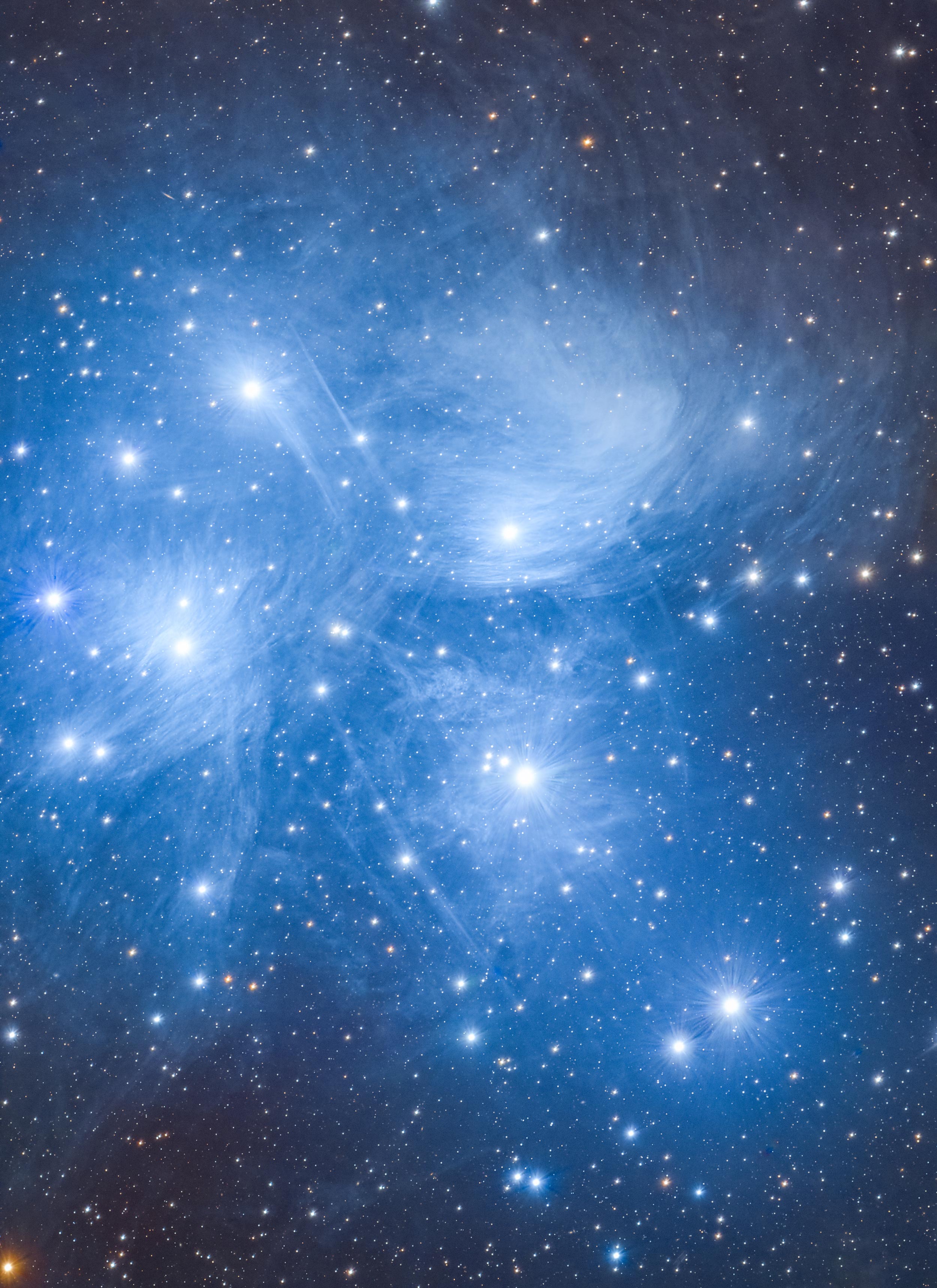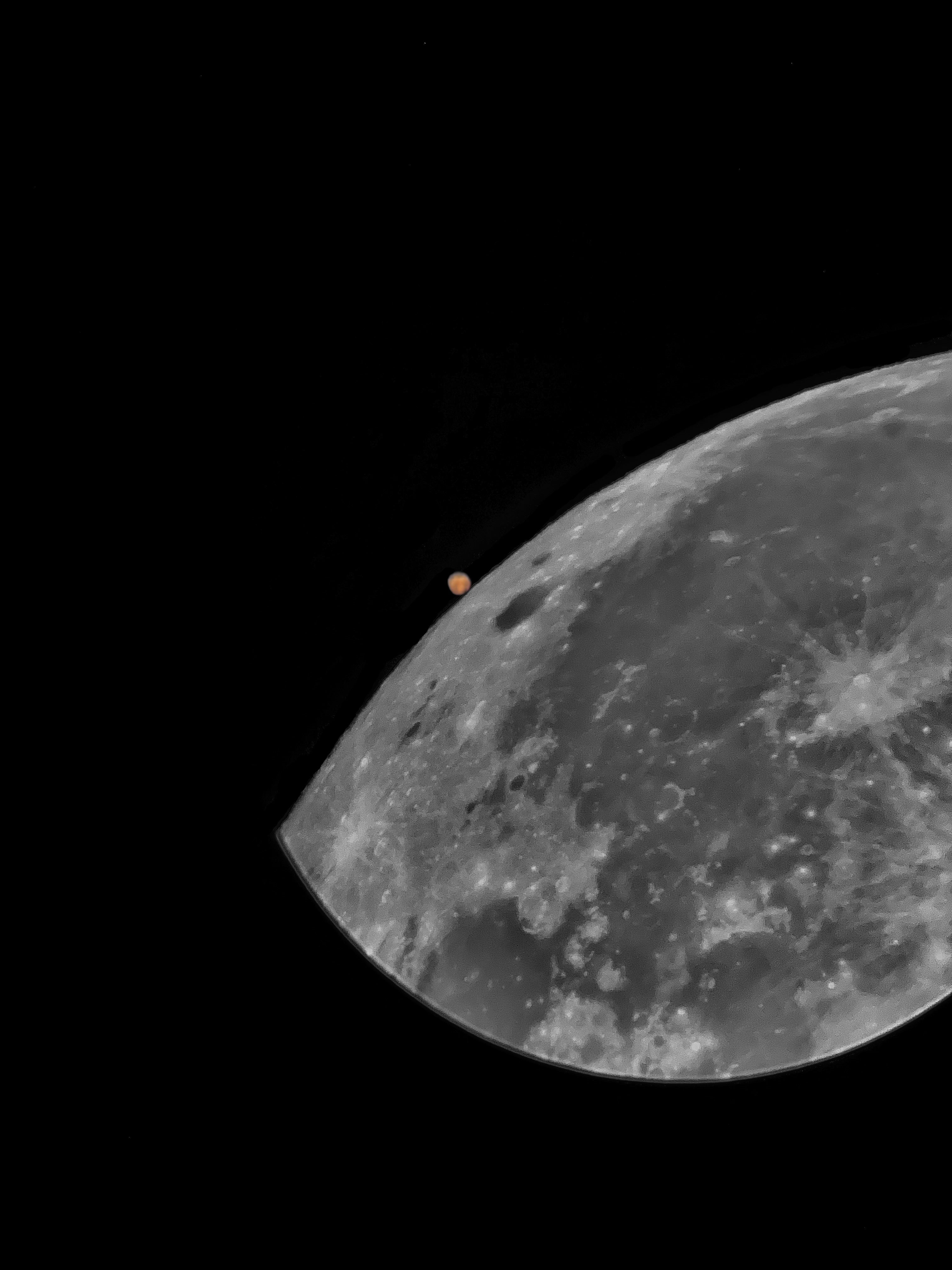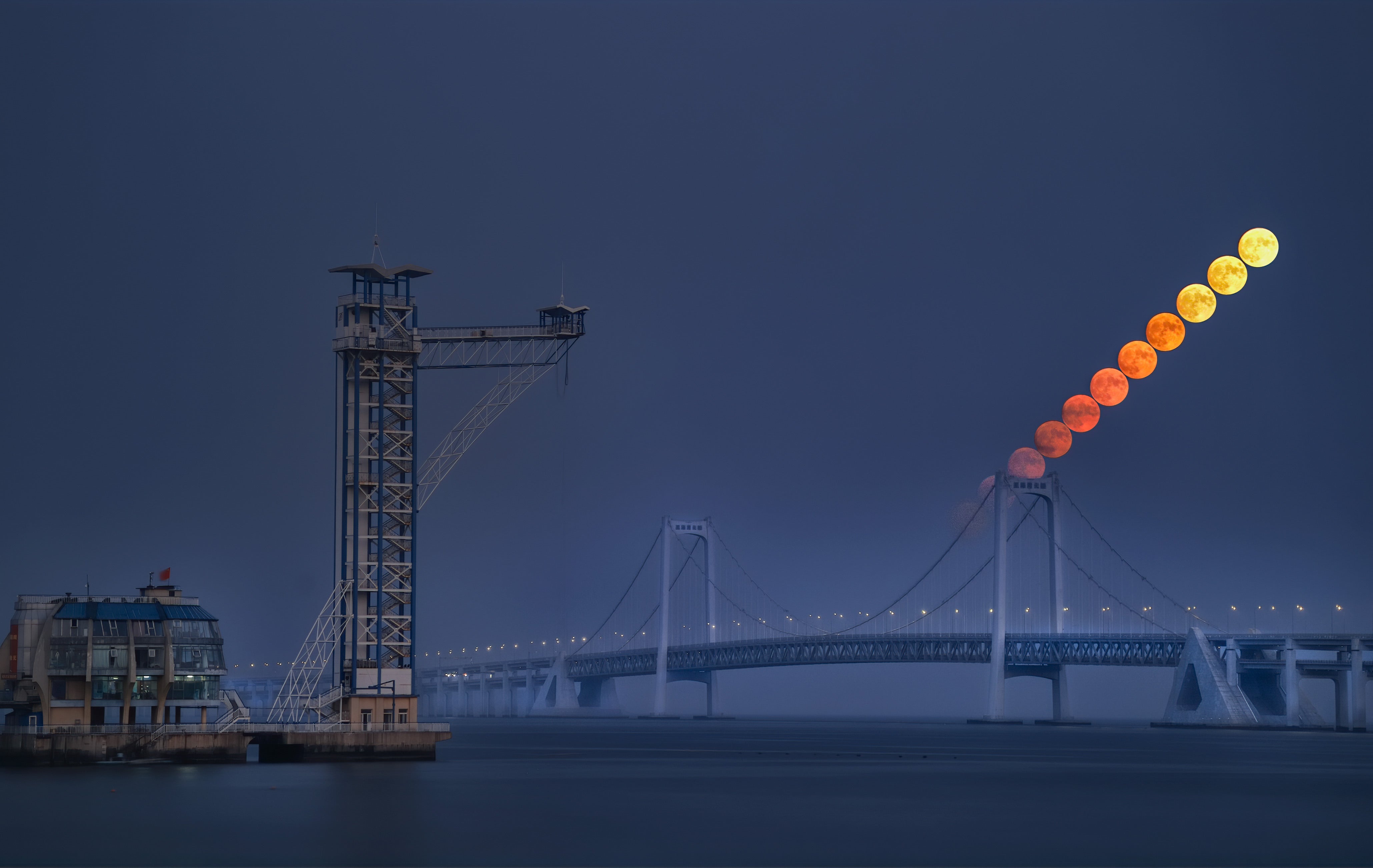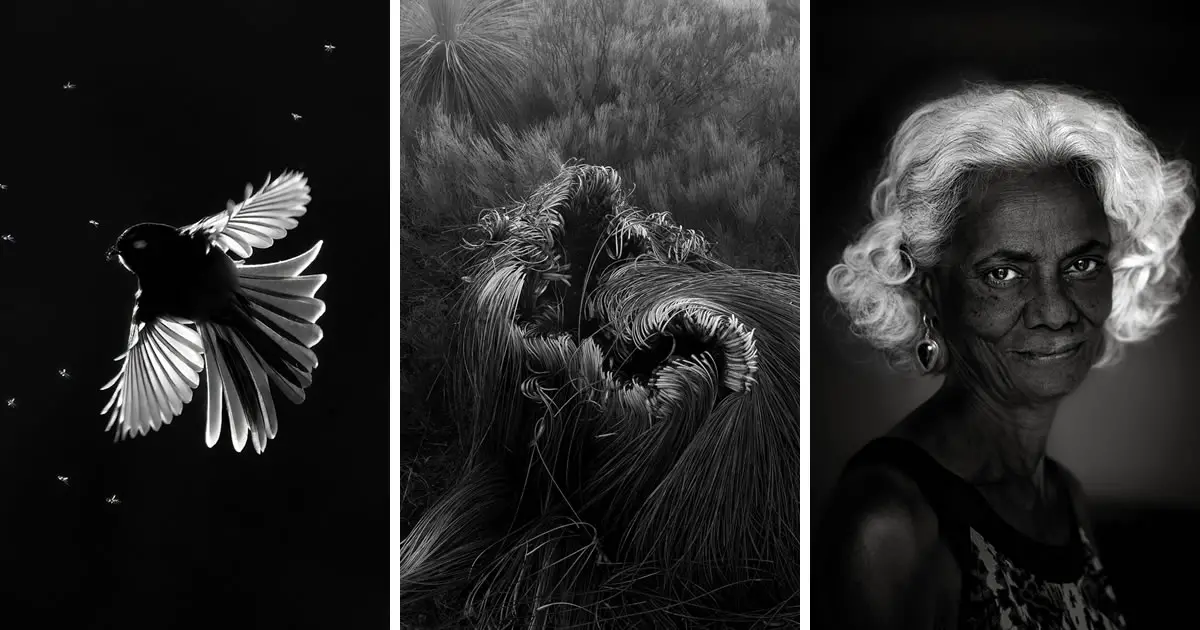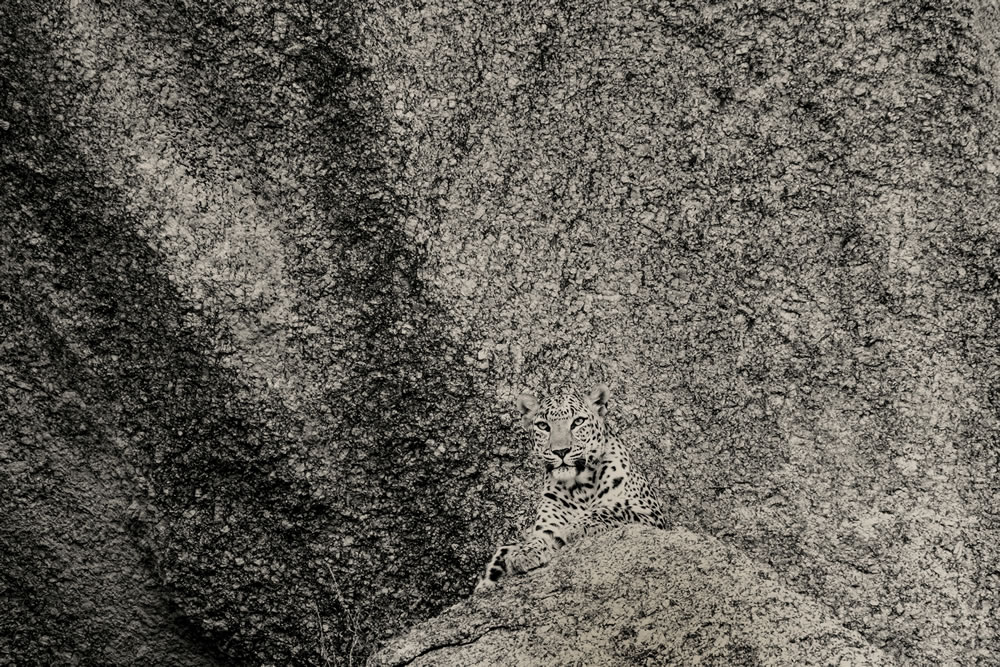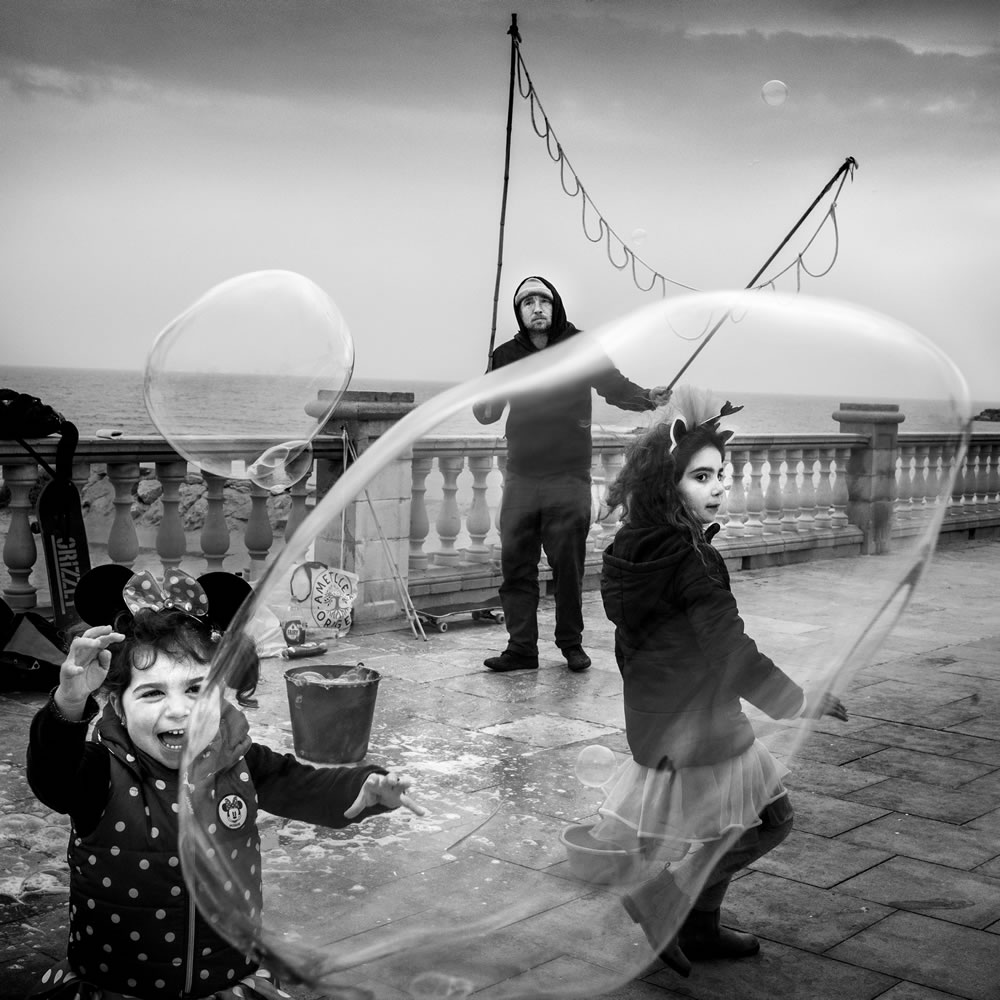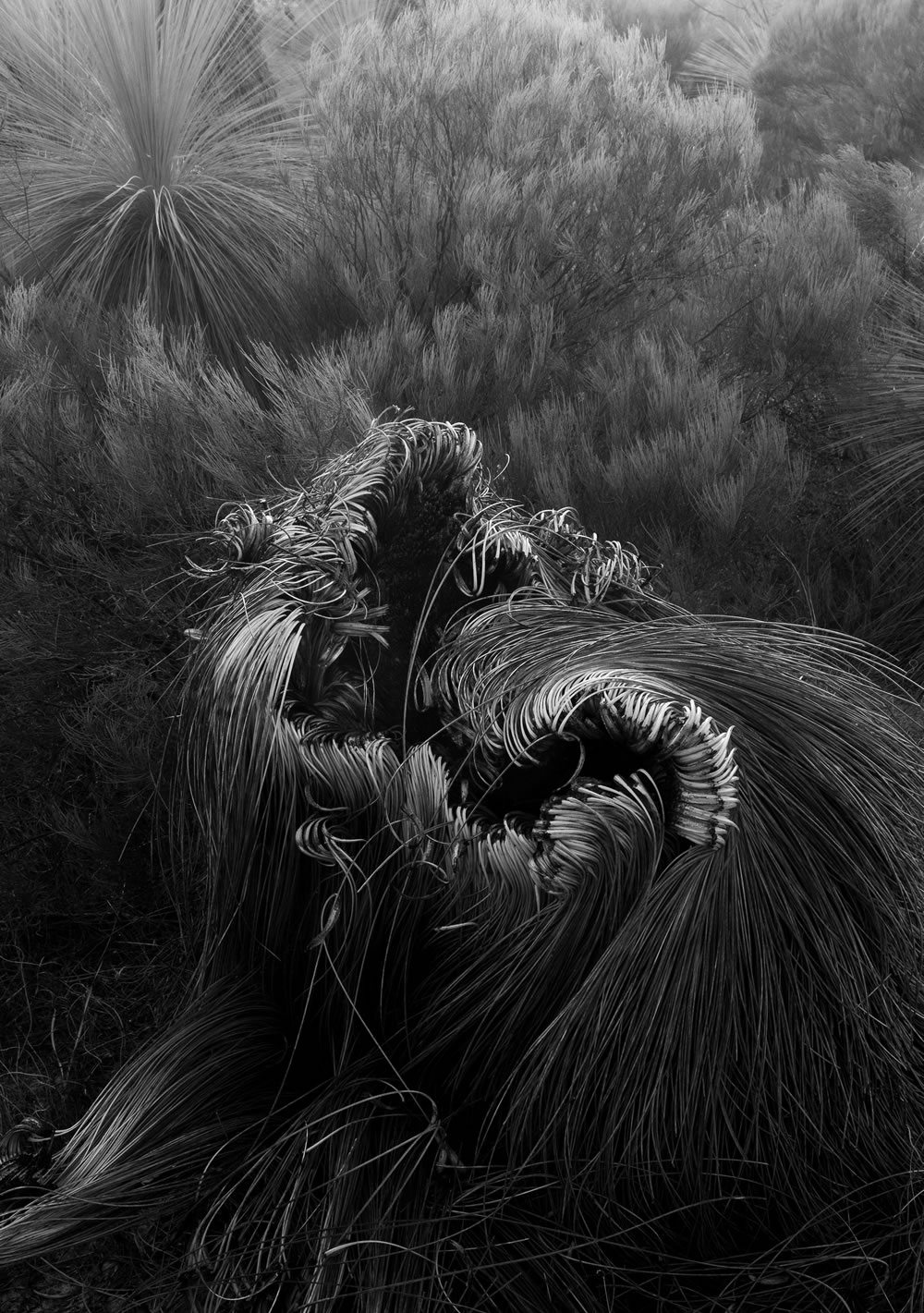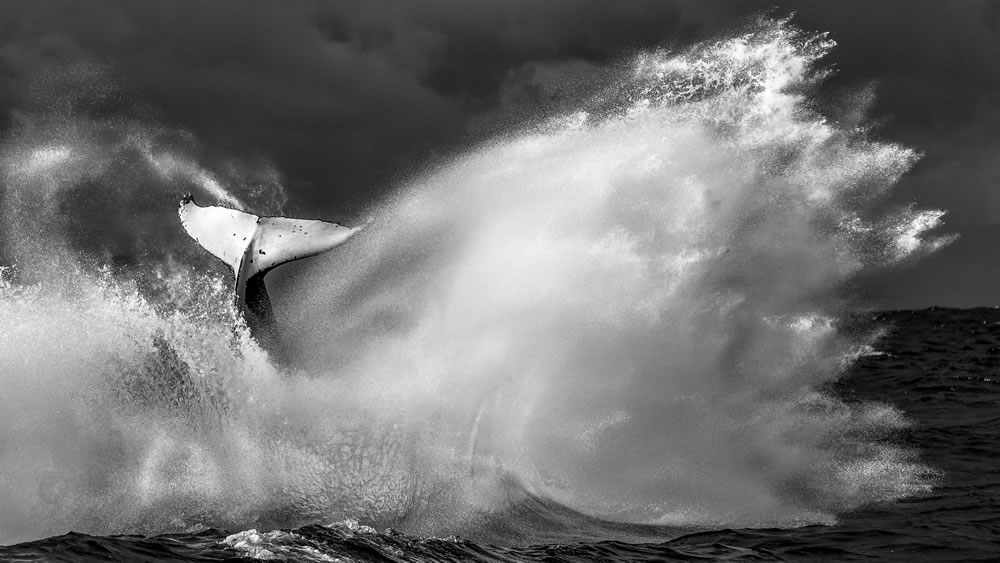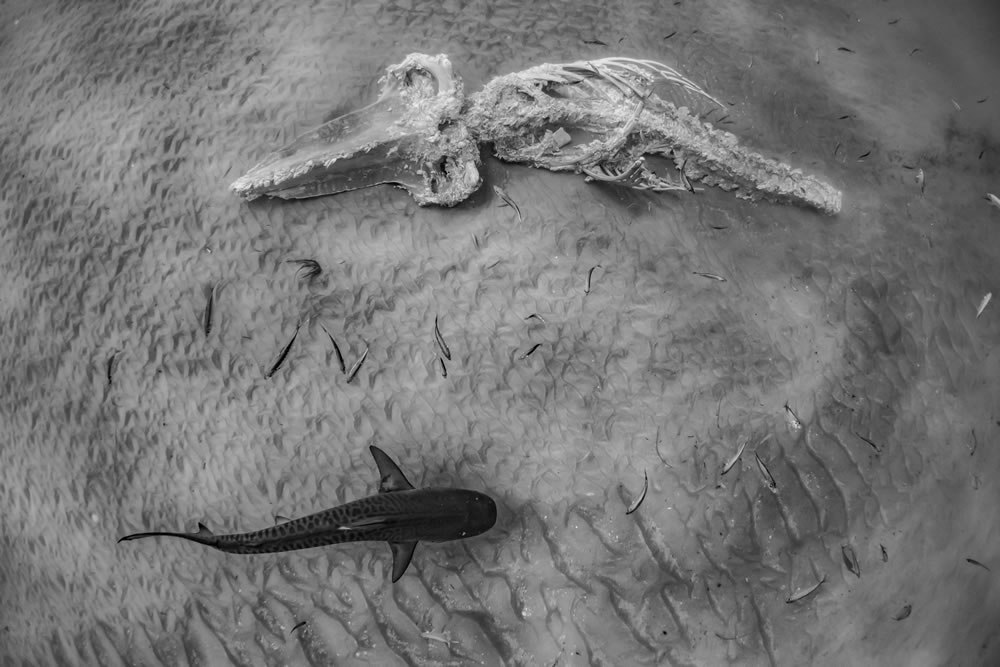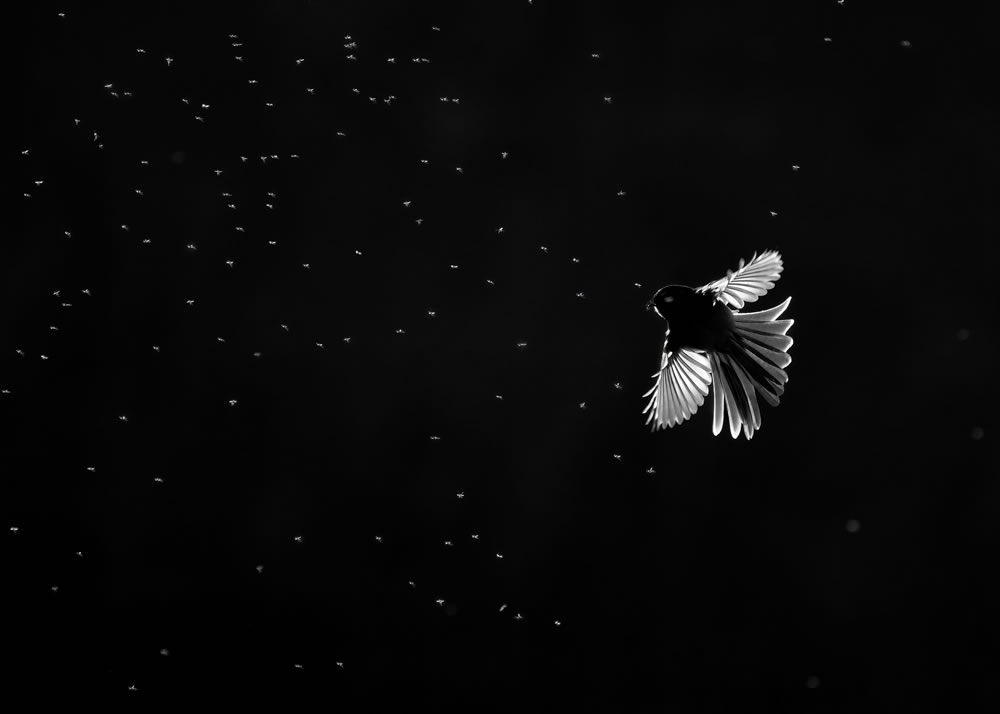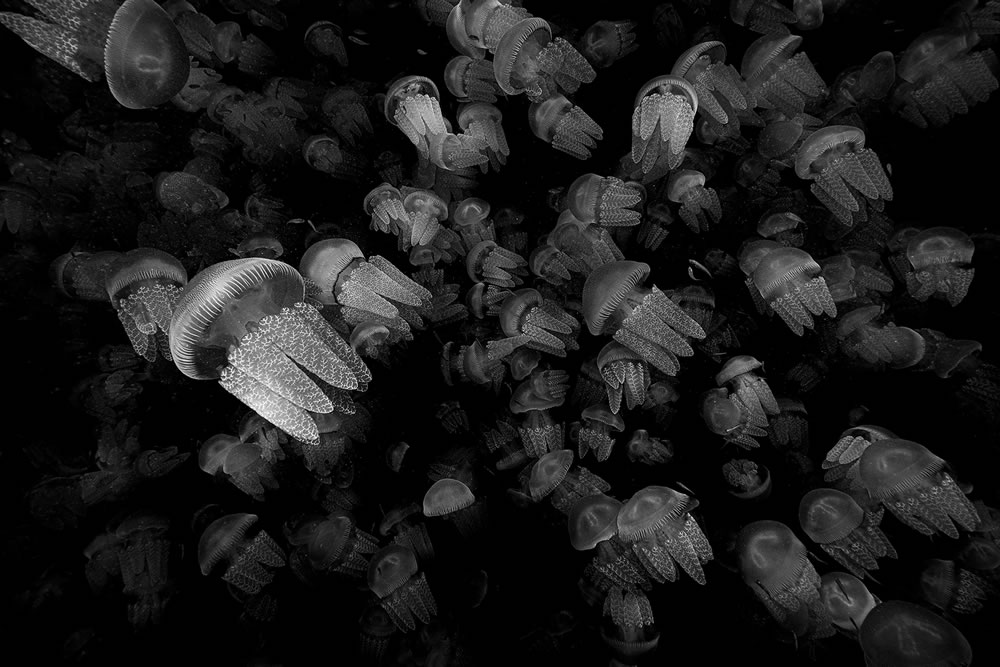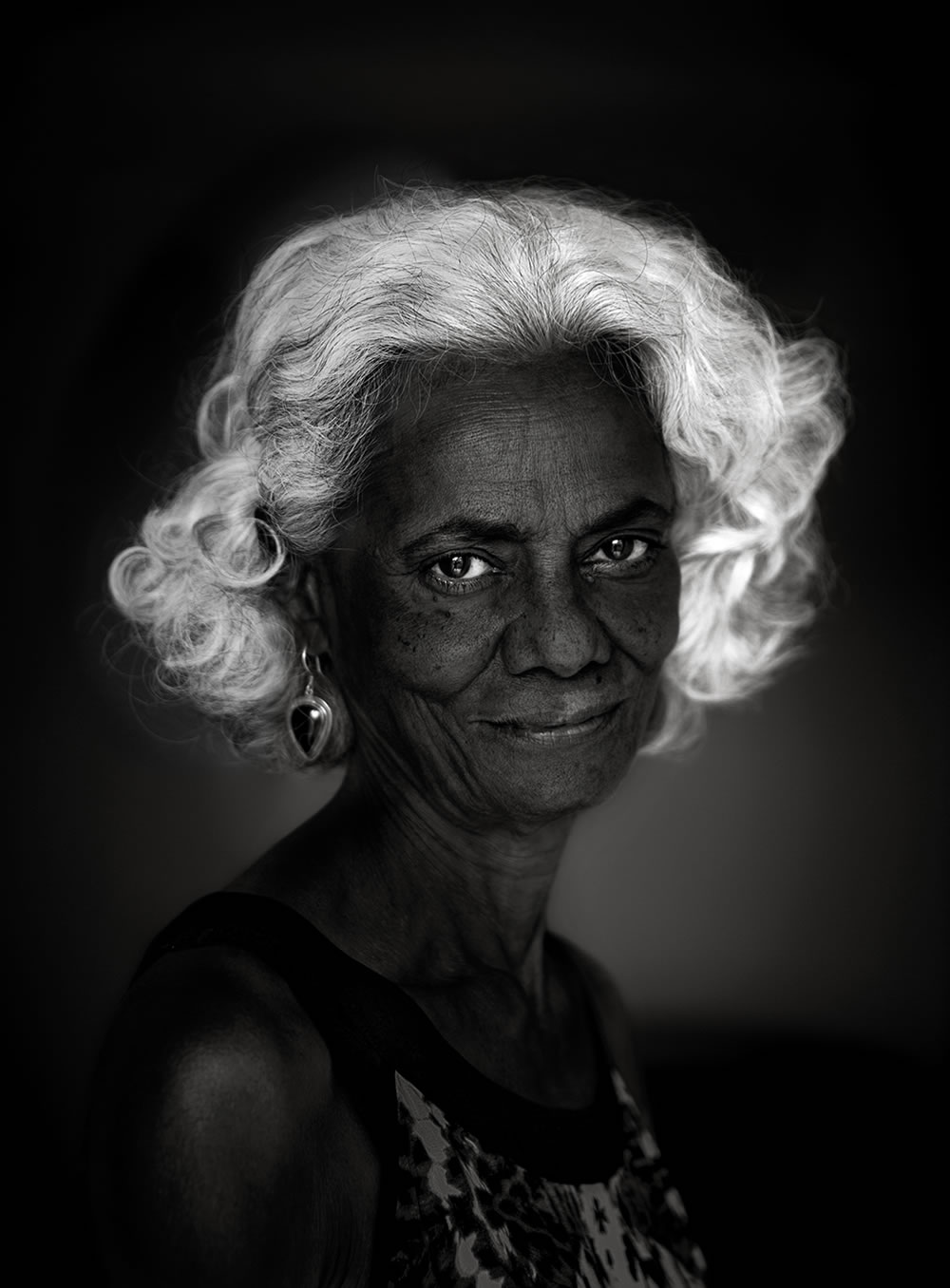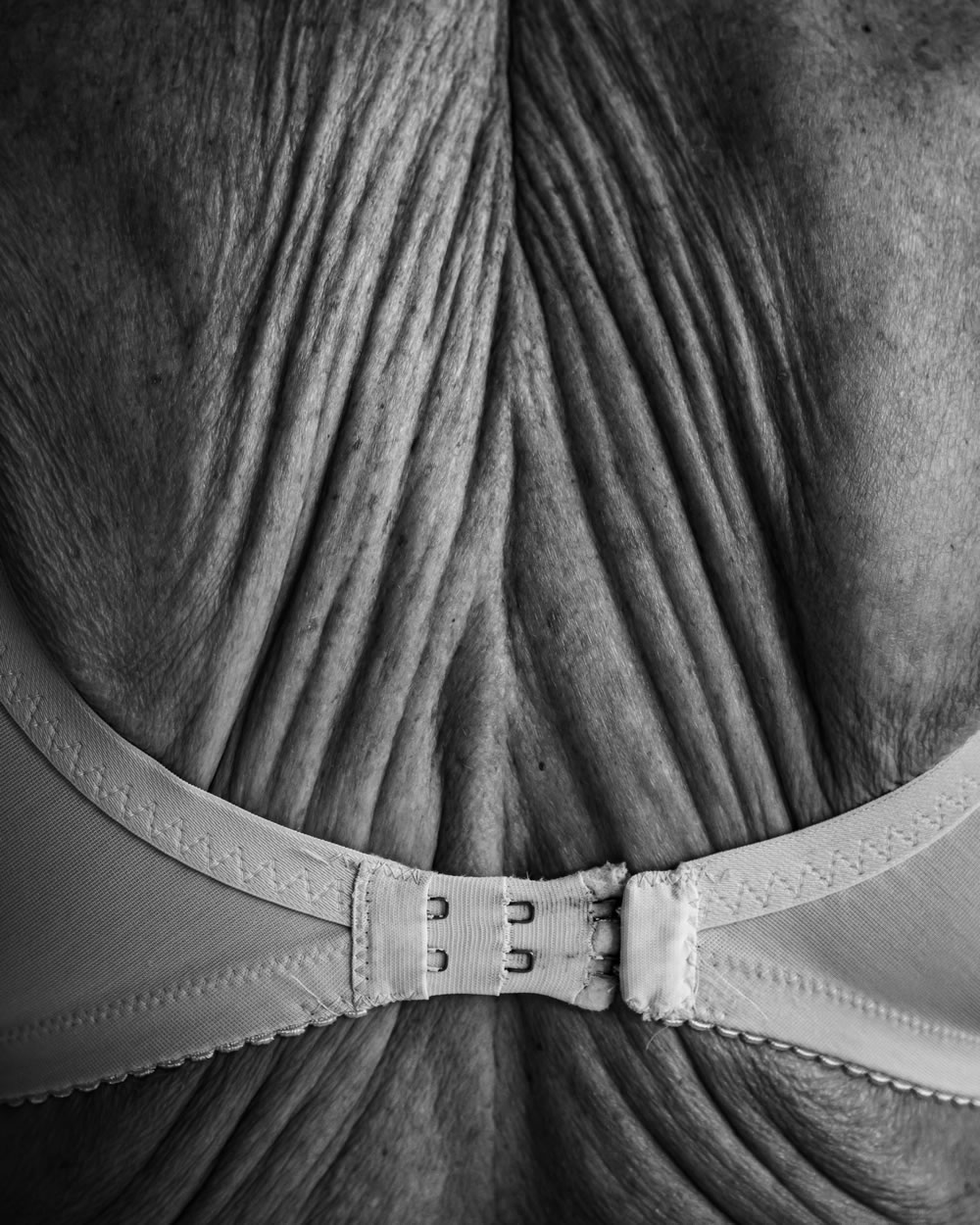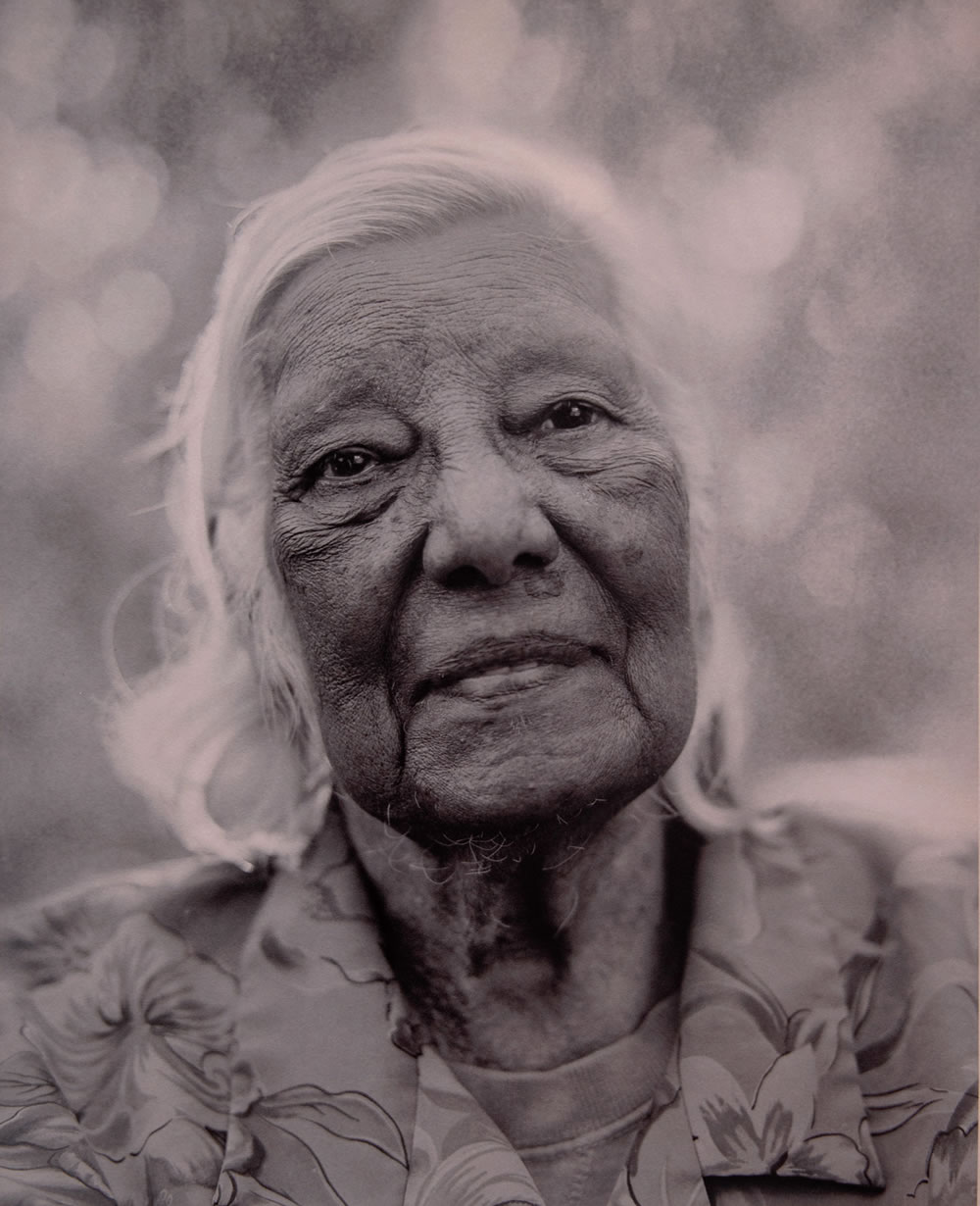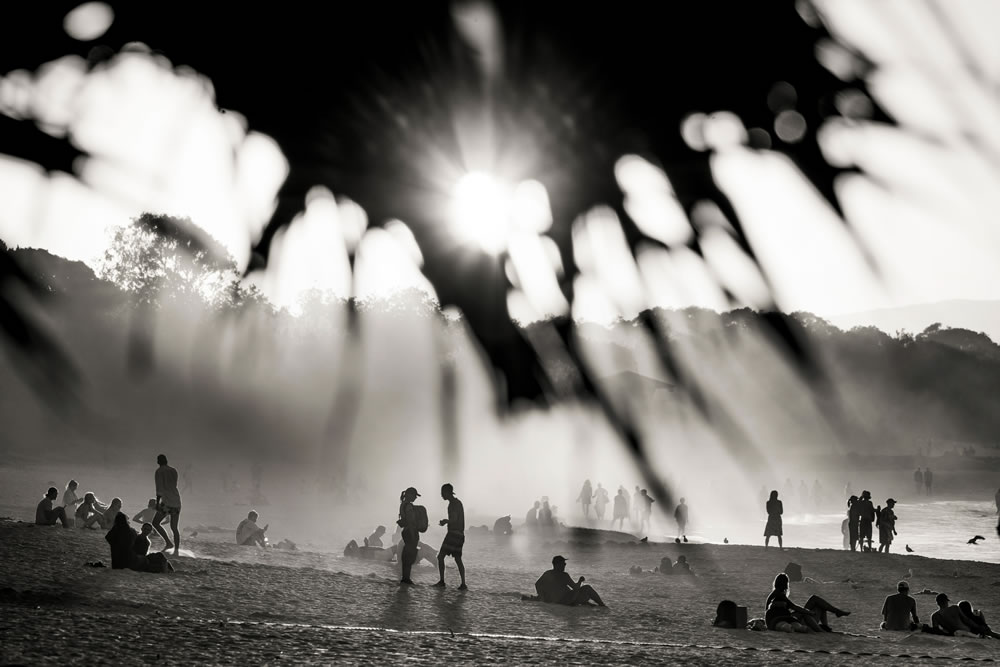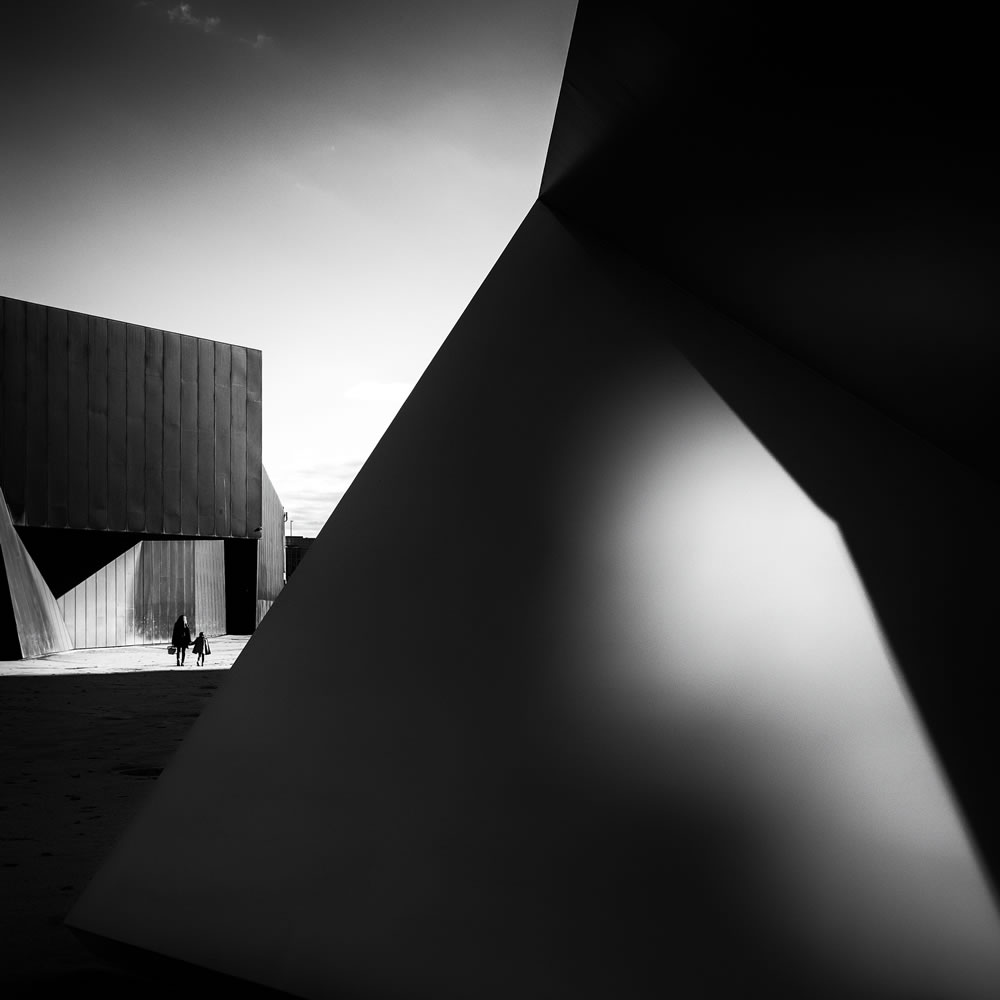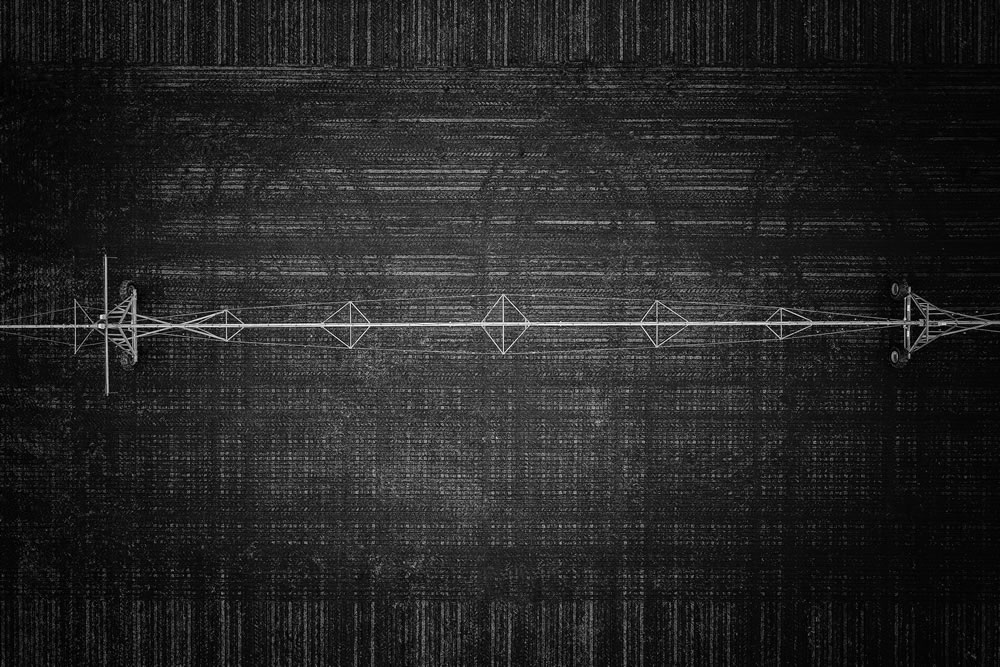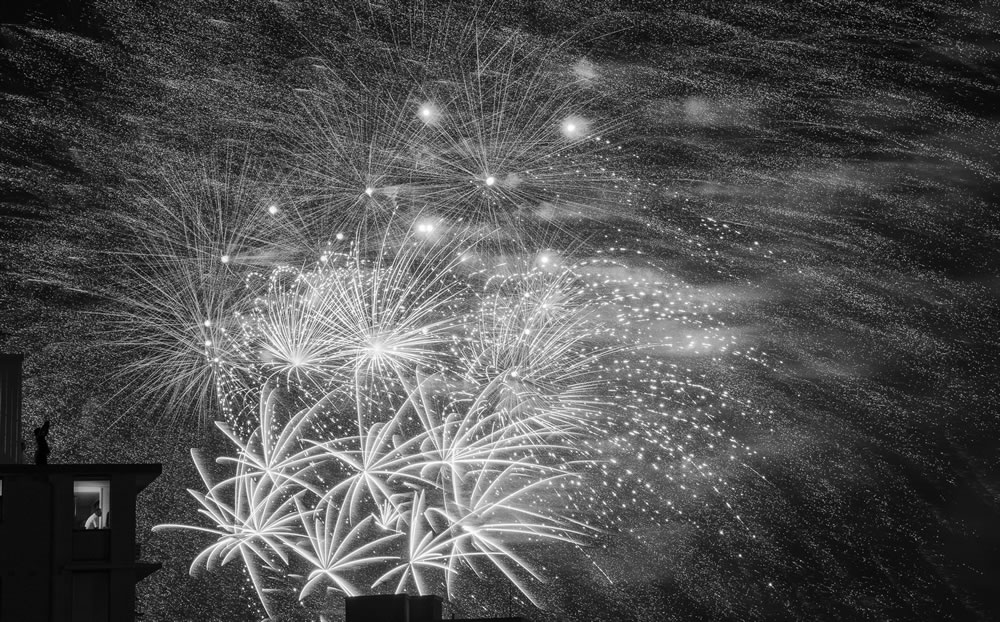[ad_1]
STATEN ISLAND, N.Y. — The Joan & Alan Bernikow JCC of Staten Island will be hosting a solo exhibit showcasing the work of award-winning photographer Irma Bohórquez-Geisler, PhD.
Beyond being an acclaimed photographer, Bohórquez-Geisler, is an educator, biologist, teaching artist, printmaker, professor, a cultural leader for Mexican-Americans on Staten Island, and the Founder, Artistic and Program Director of the annual Día de Muertos (Day of the Dead) festival on Staten Island.
Some of Dr. Bohórquez-Geisler’s latest work will be on display for all to see in the solo photography exhibit, Mexican Heritage. The showcase features a carefully curated collection of thirty photographs, rendered in both black-and-white and color. The array of images are drawn from her ongoing photo documentary series of the local Mexican immigrant community, Simple Moments of an Emerging Presence.

Image by photographer Irma Bohórquez-Geisler for the solo photography exhibit, Mexican Heritage, on display at the Bernikow JCC.
“I just started taking photographs of the Mexican community and I see the photographs, and I realized that by showing the photographs, people will understand who we are, but also the Mexican people will have a sense of pride and self-esteem in our traditions and culture,” Bohórquez-Geisler said. “When I have photos in the community, people that didn’t know anything about the Mexican community will have the opportunity to understand who resides here in Staten Island.”
Each individual image offers a glimpse into the everyday lives of the local Mexican community. The photographs depict cultural traditions, and occasions that hold significance to those subjects captured in the photographs.
“By doing this, it has been positive for the general community to see who we (the local Mexican community) are, and to see that not only come here to live, but also we have a culture, we have traditions, we have a lot to share,” Bohórquez-Geisler said.

Image by photographer Irma Bohórquez-Geisler for the solo photography exhibit, Mexican Heritage, on display at the Bernikow JCC.
The photo exhibit is free to all and will be on display from Sept. 11 – Oct. 31, 2023. The photos will be available for viewing in Murray Berman Art Gallery, on the second floor of the Bernikow JCC. The gallery will be open the following hours:
- Monday – Thursday: 6 a.m. – 9 p.m.
- Friday: 6 a.m. – 7 p.m.
- Saturday/Sunday: 7 a.m. – 4 p.m.
An opening reception will be held on Thursday, Sept. 21, from 5:30 p.m. – 7:30 p.m.
This year, Staten Island Art presented Bohórquez-Geisler with the DCLA Art Fund Grant to further her work.

This file photo from 2018 shows Irma Bohorquez-Geisler capturing the moment at the 26th Dia de Muertos (Day of the Dead) Festival, held at Our Lady of Mt. Carmel-Benedicta School, West Brighton. (Staten Island Advance/Derek Alvez)
Bohórquez-Geisler’s contributions have garnered her numerous recognitions over the years. In 2011, she was honored with a Proclamation from the City of New York for her work on “Staten Island Women Who Preserve History.” Additionally, she was also presented with the Gabriela Mistral, Julia de Burgos, Frida Kahlo Award, a tribute to her efforts in preserving and promoting Mexican values and cultural heritage for younger generations in New York.
The work of Bohórquez-Geisler has been featured by The New York Times Lens Blog in 2016. That same year she represented Staten Island at the annual City’s Photoville Festival Battle of the Boroughs. In 2021, she was one of the City of York artists to receive the City Artist Corps award. In addition, a selection of her photographic documentary series was showcased in the exhibition ‘Migration Stories’ at Wilmer Gallery. Her ongoing photography series was exhibited at New York City’s Photoville Festival during its 10th anniversary, and she was also a part of the Photoville panel, ‘Youth Artist Exchange—Looking Outward on 2021.’ Most recently, she was part of the Staten Island Art and Artists Connected juried exhibition ‘Yes, And’ 2022-2023 at the Staten Island Museum. Her work was also published in the online magazine F-Stop Photography Collective Exhibition in 2023.

Images by photographer Irma Bohórquez-Geisler for the solo photography exhibit, Mexican Heritage, on display at the Bernikow JCC.
[ad_2]








